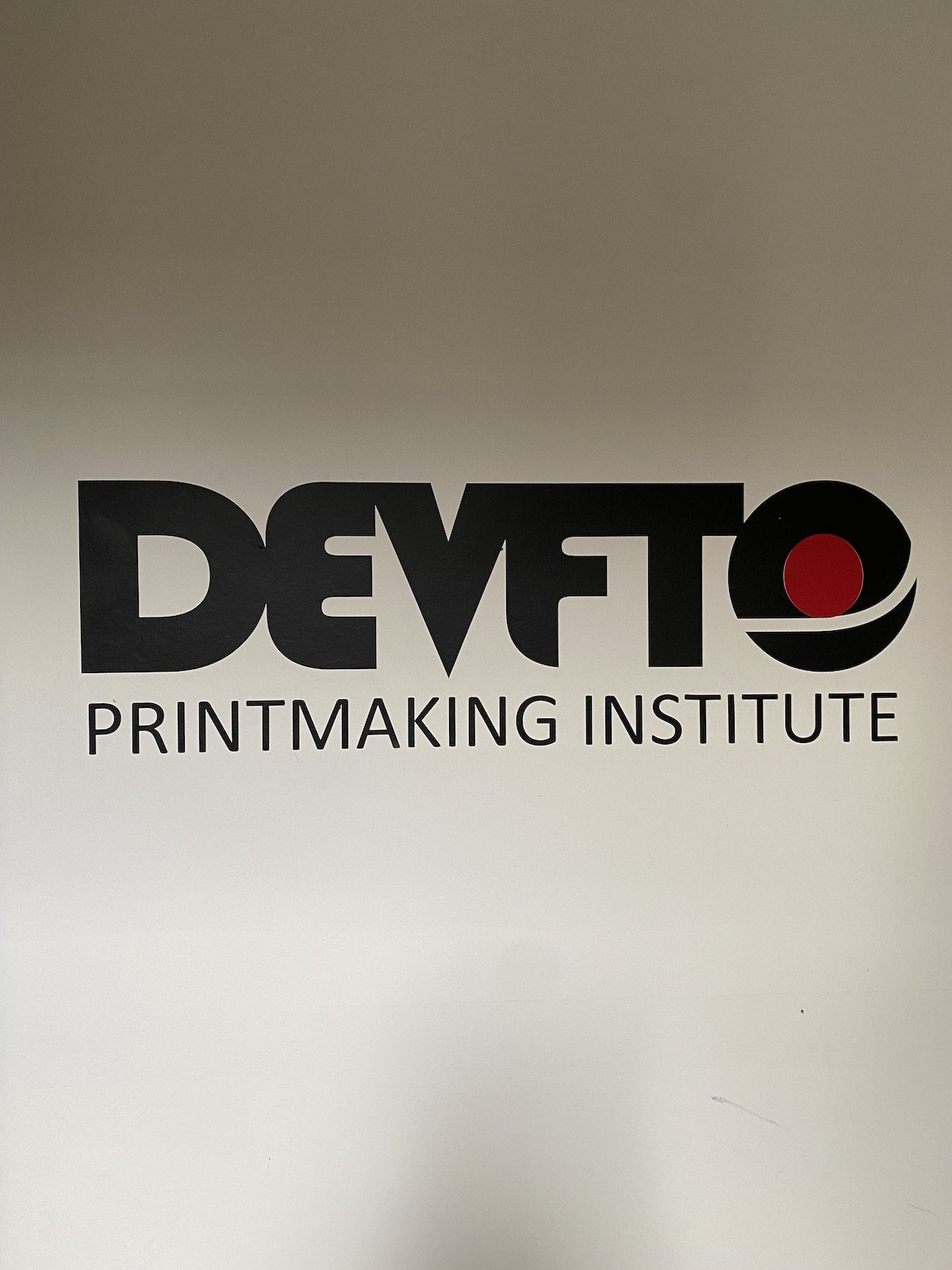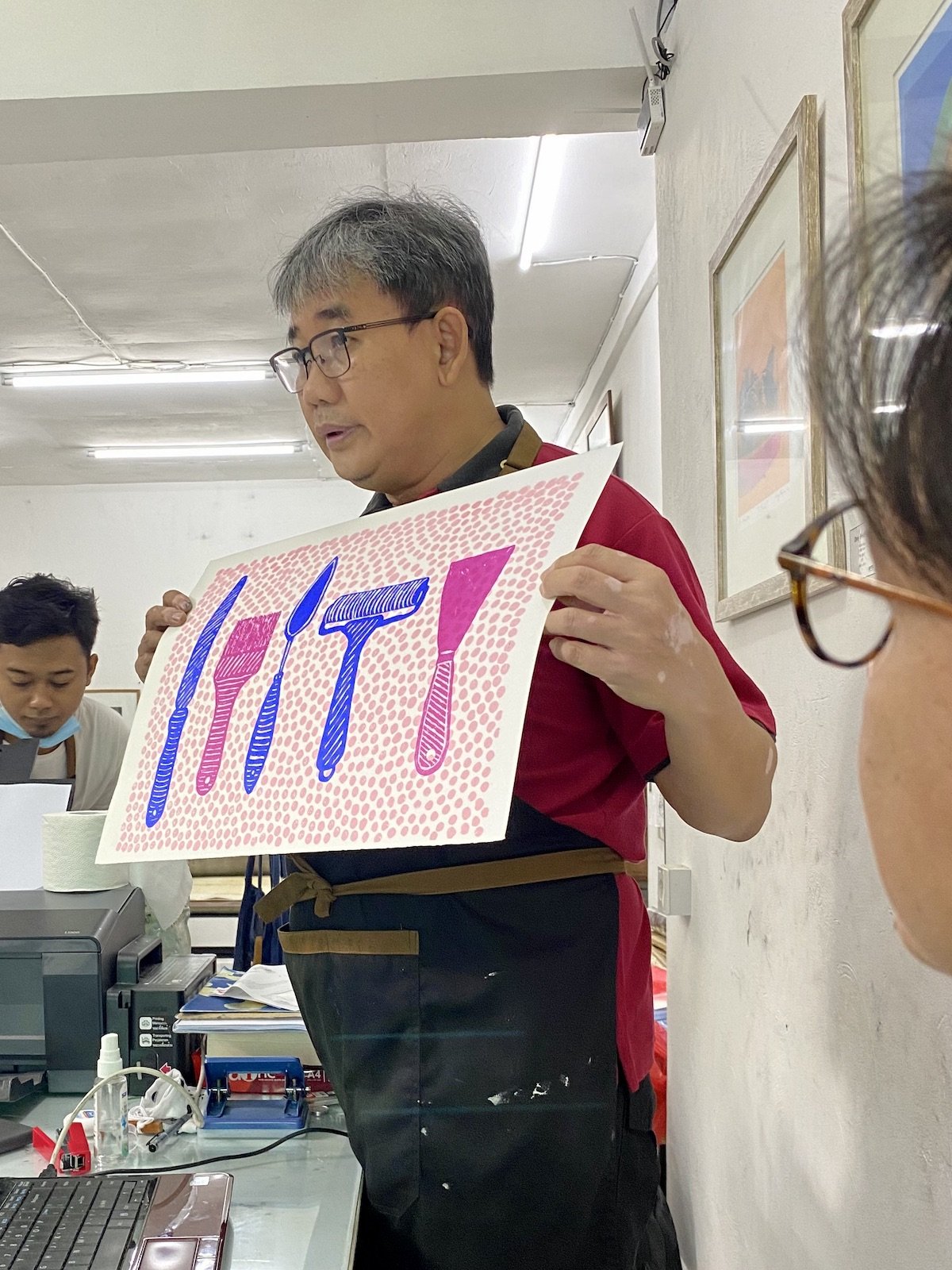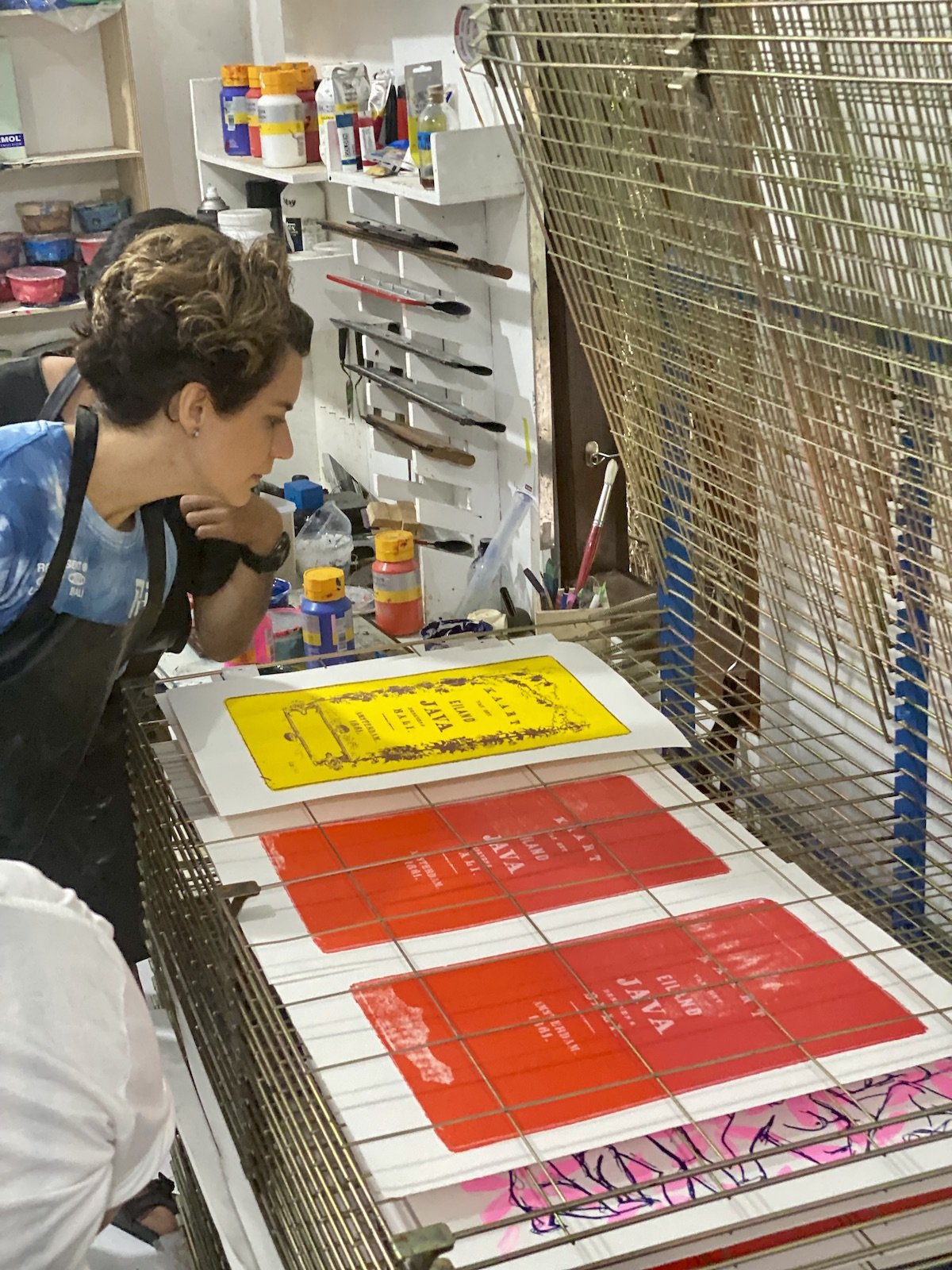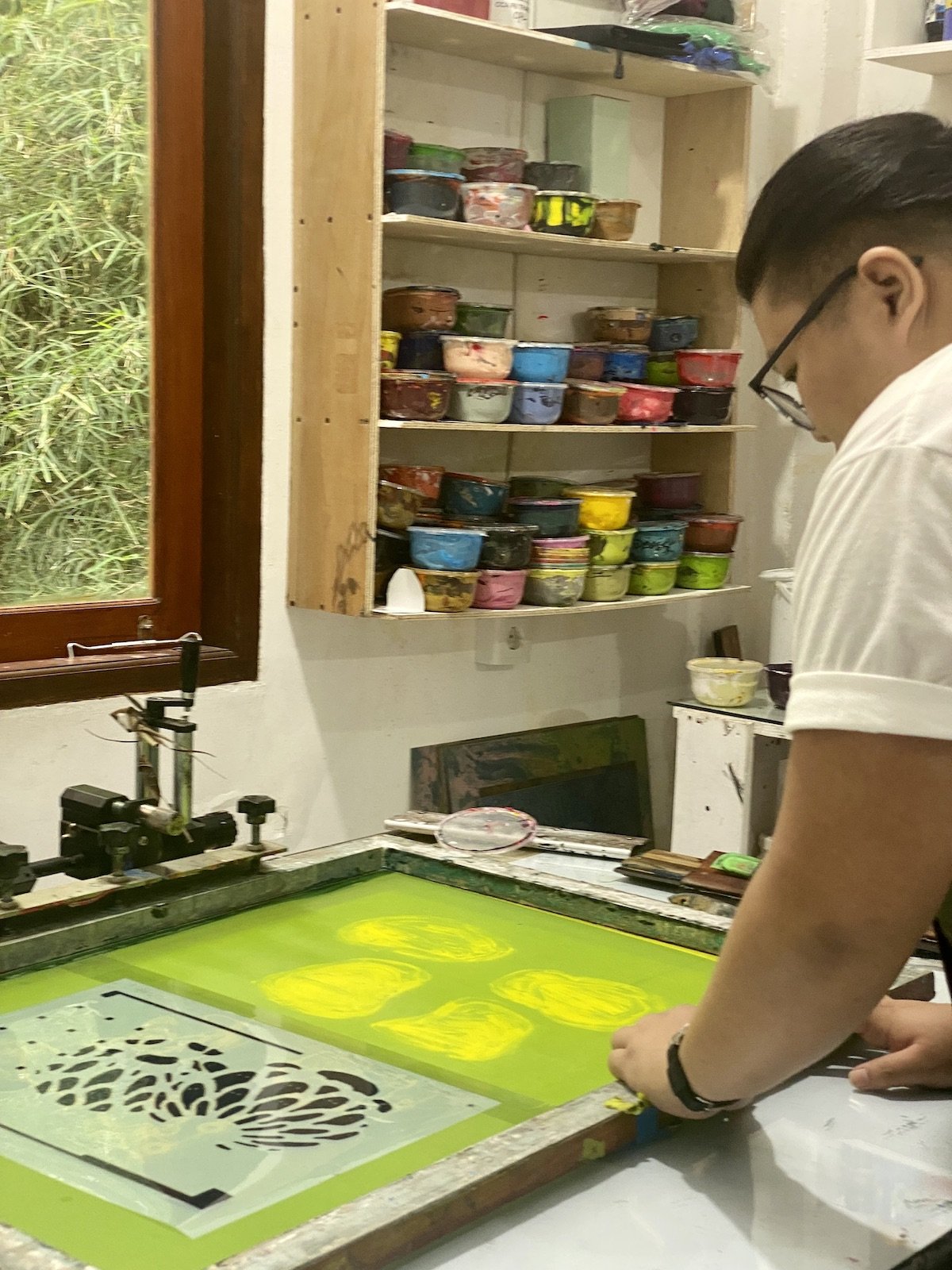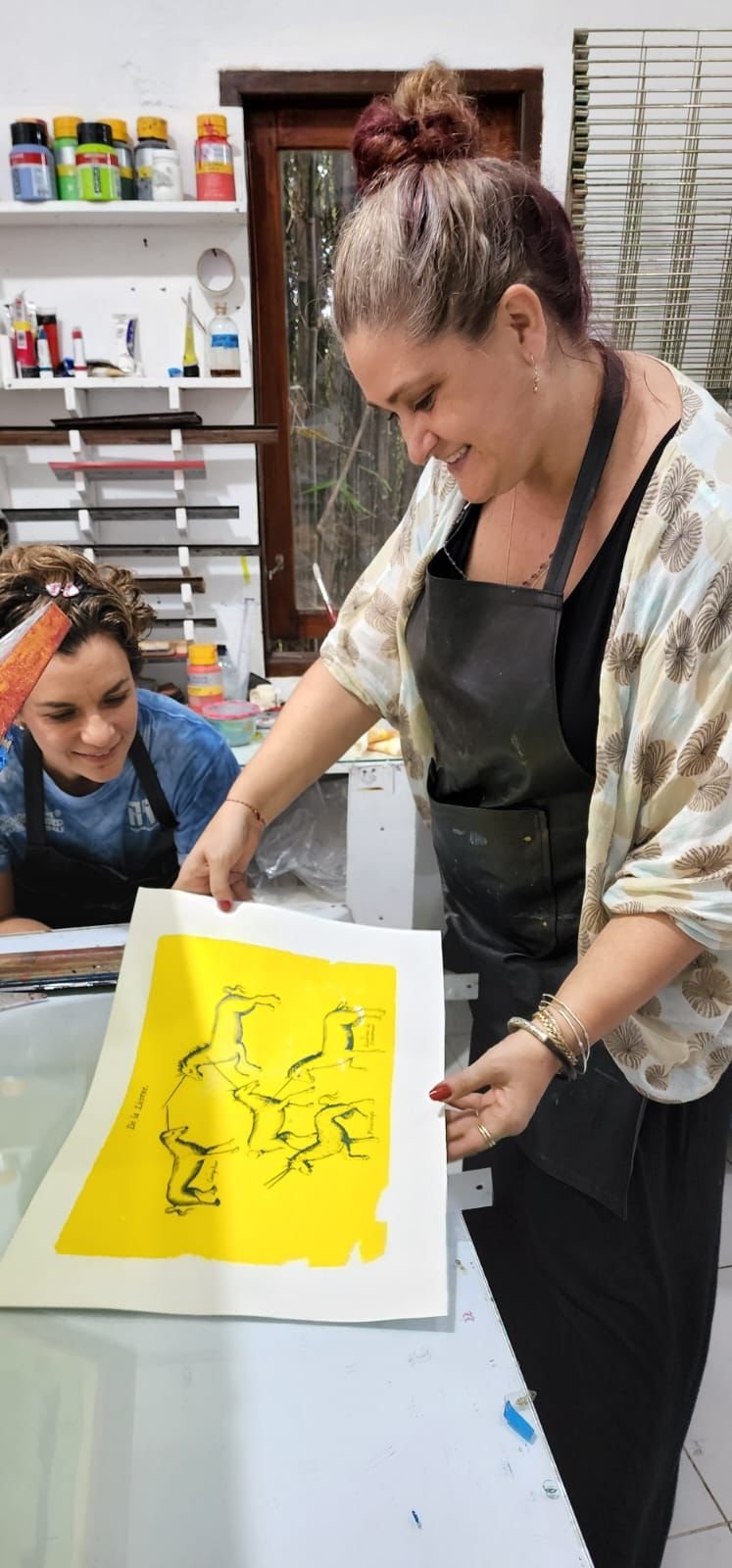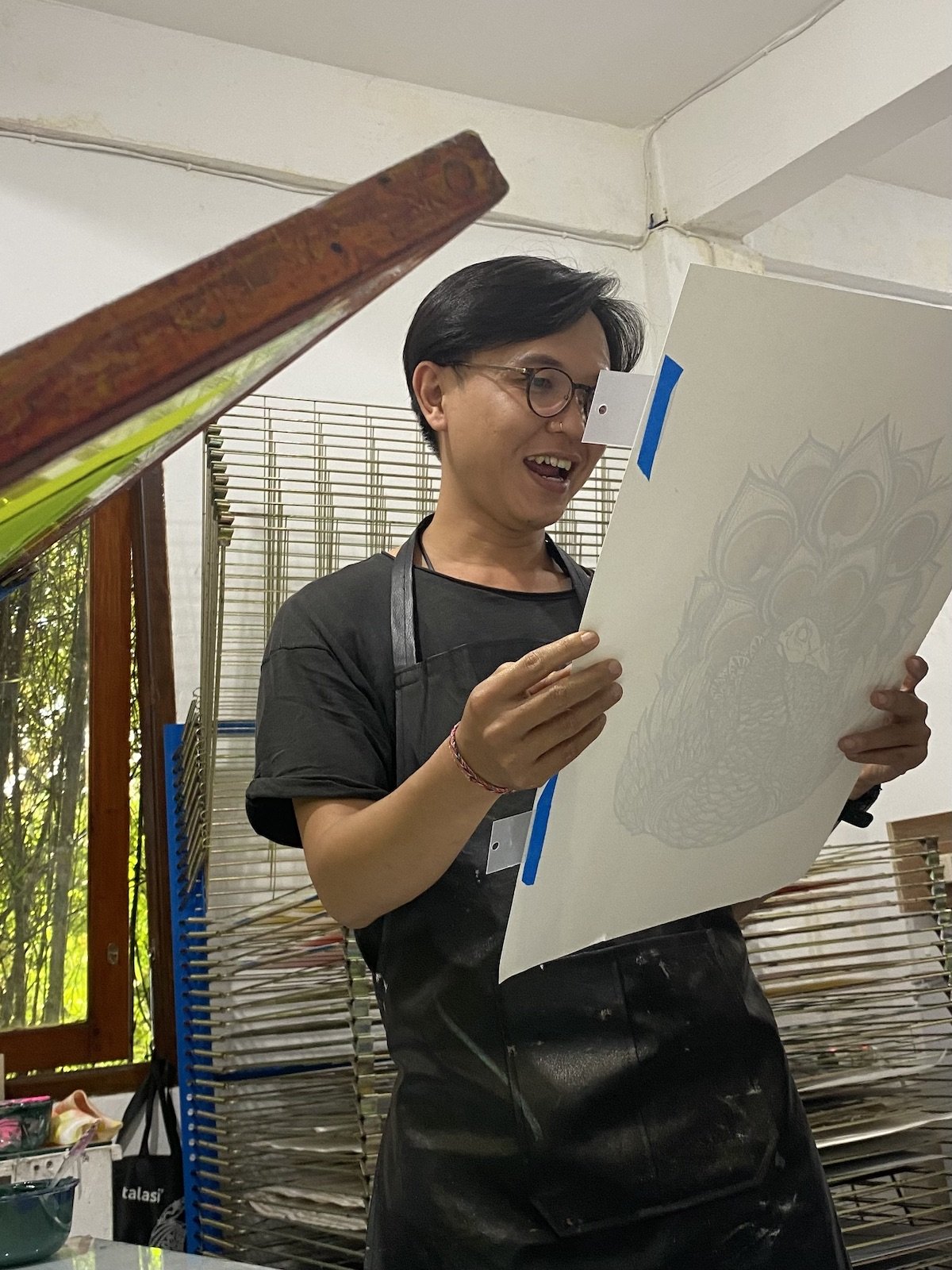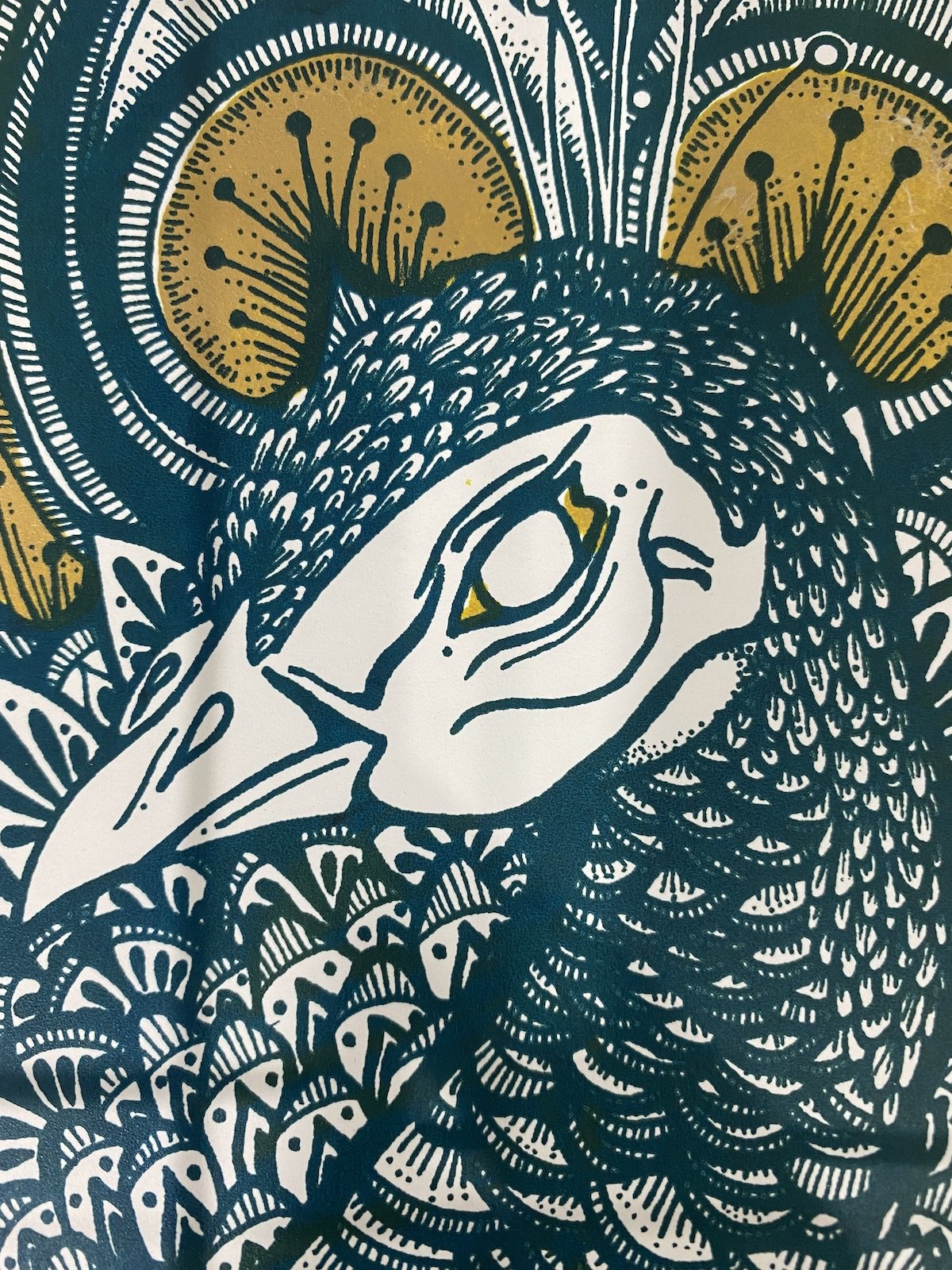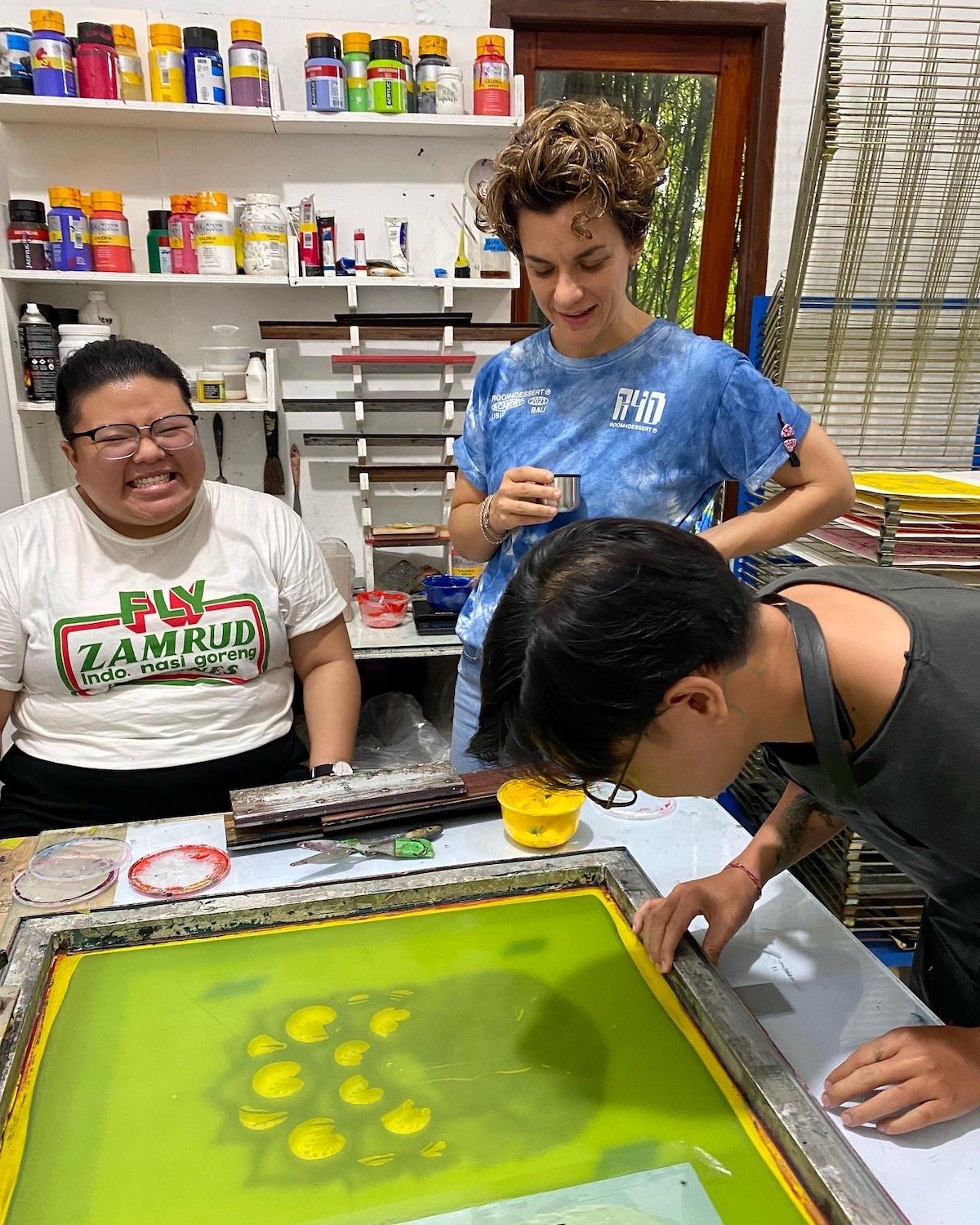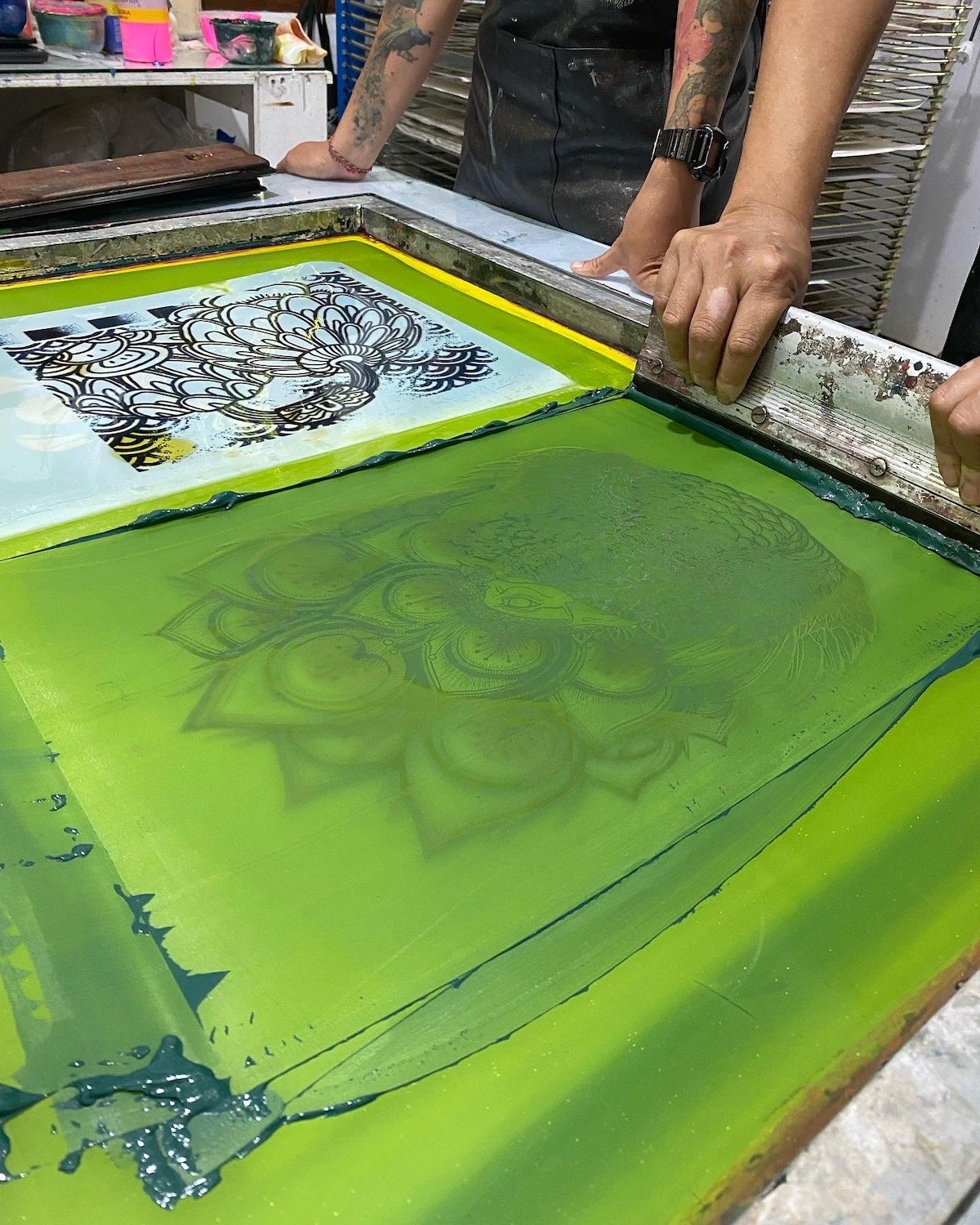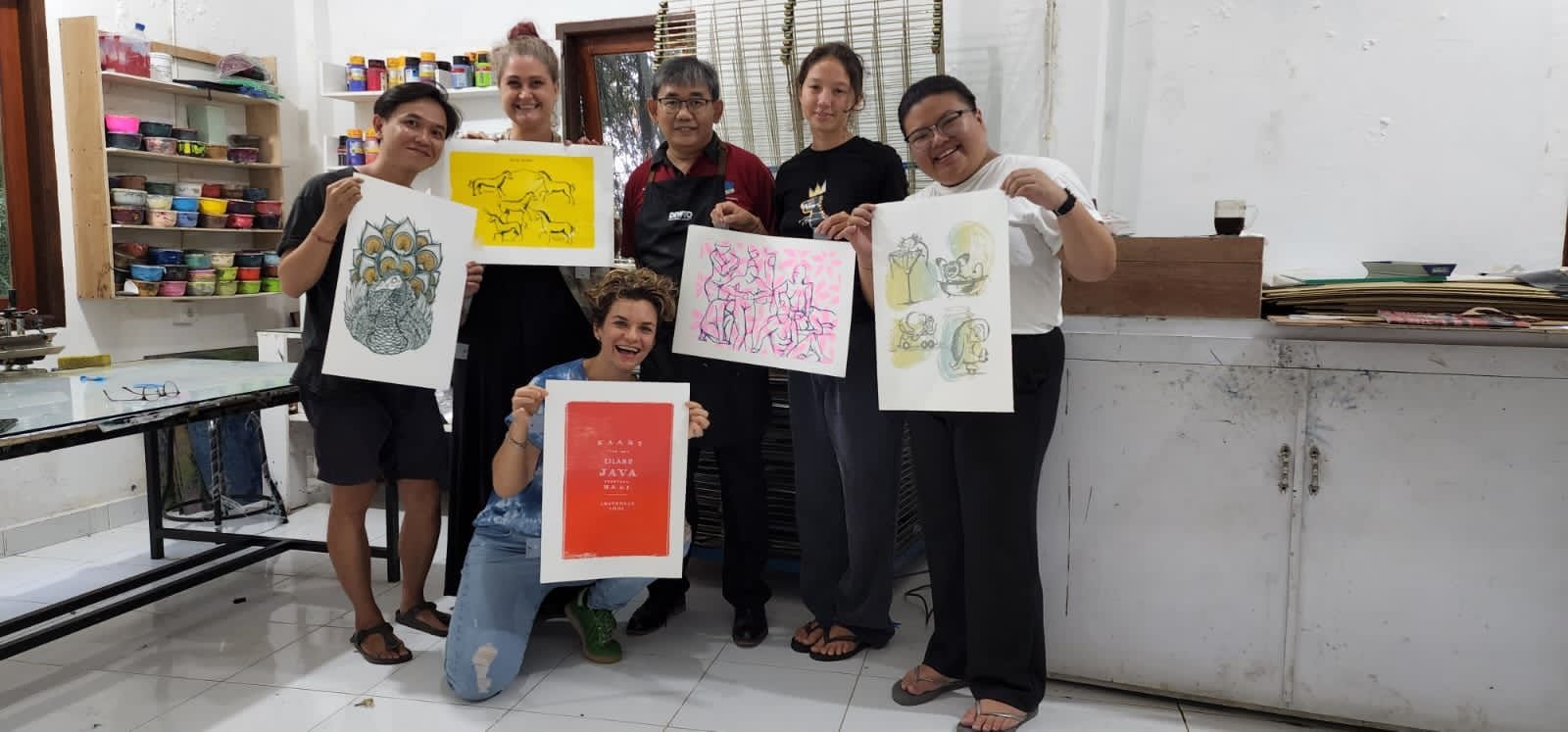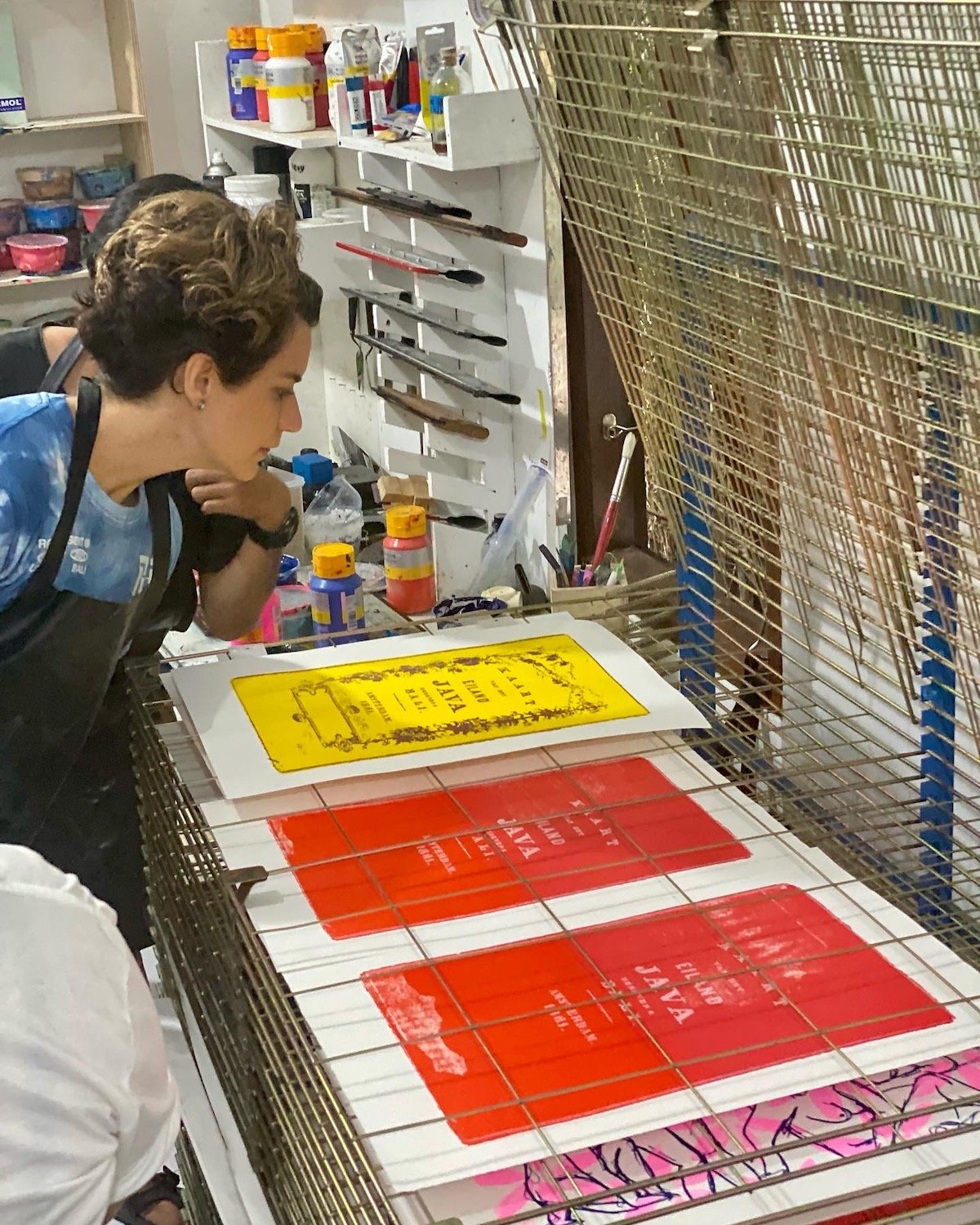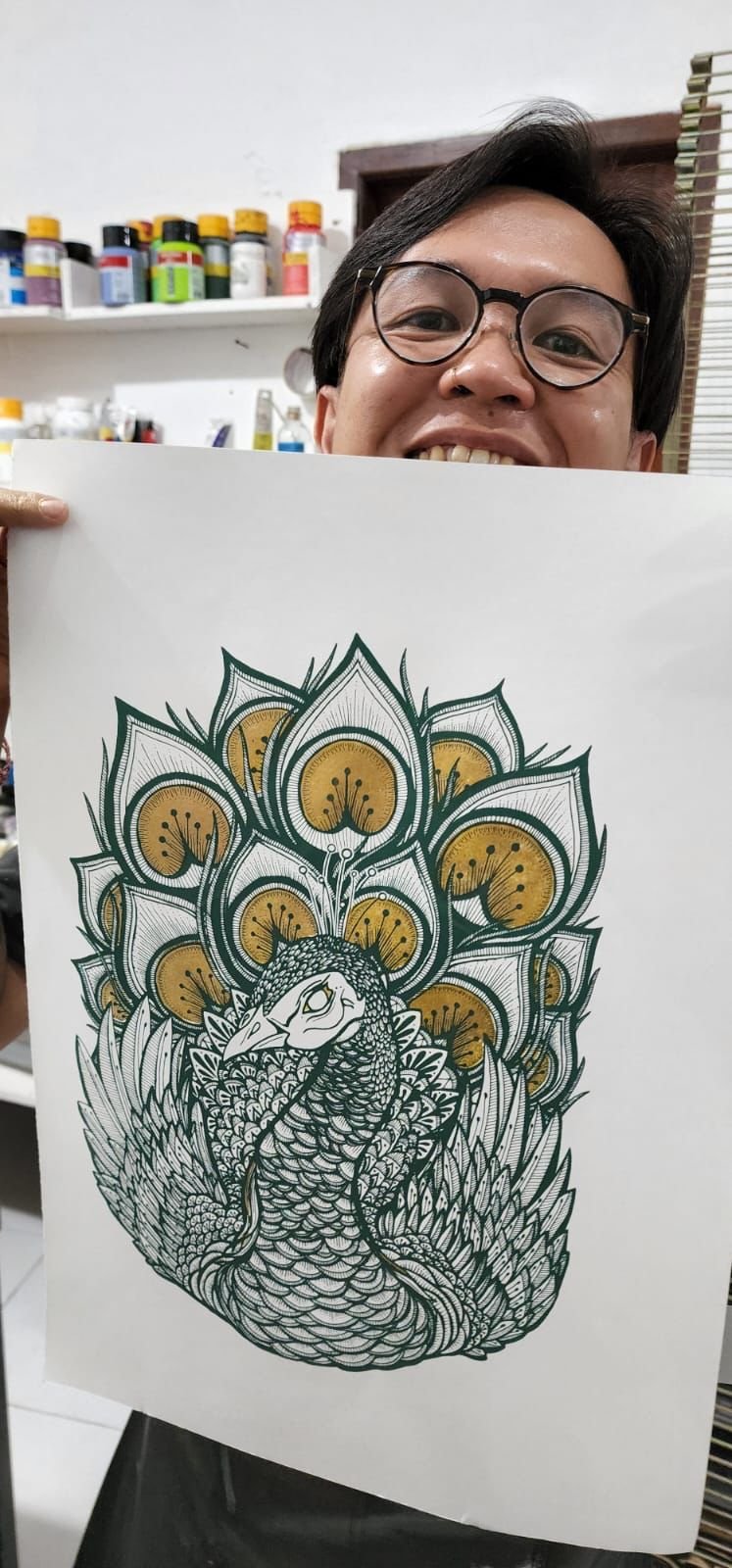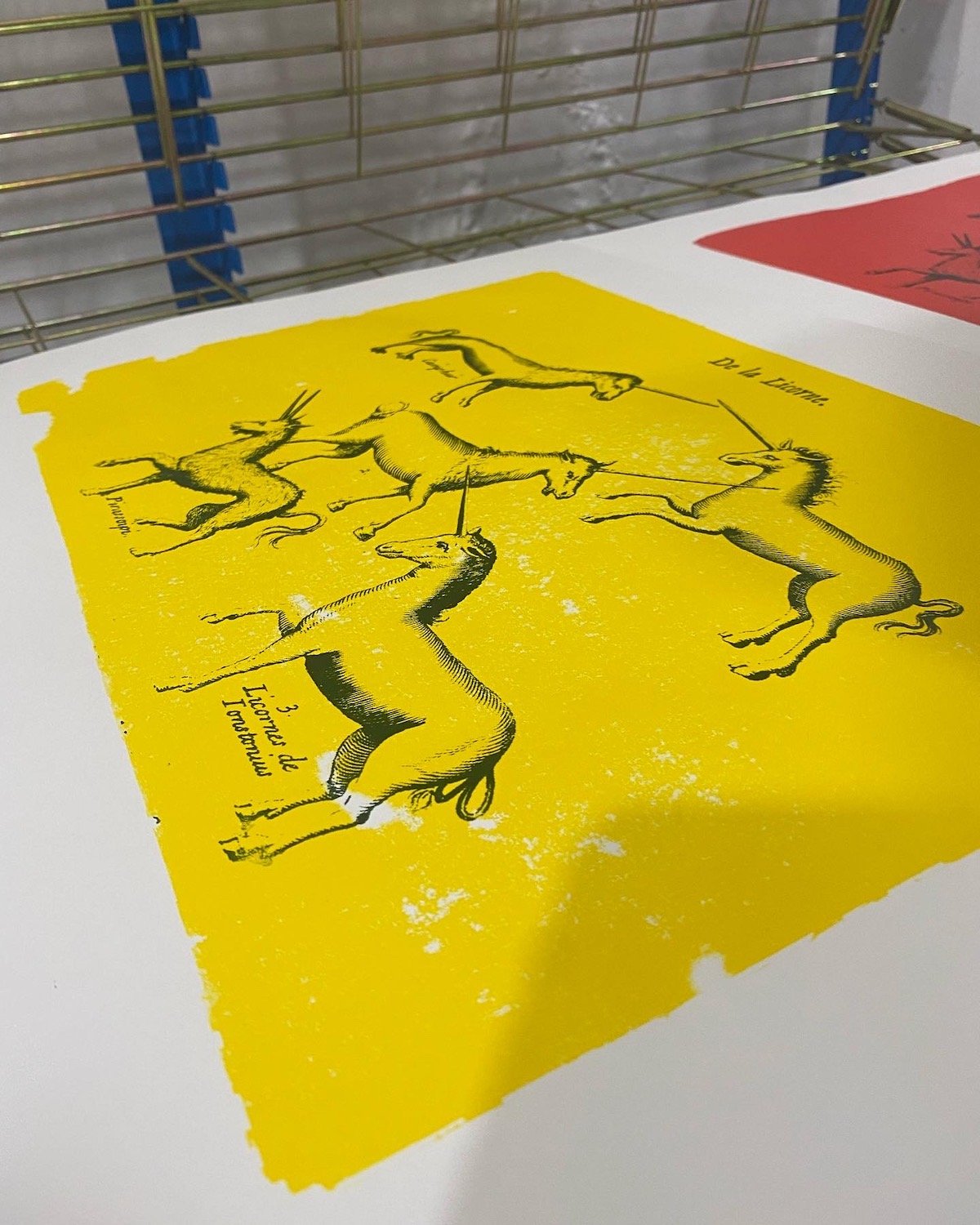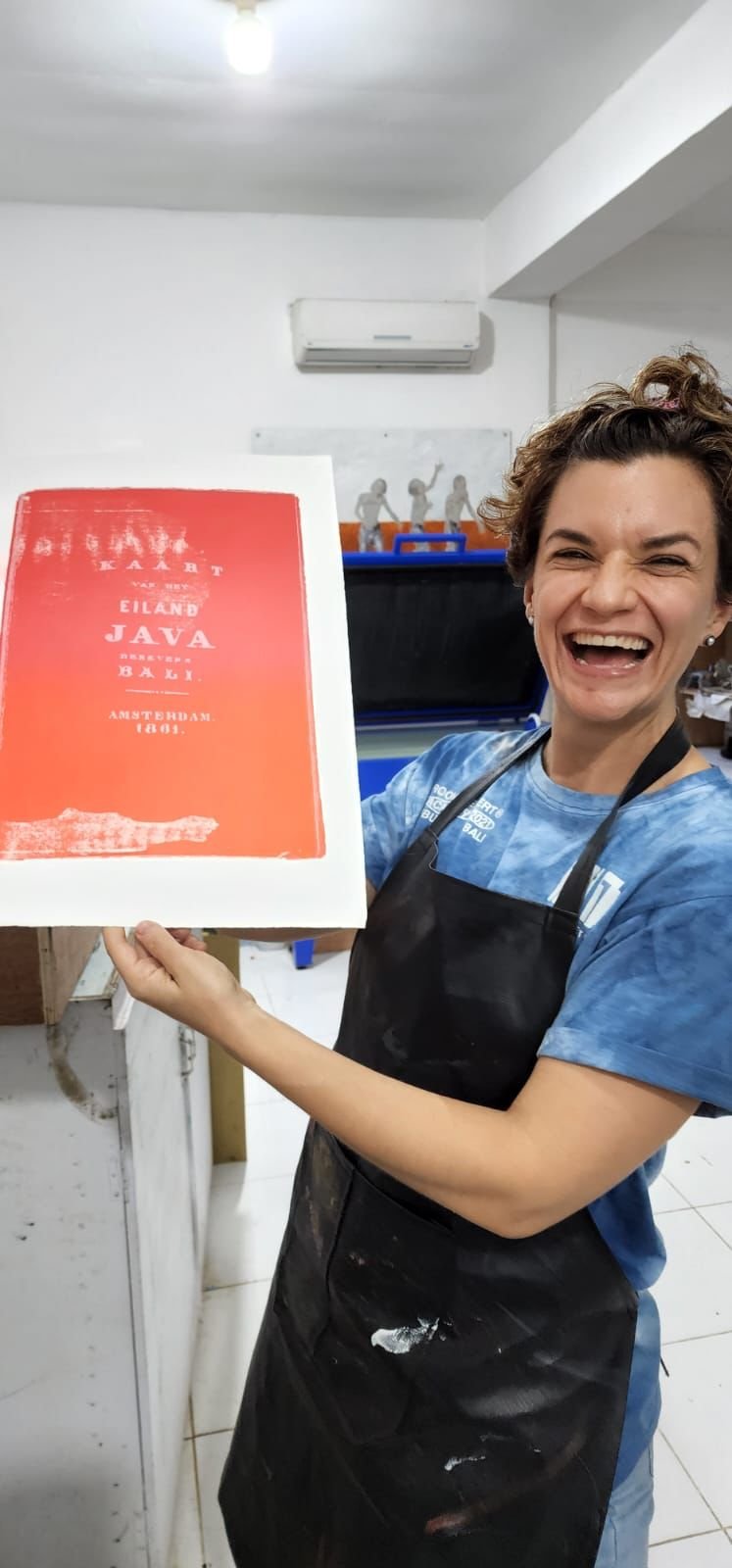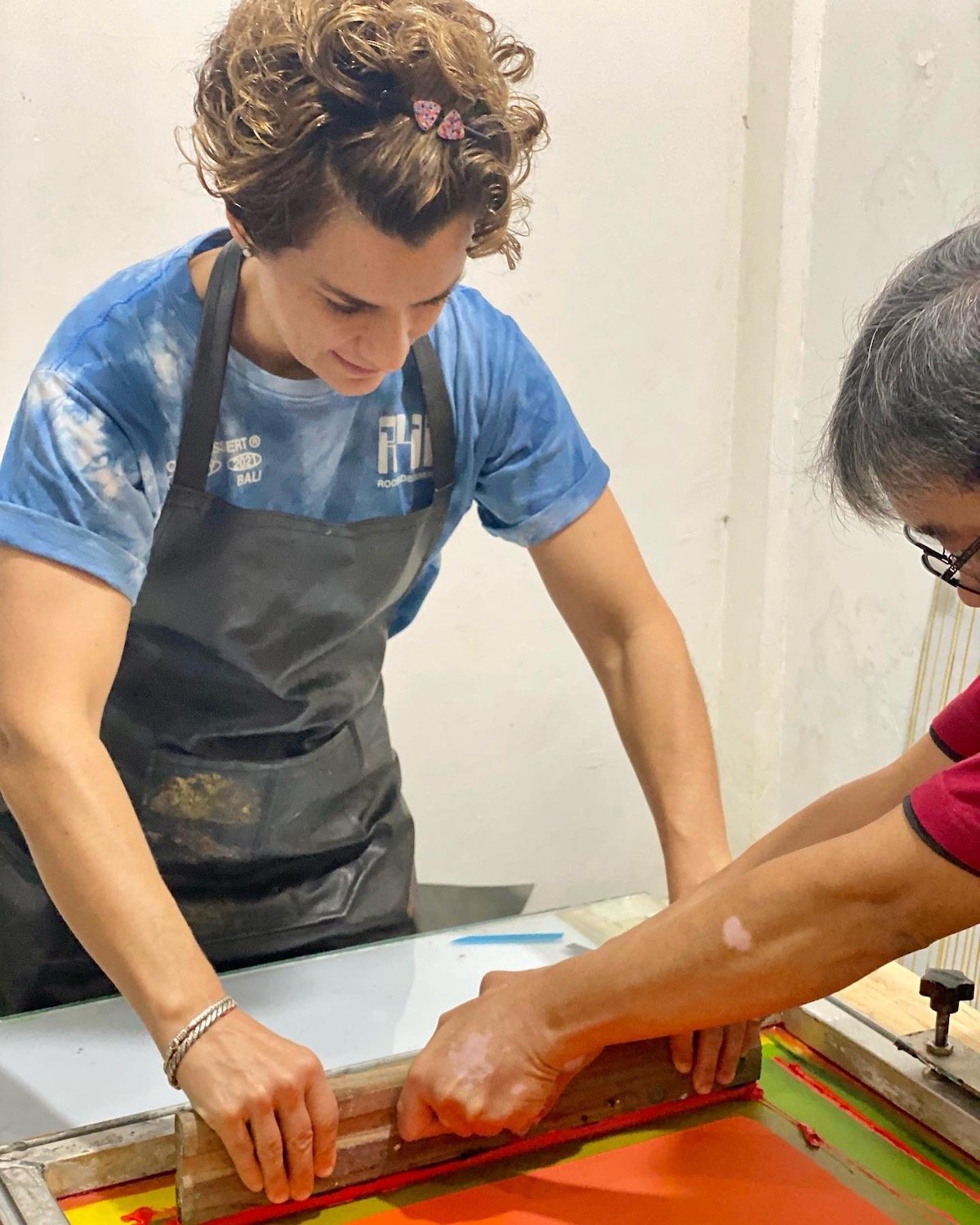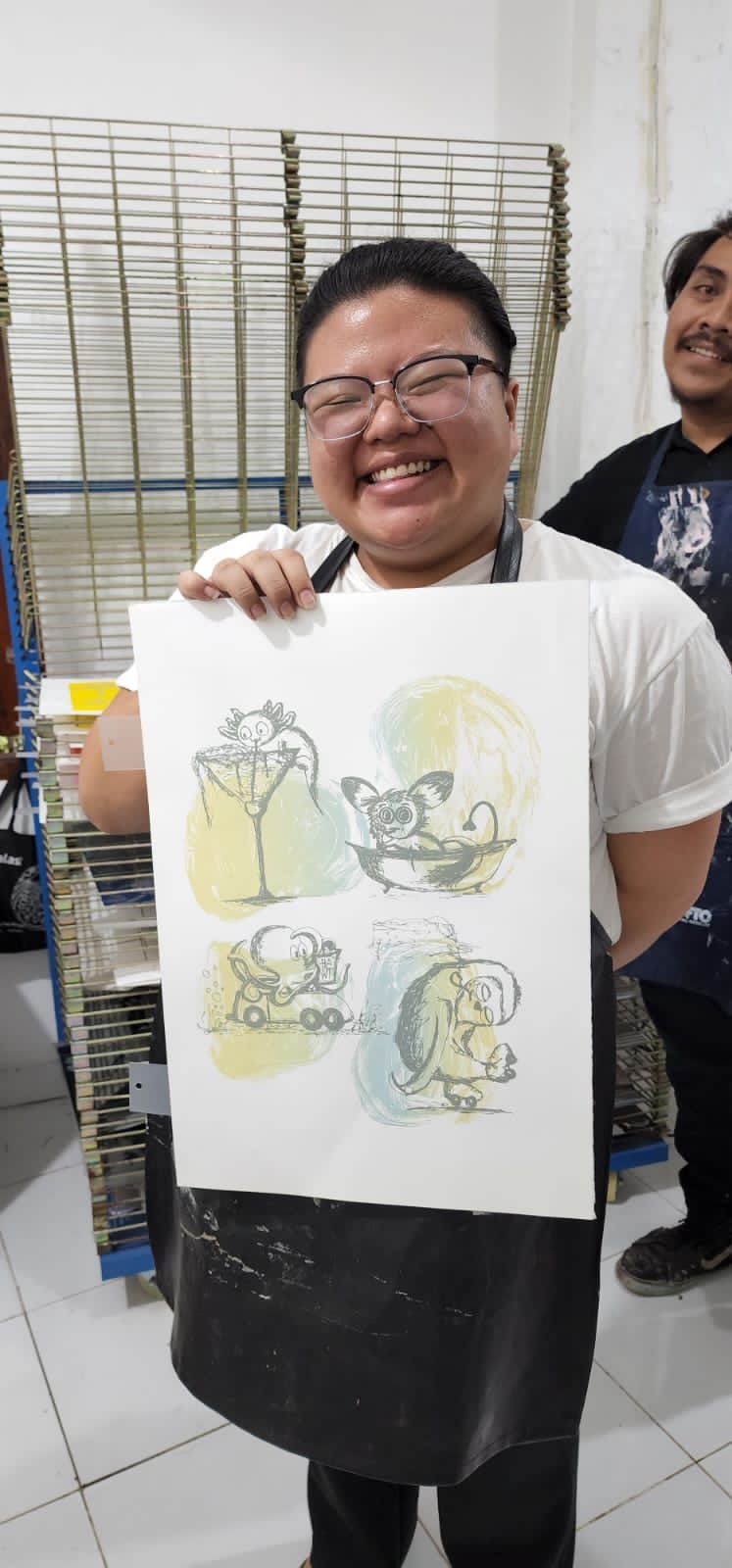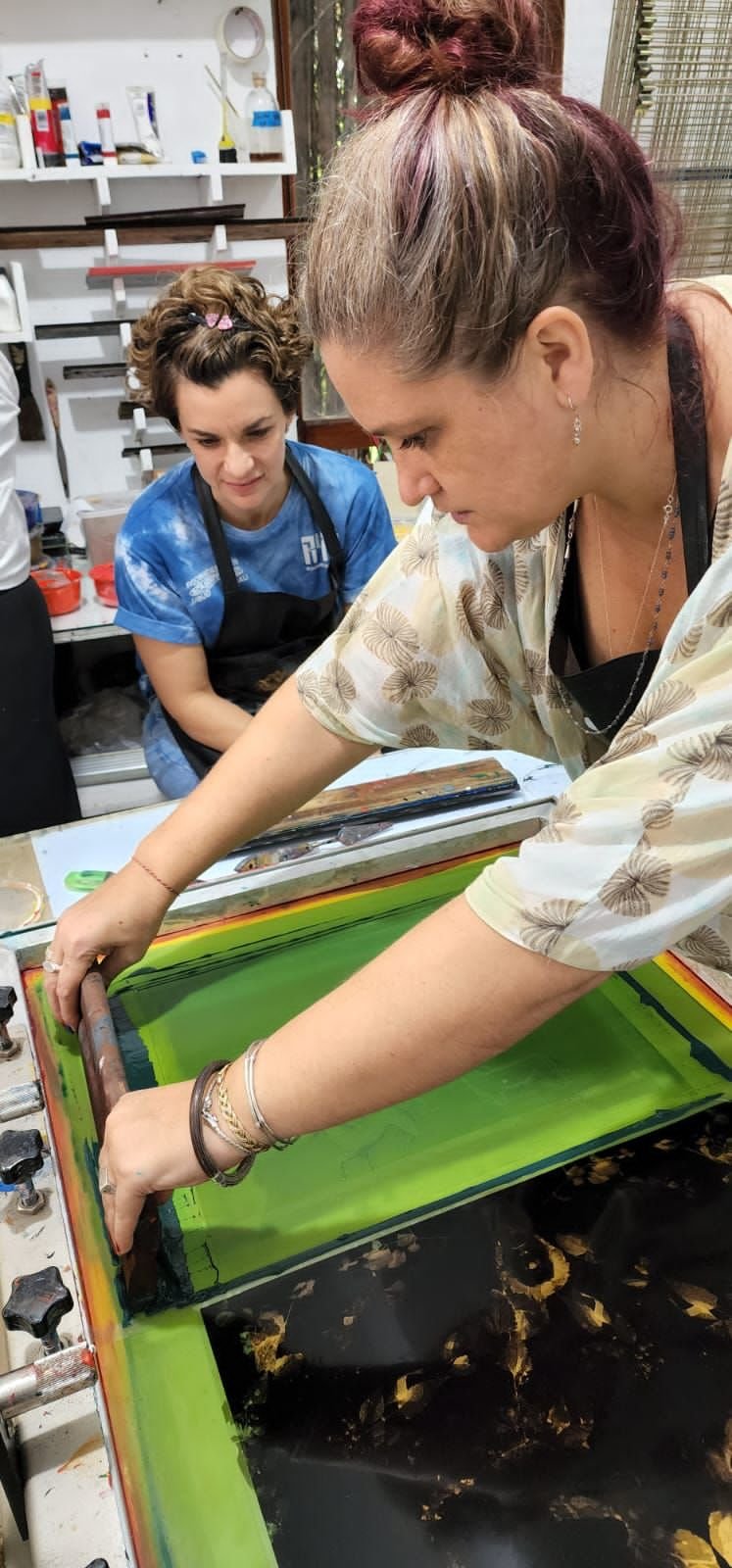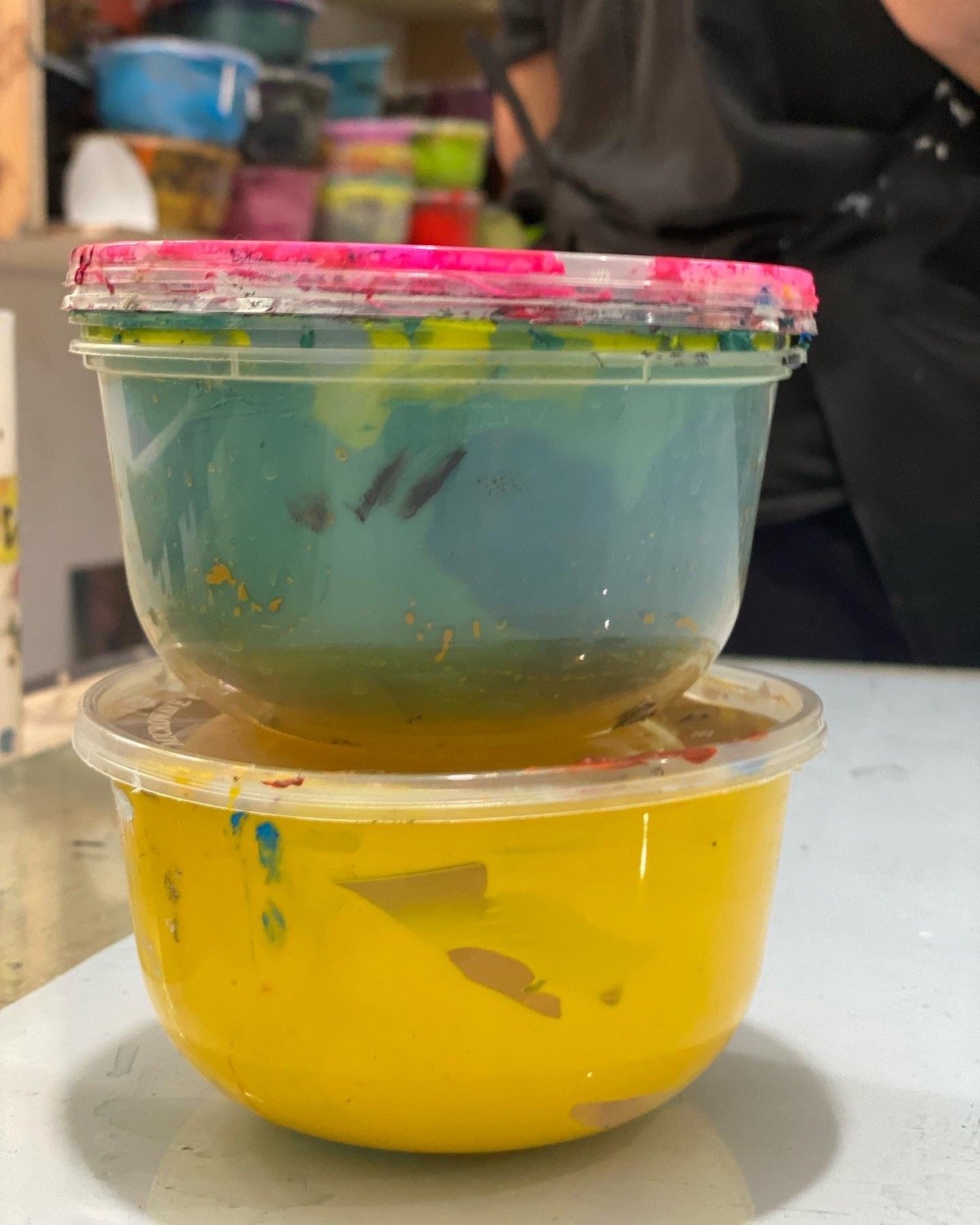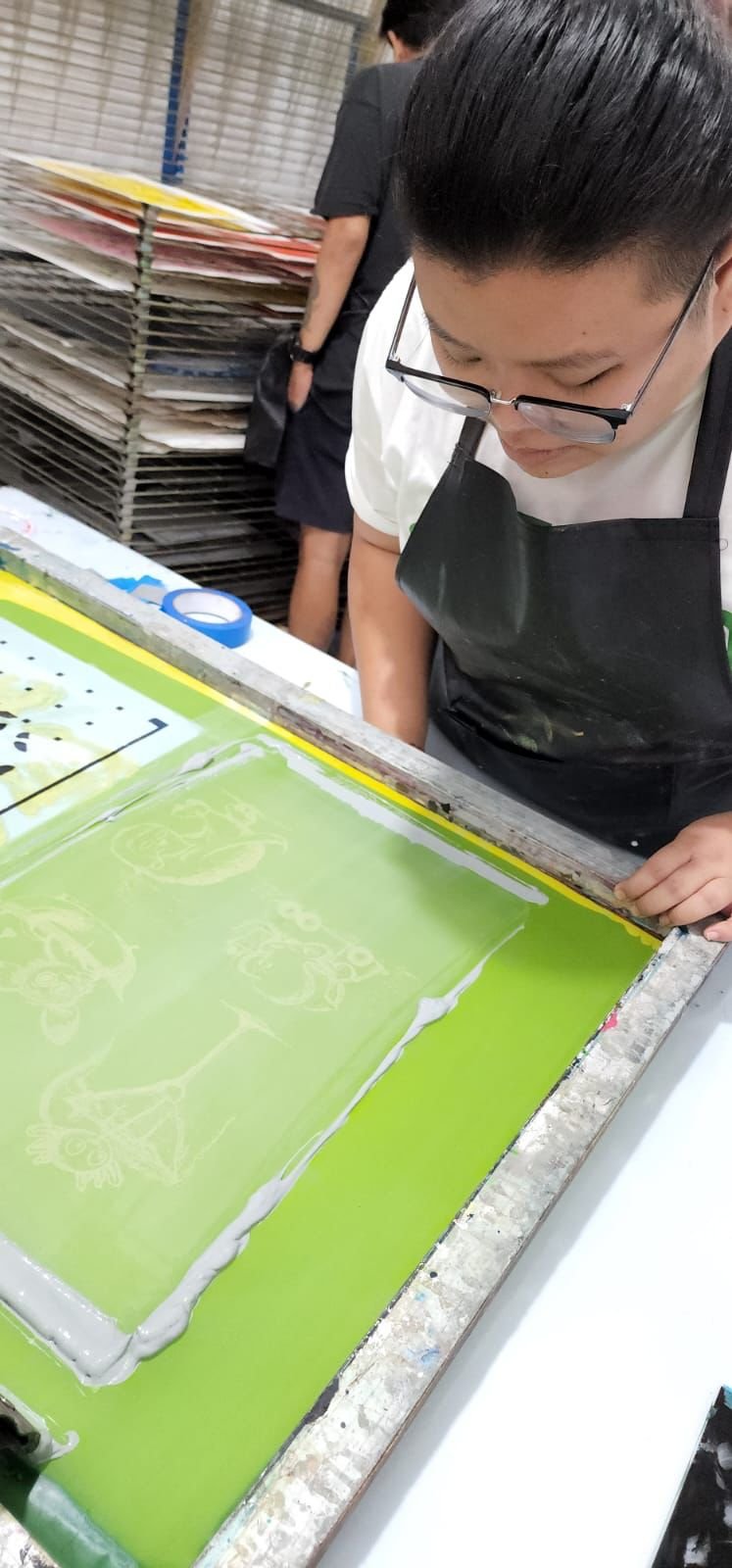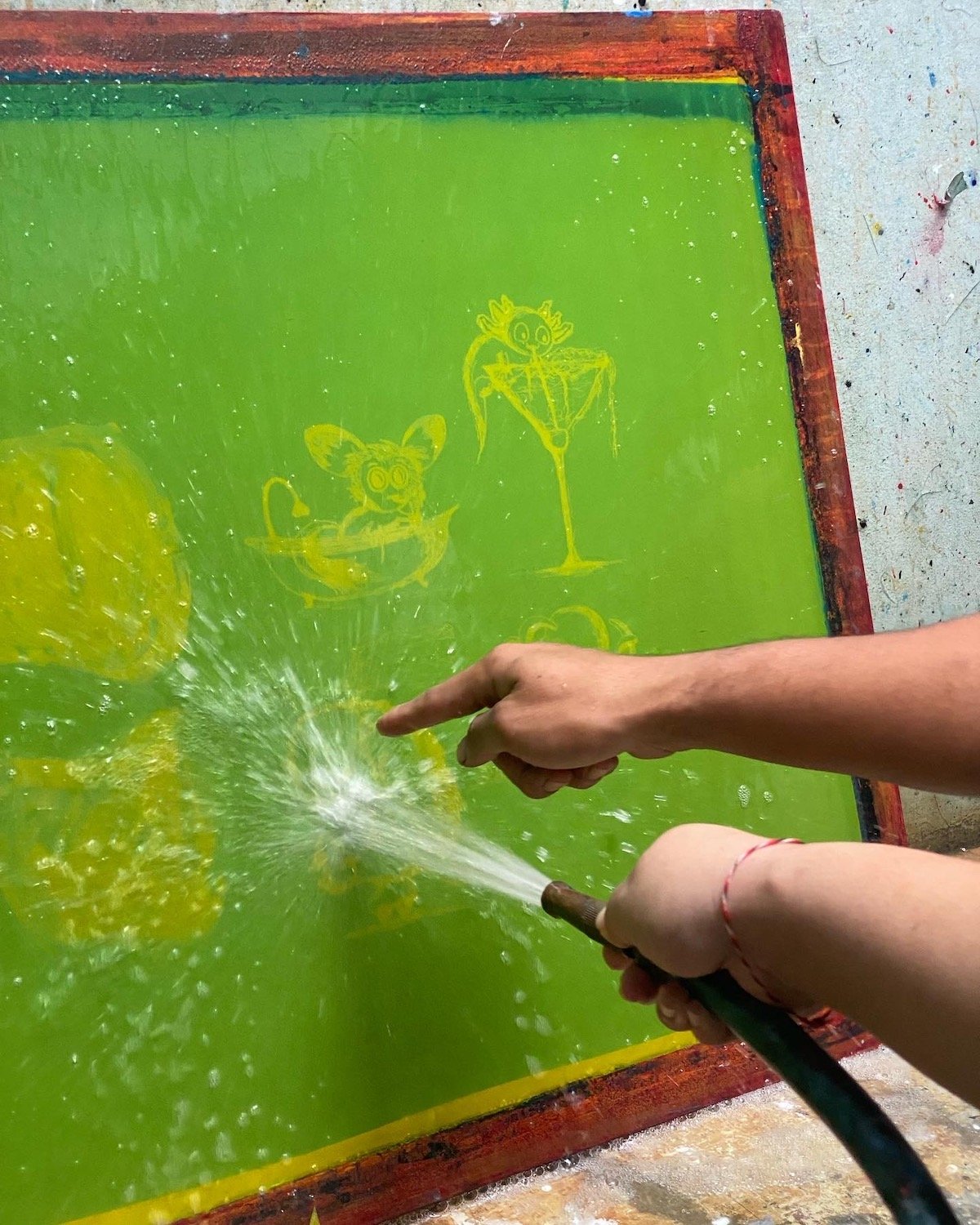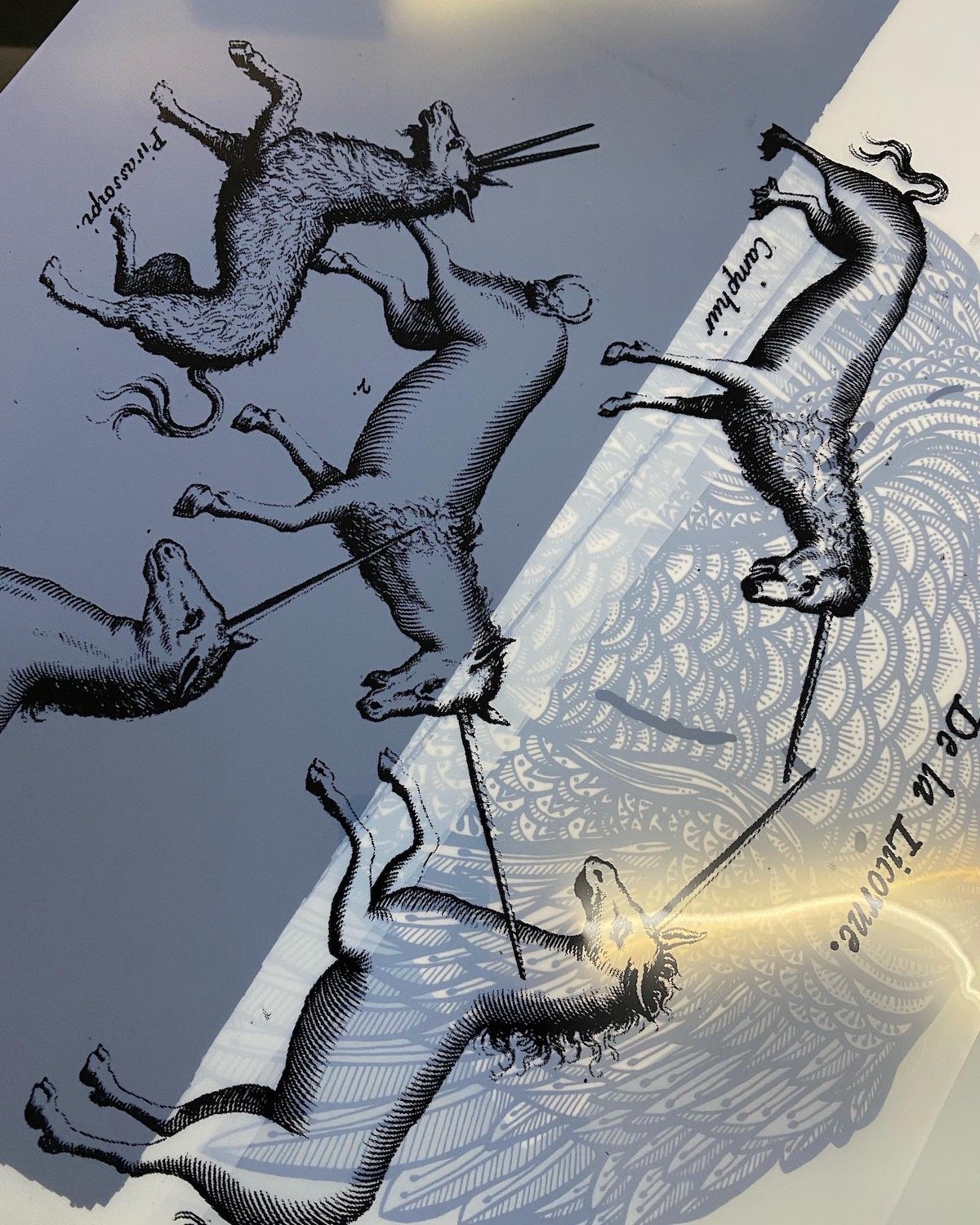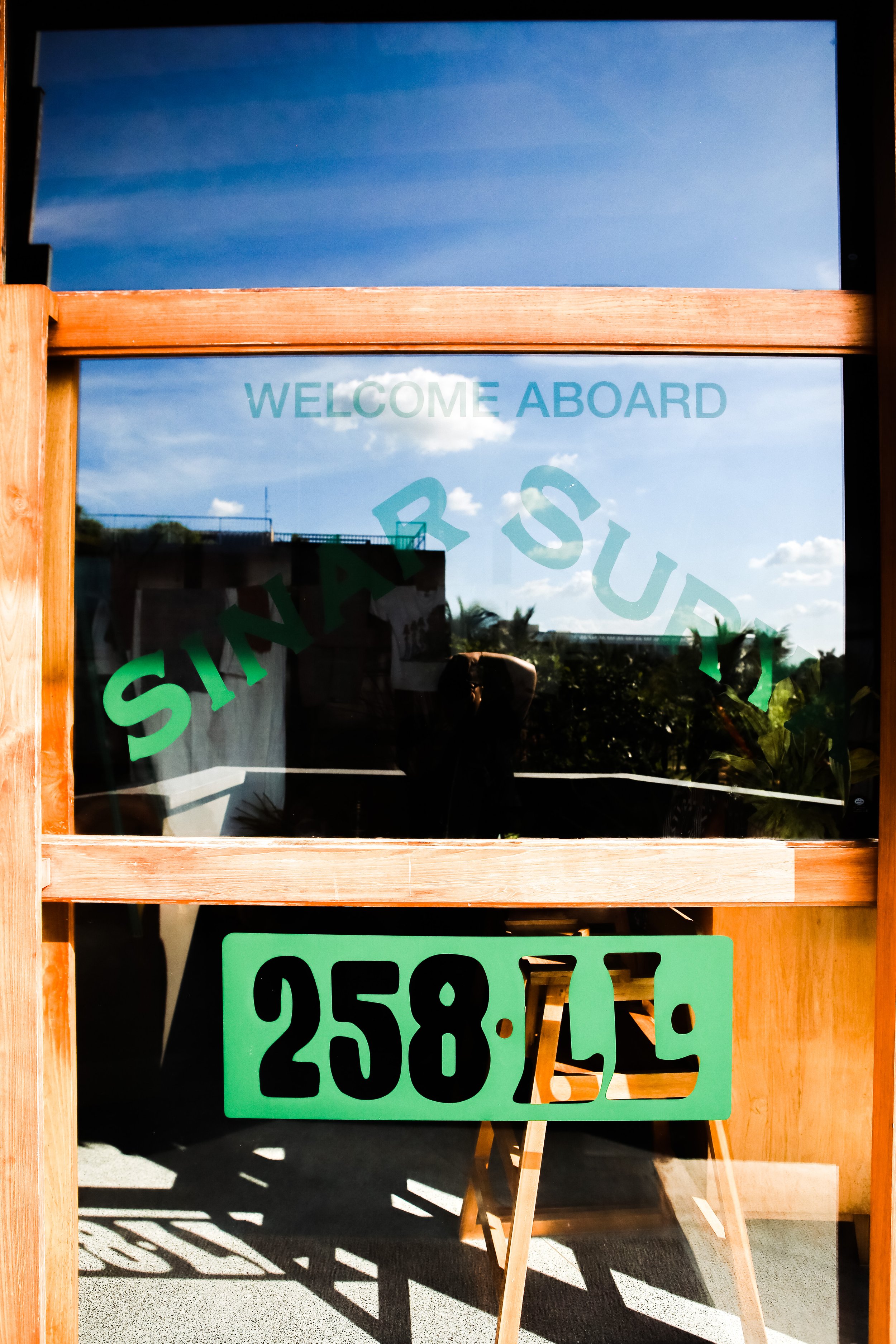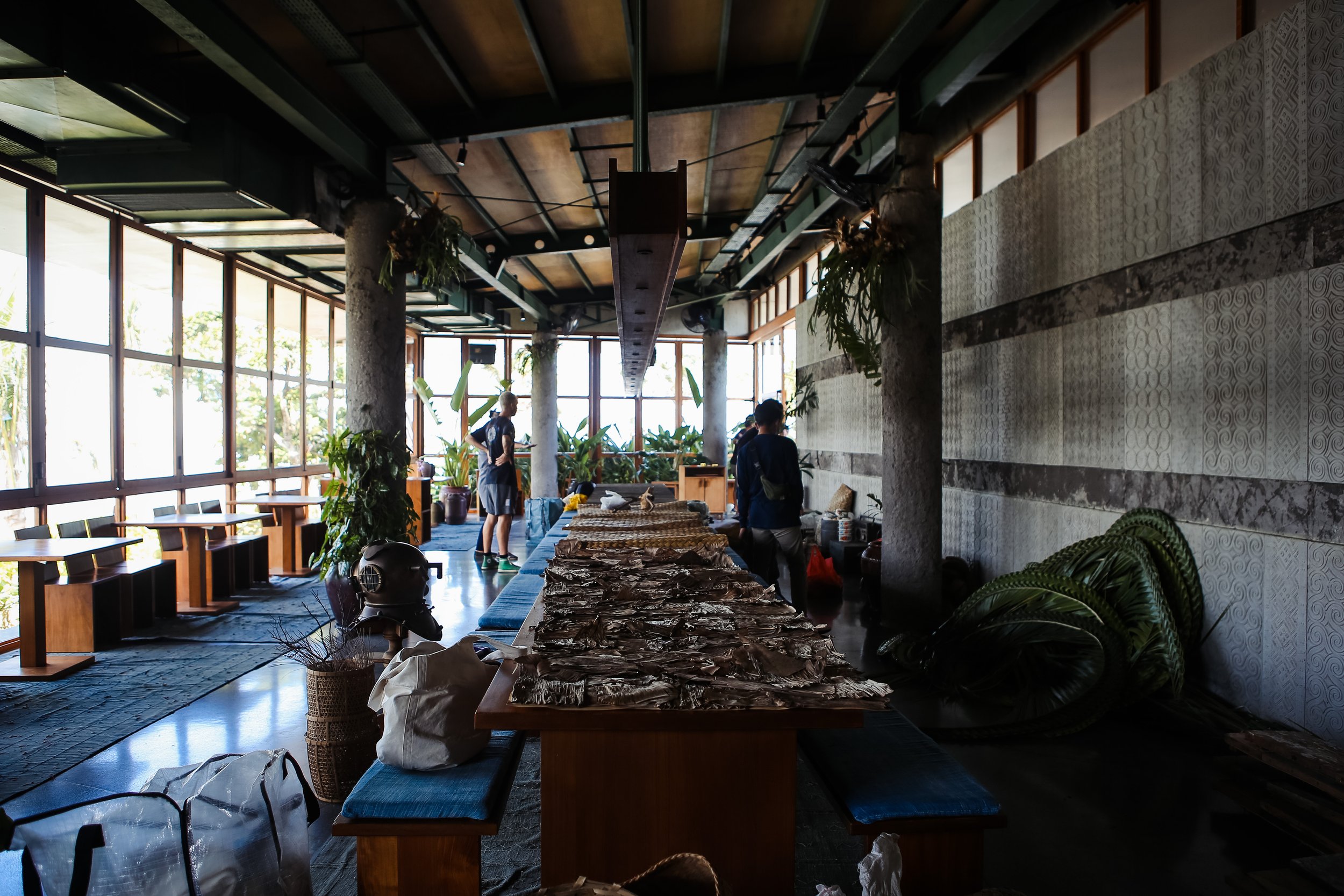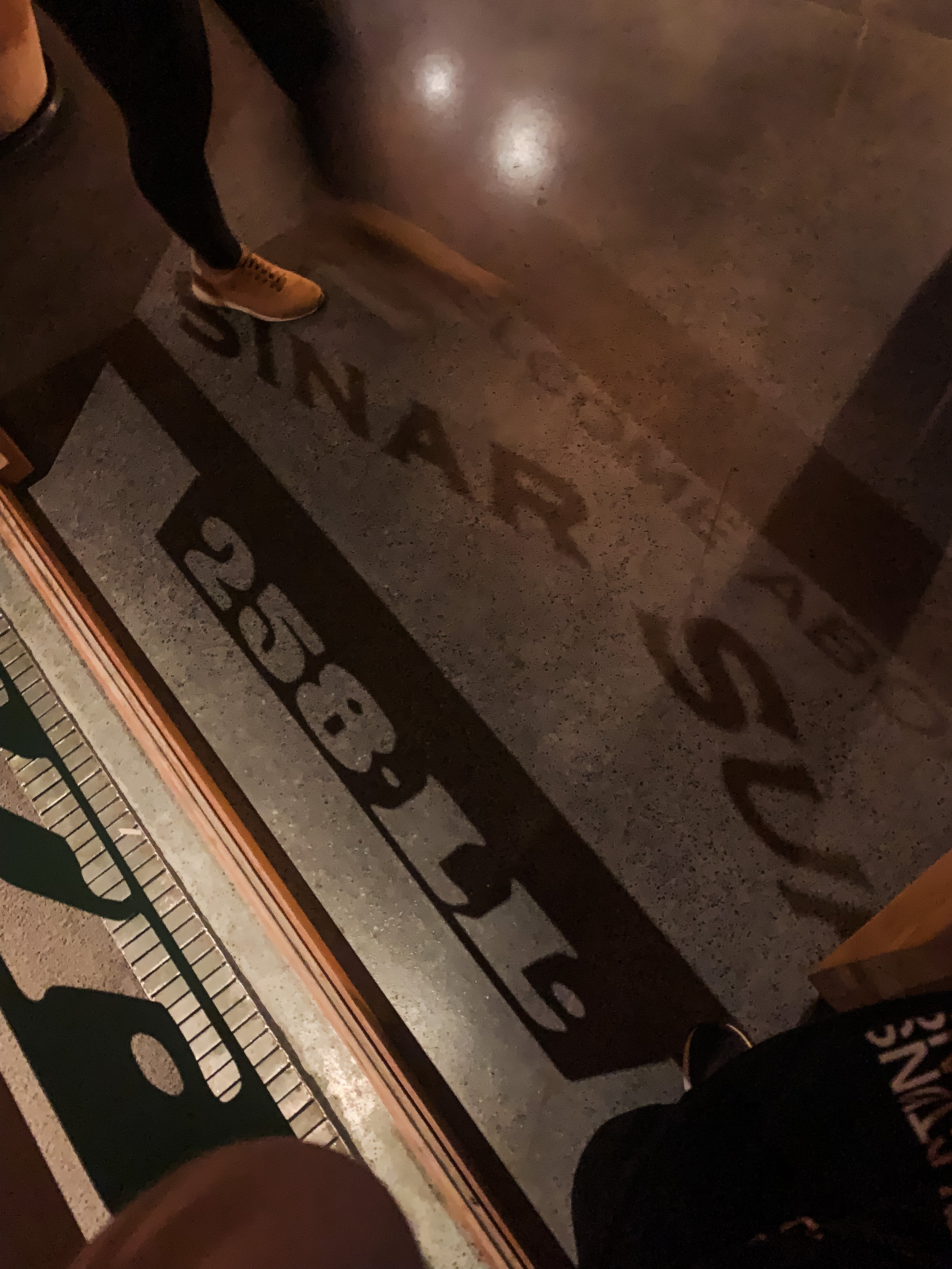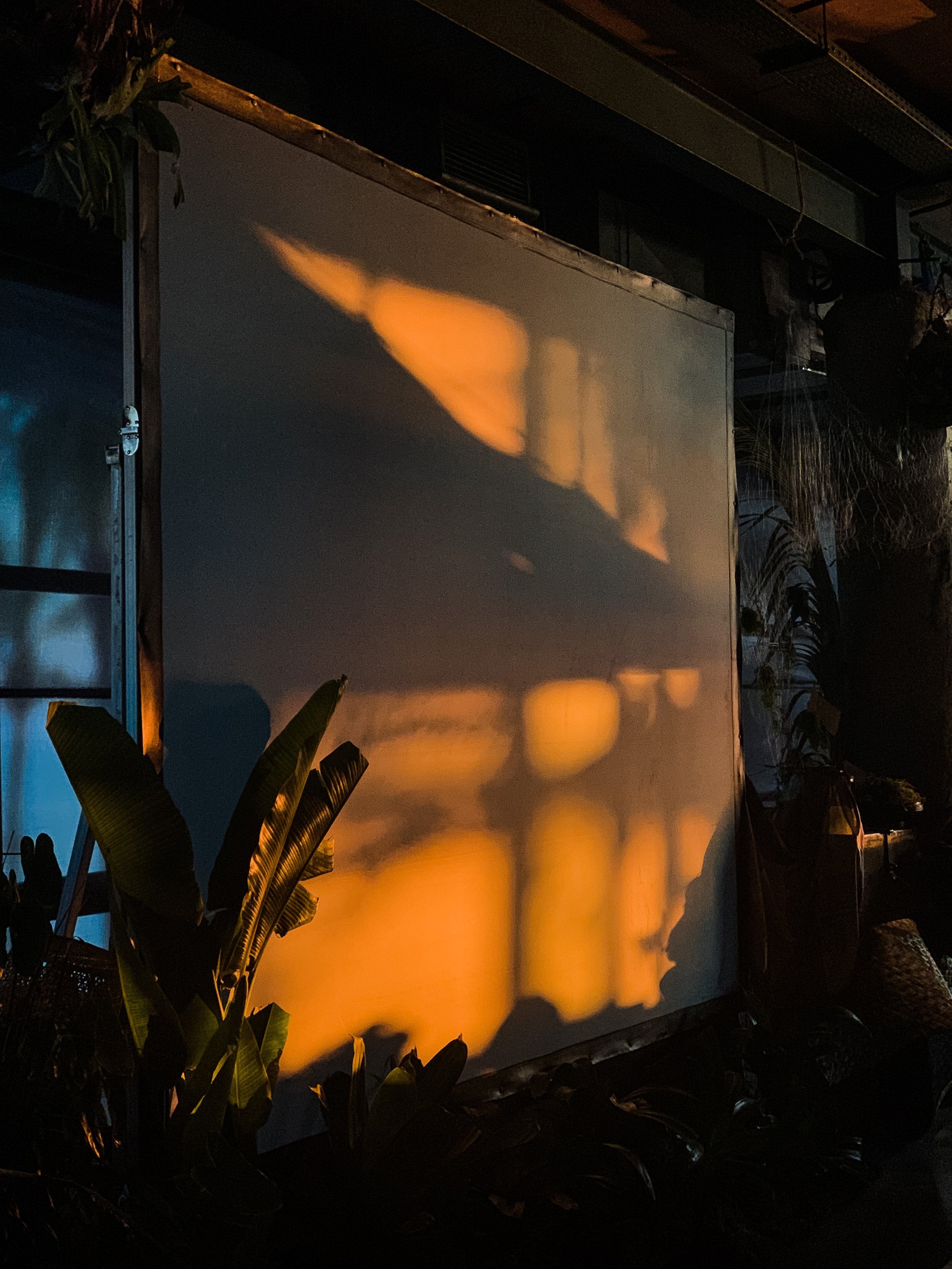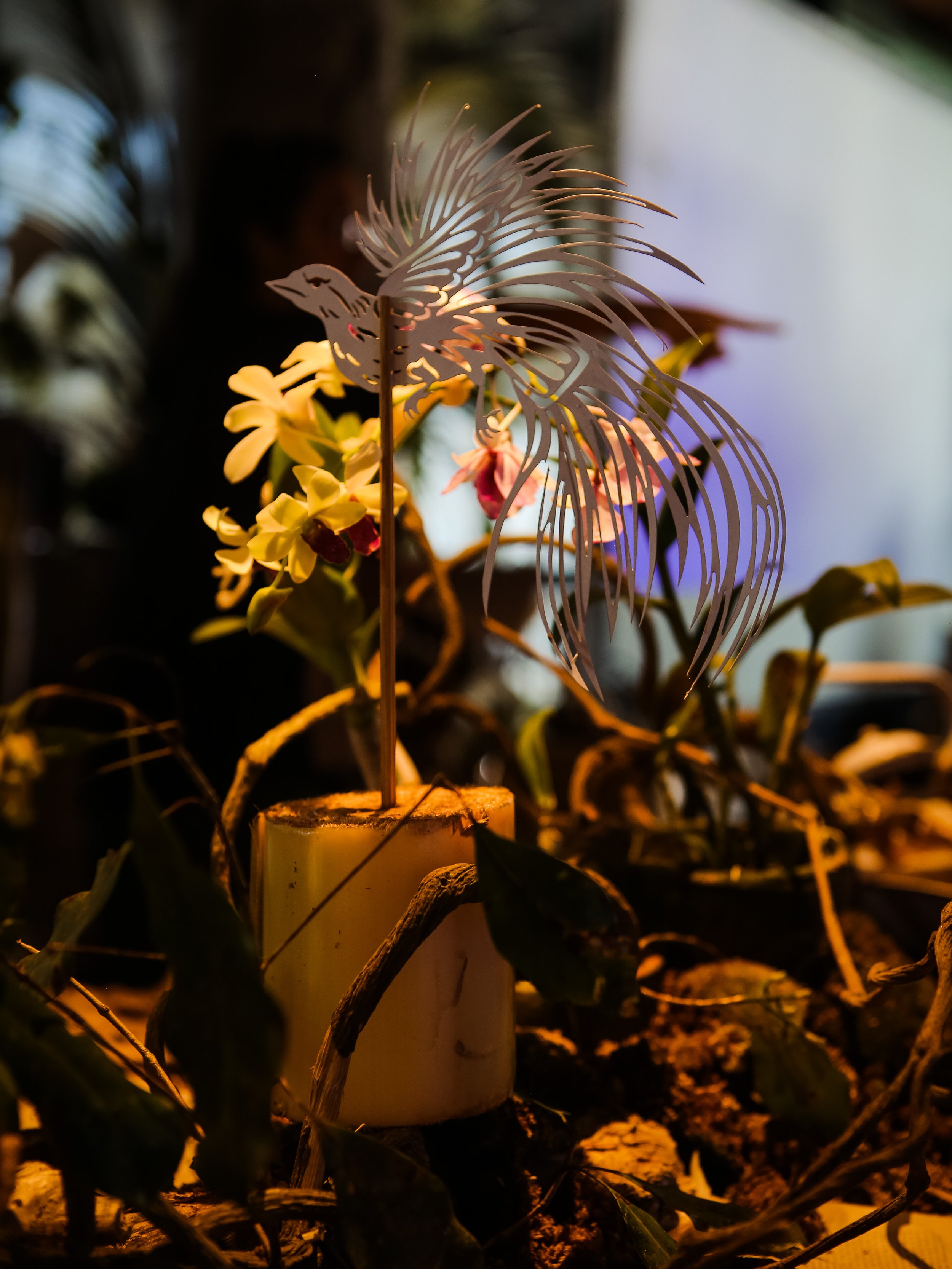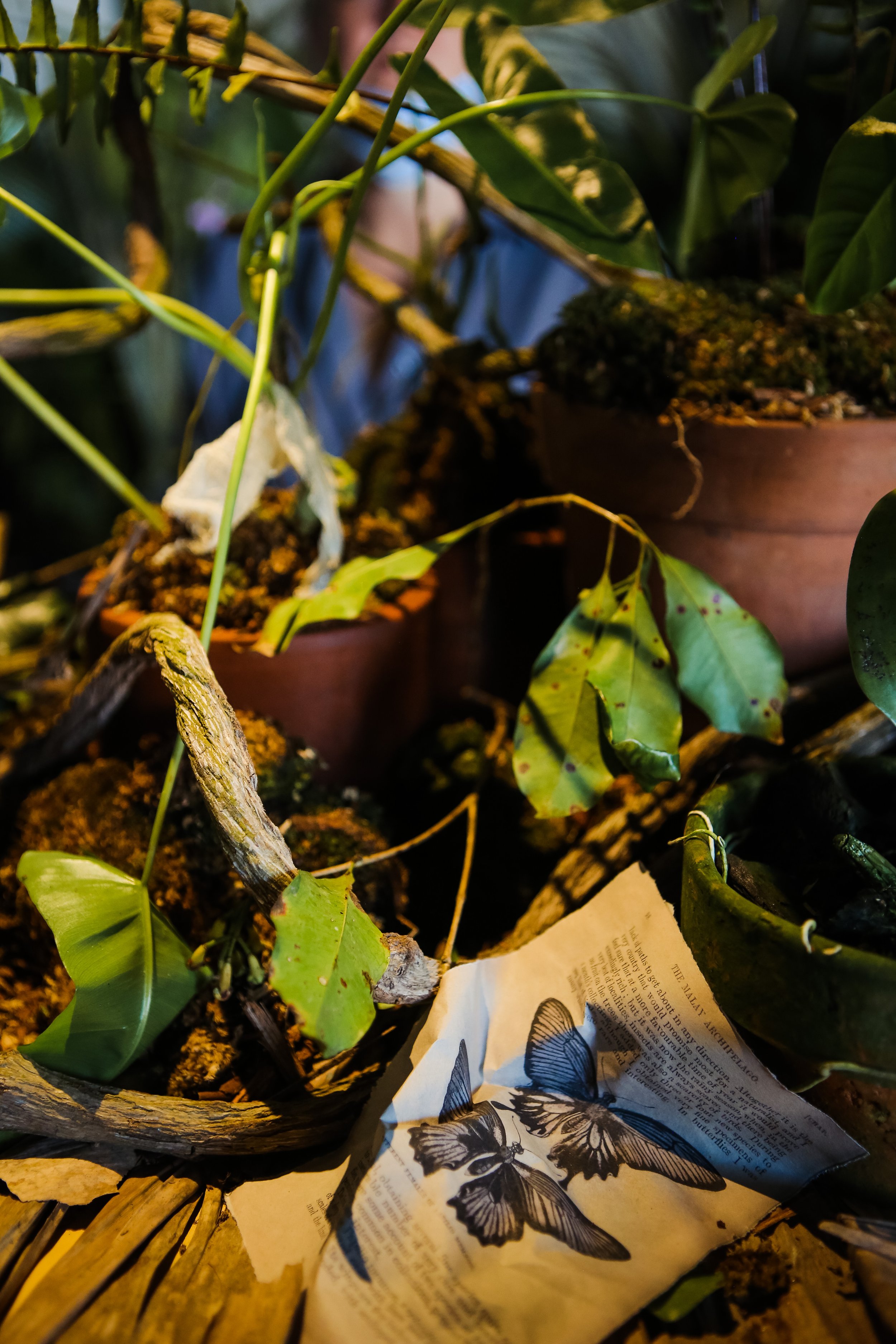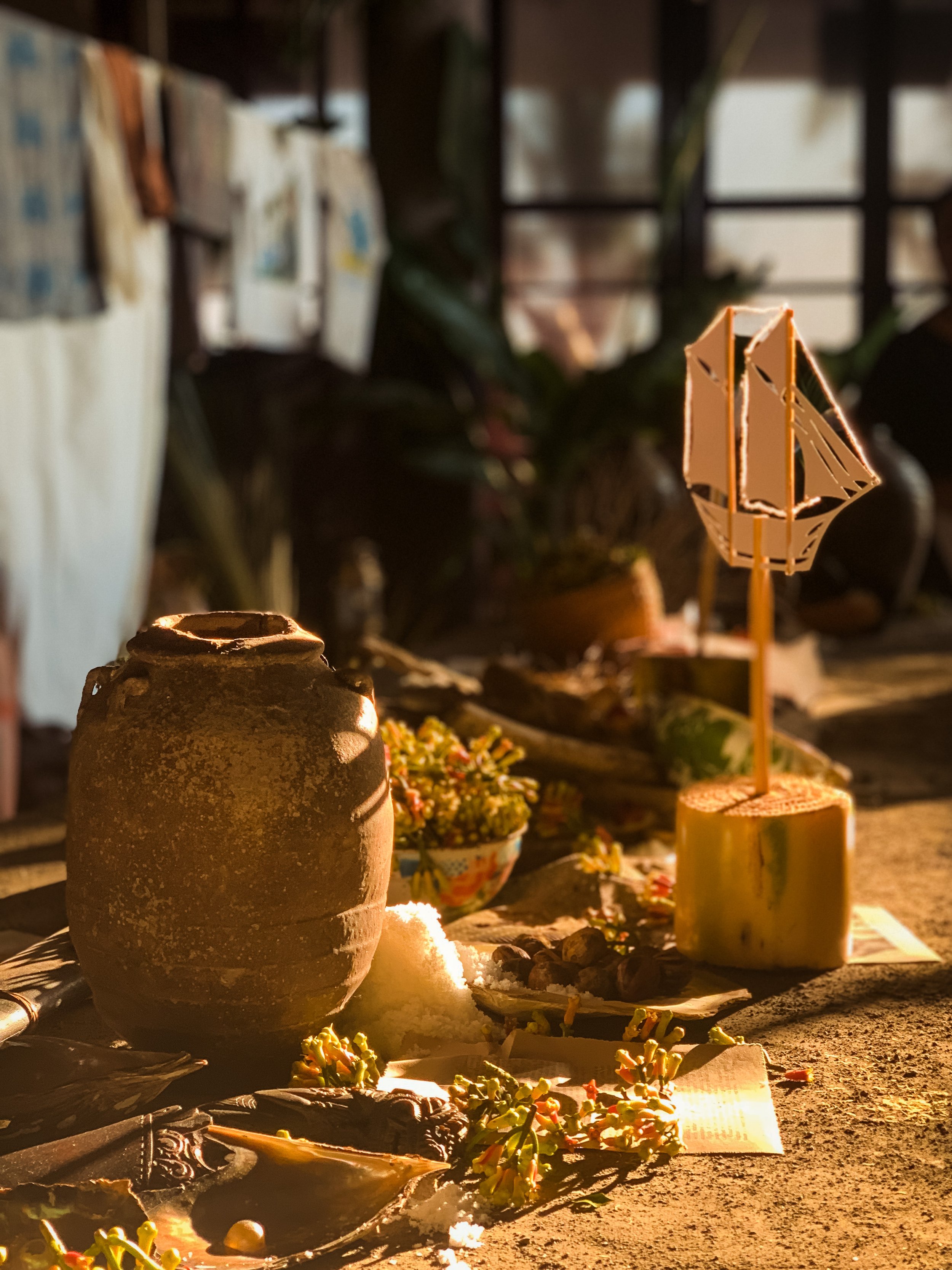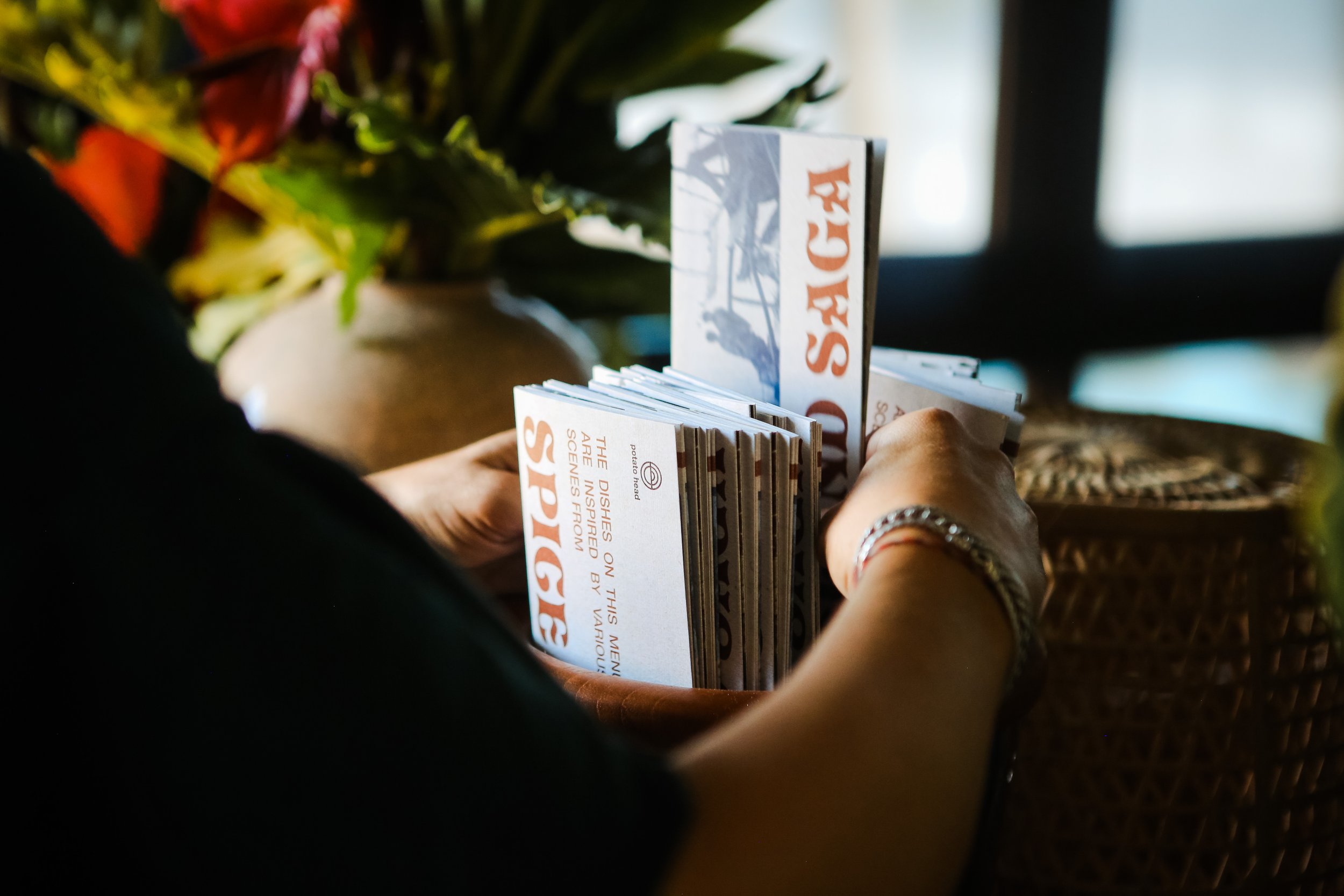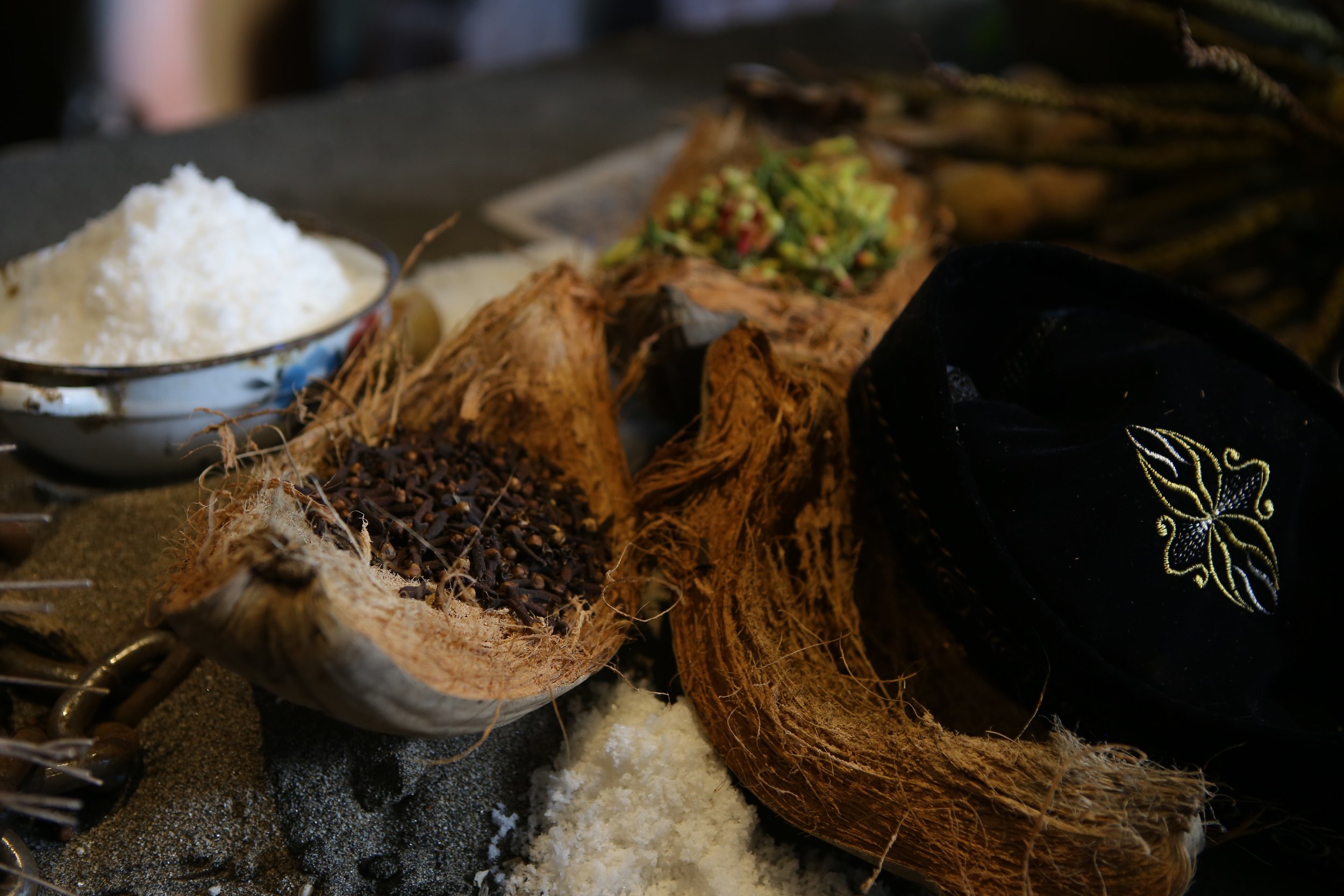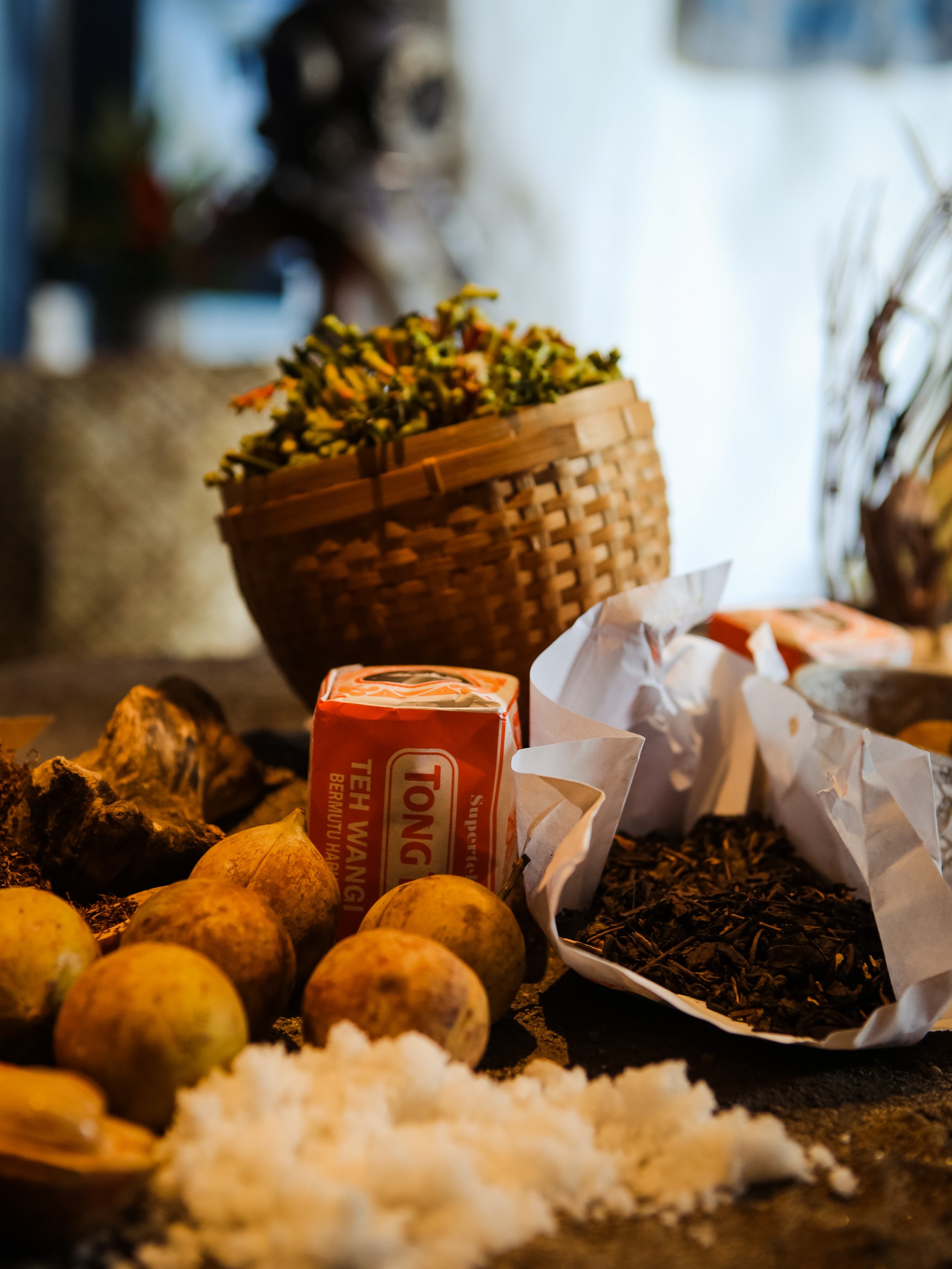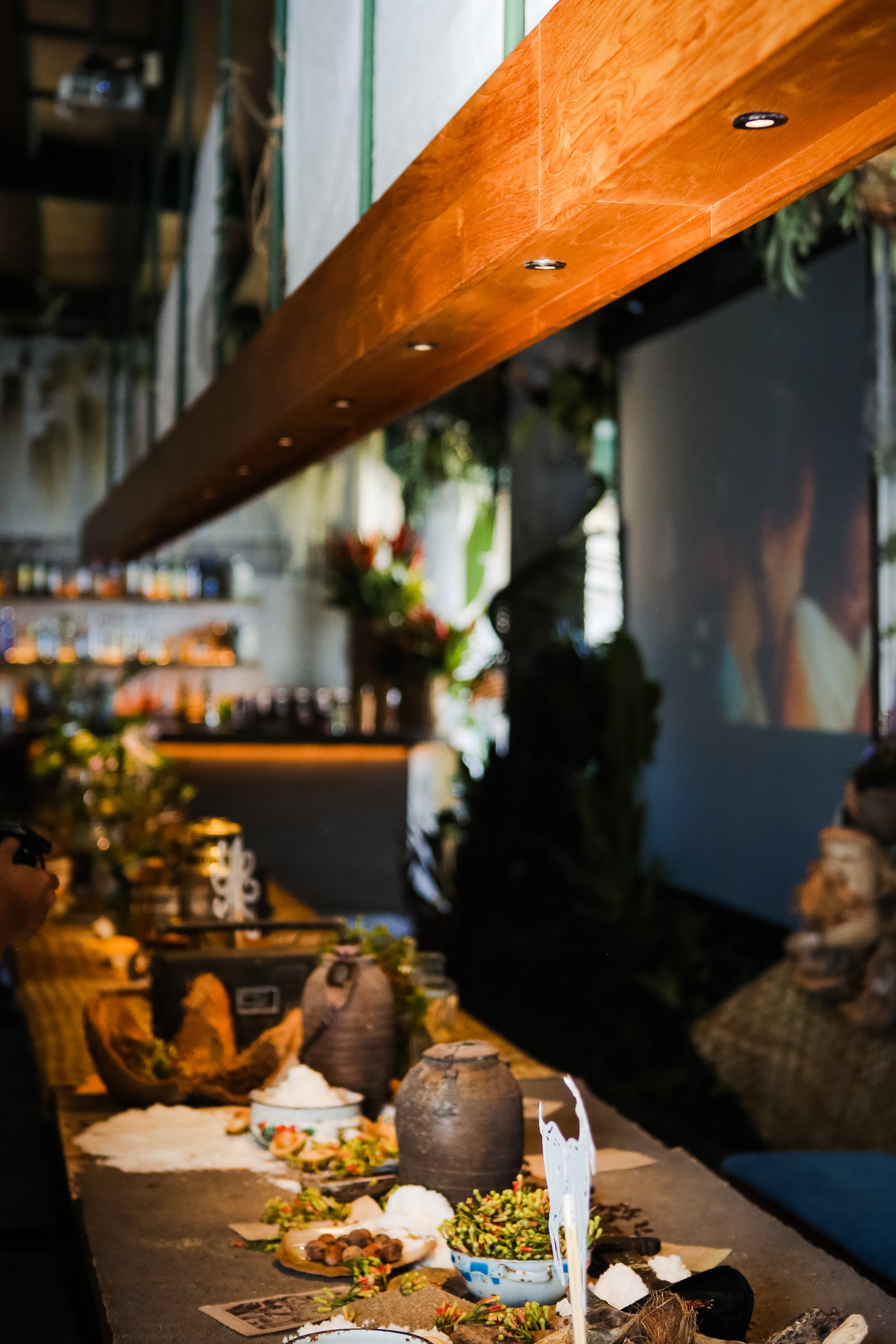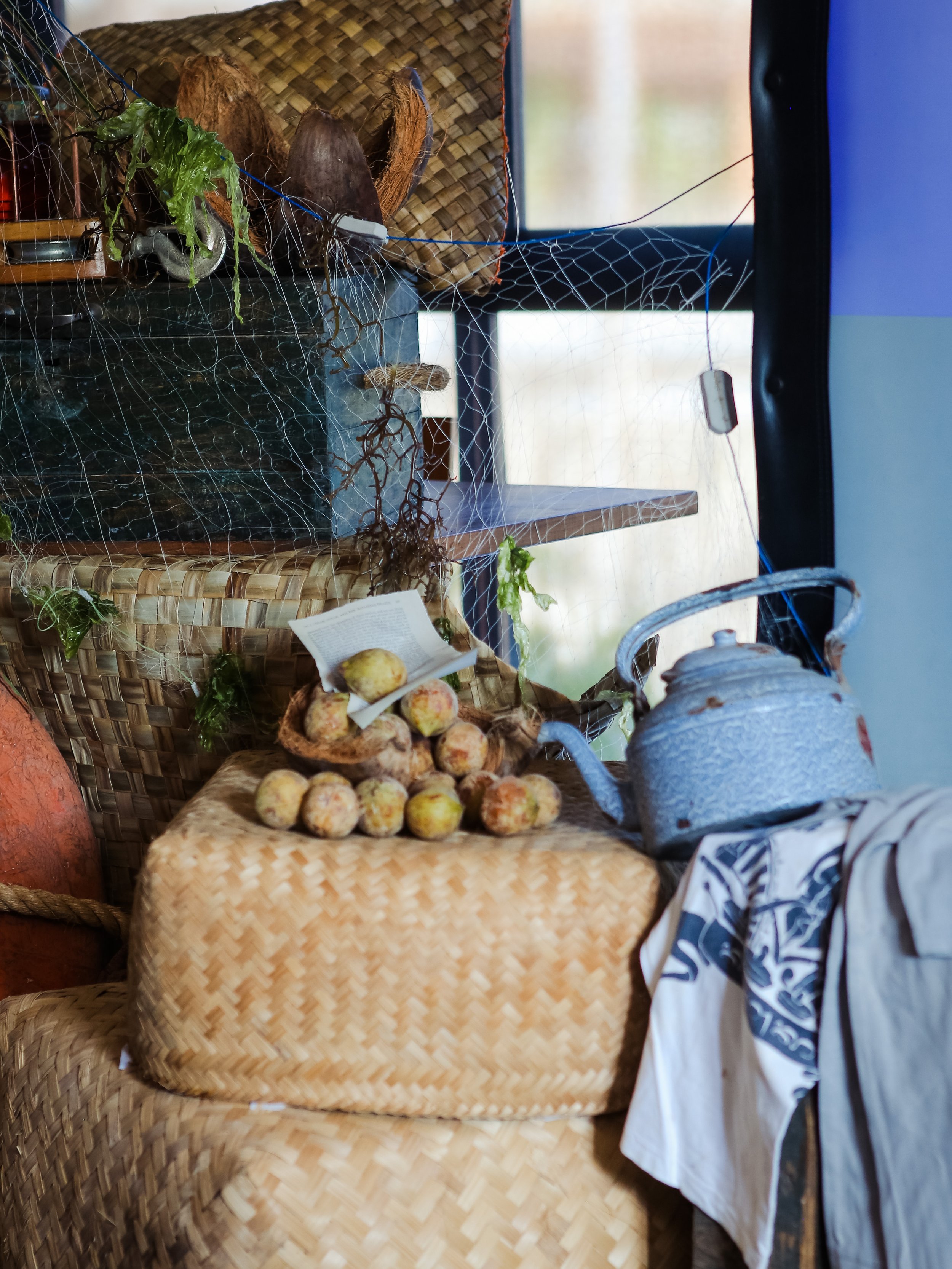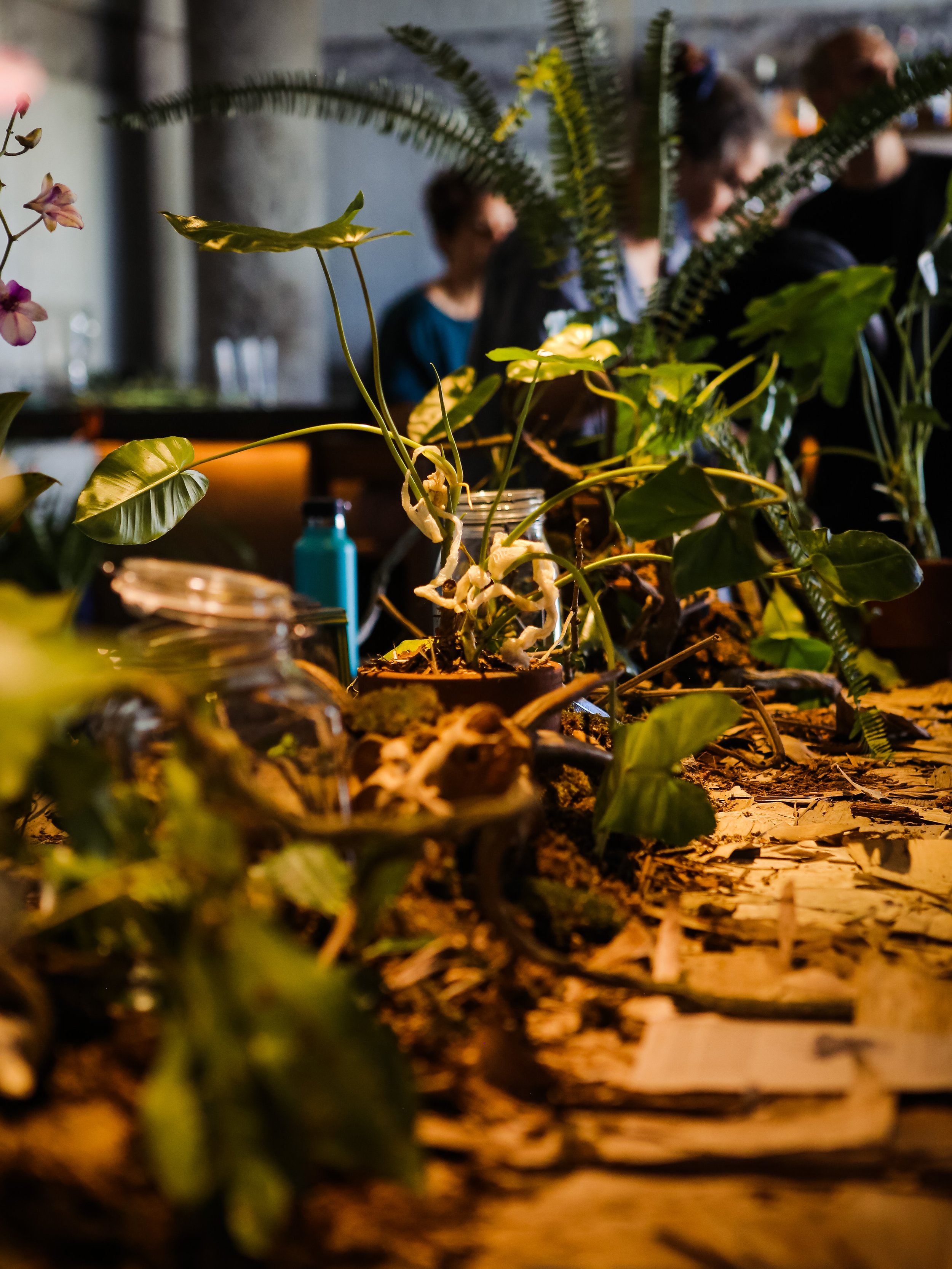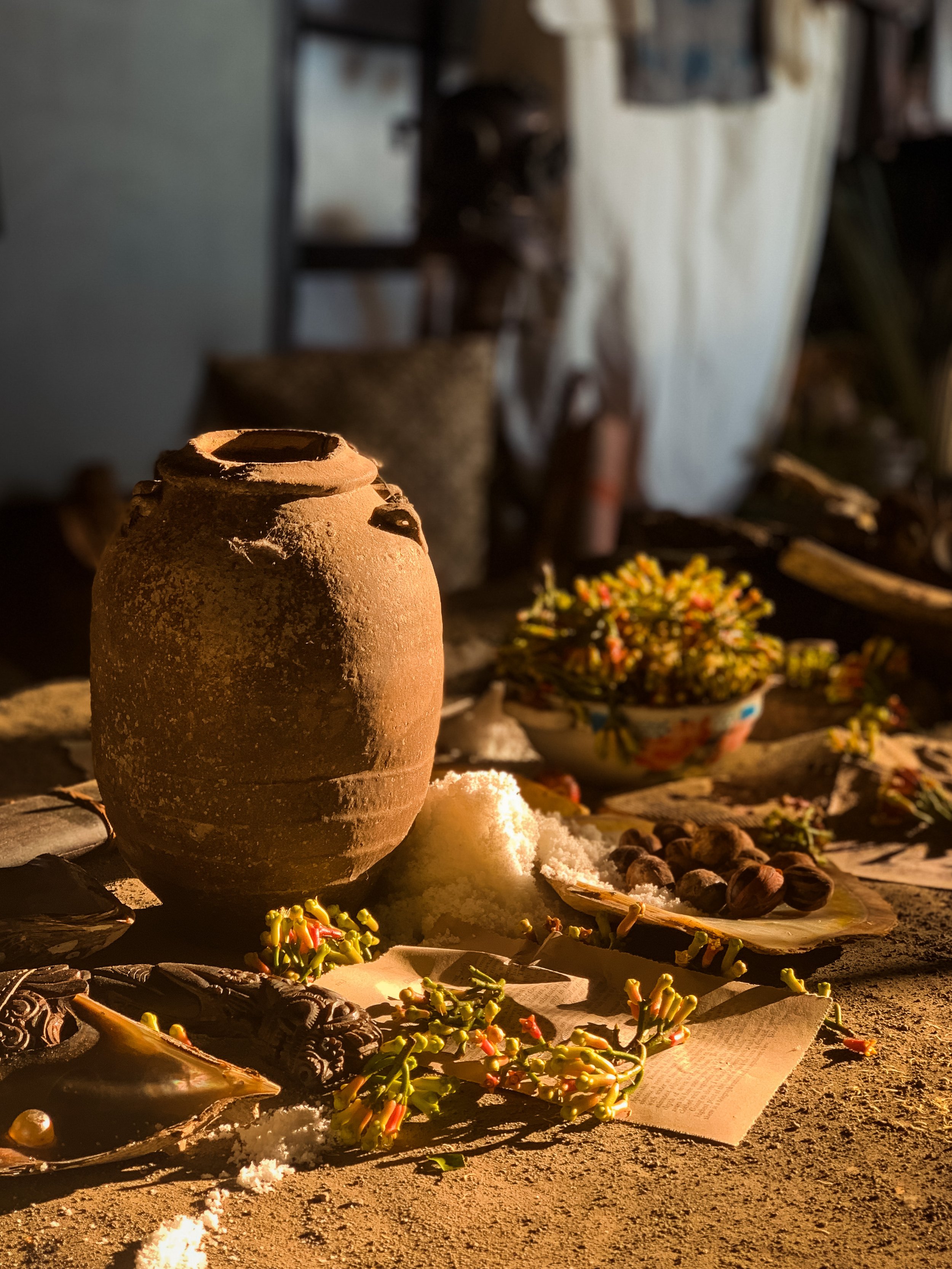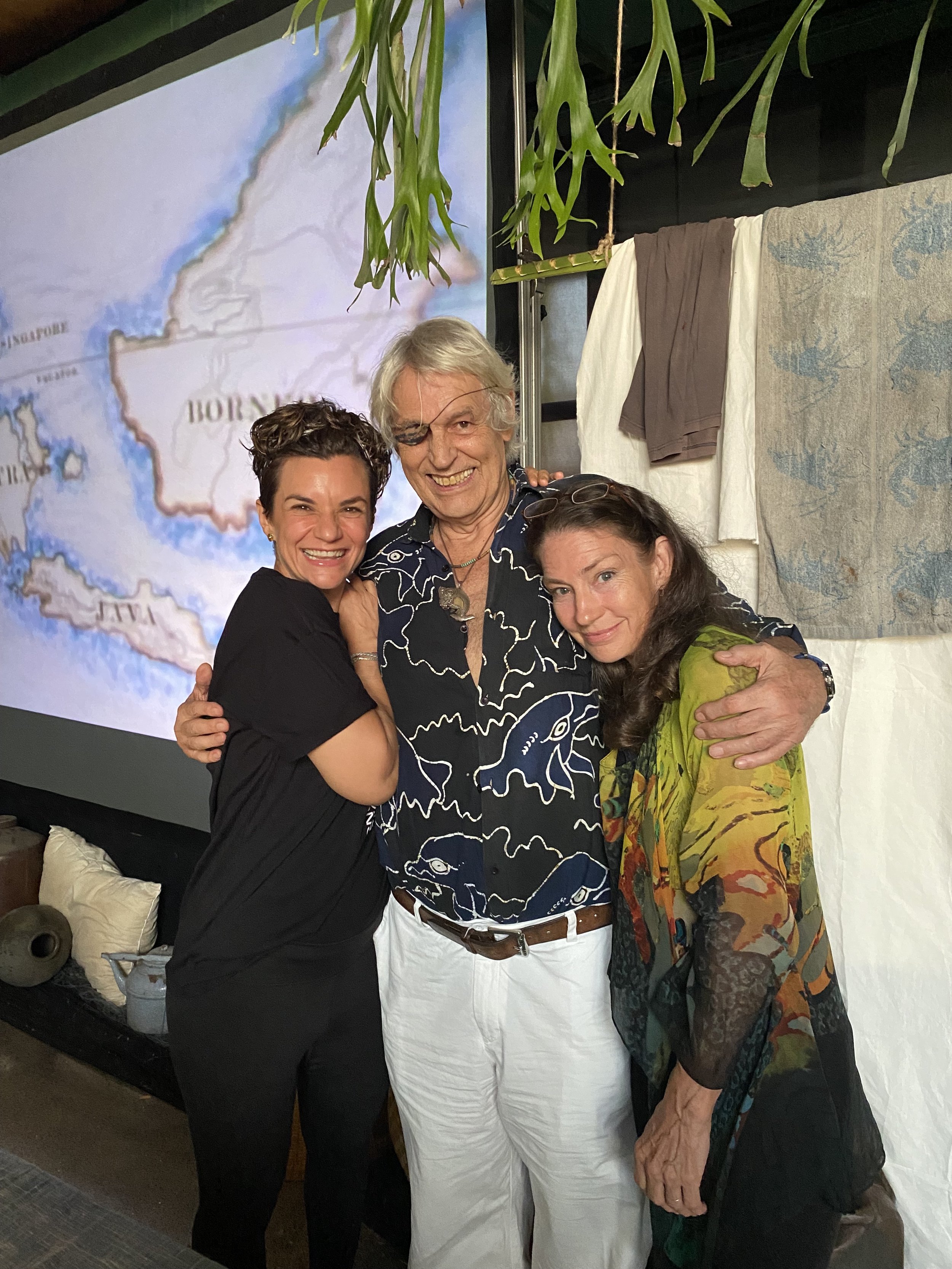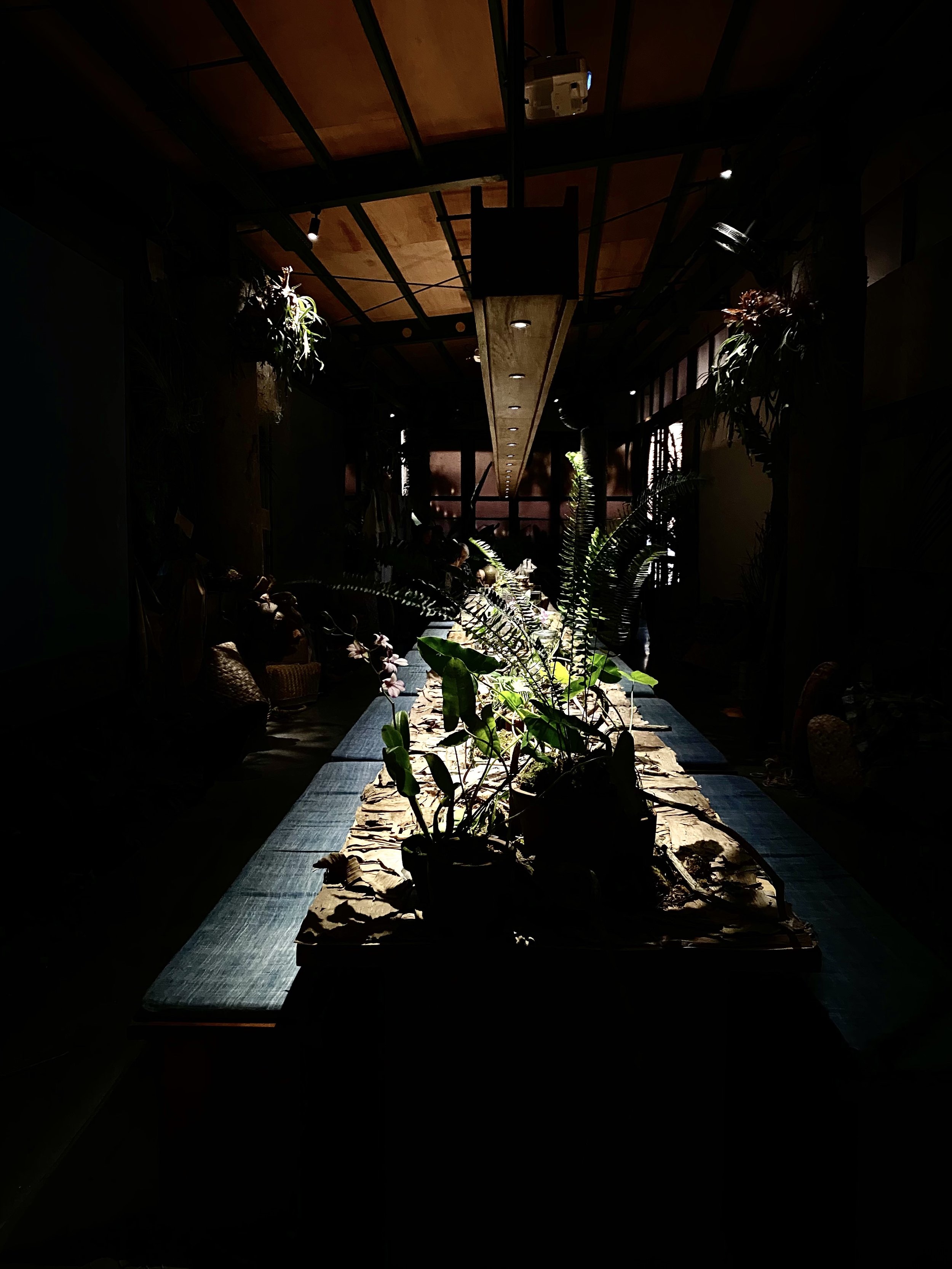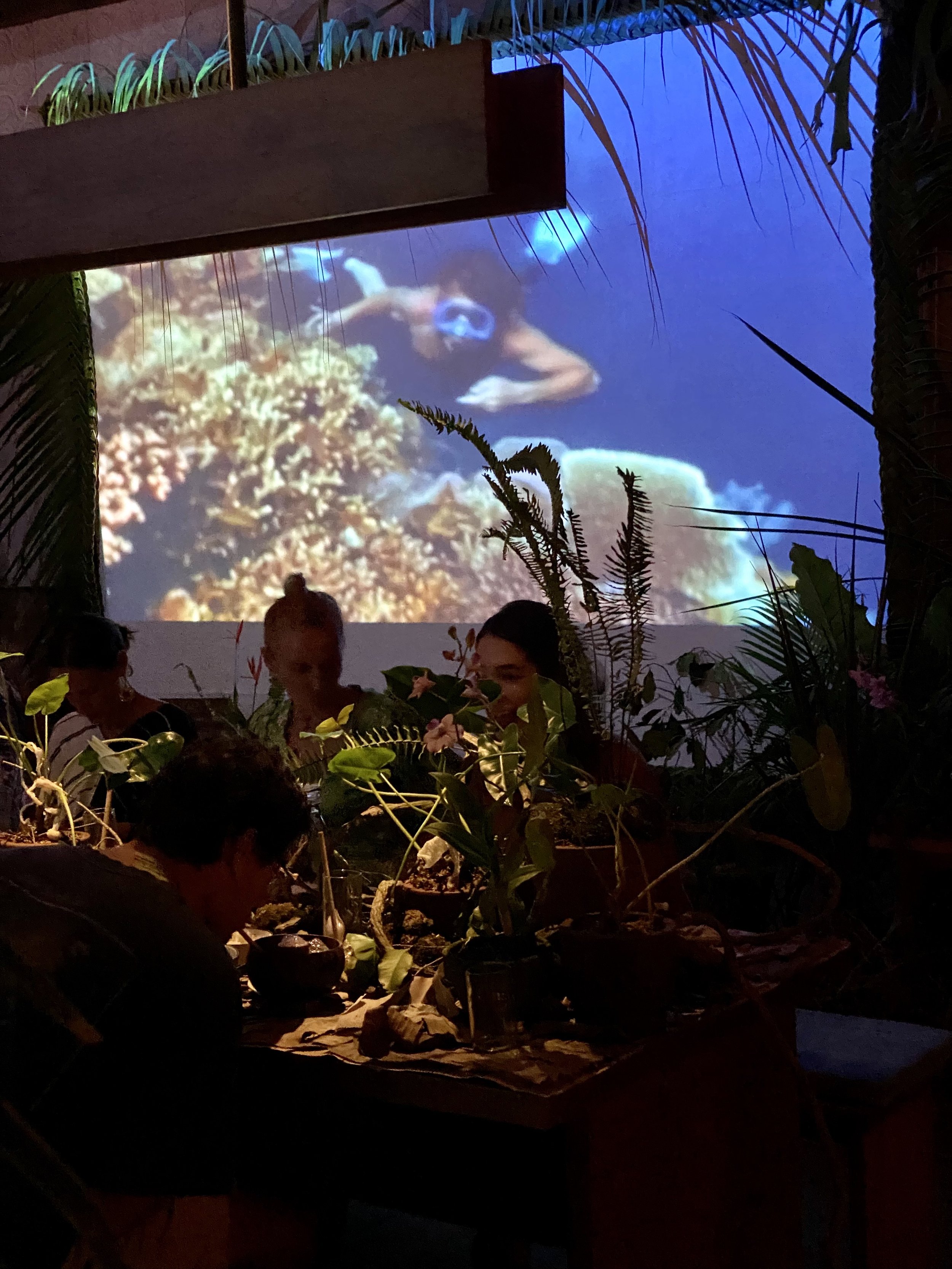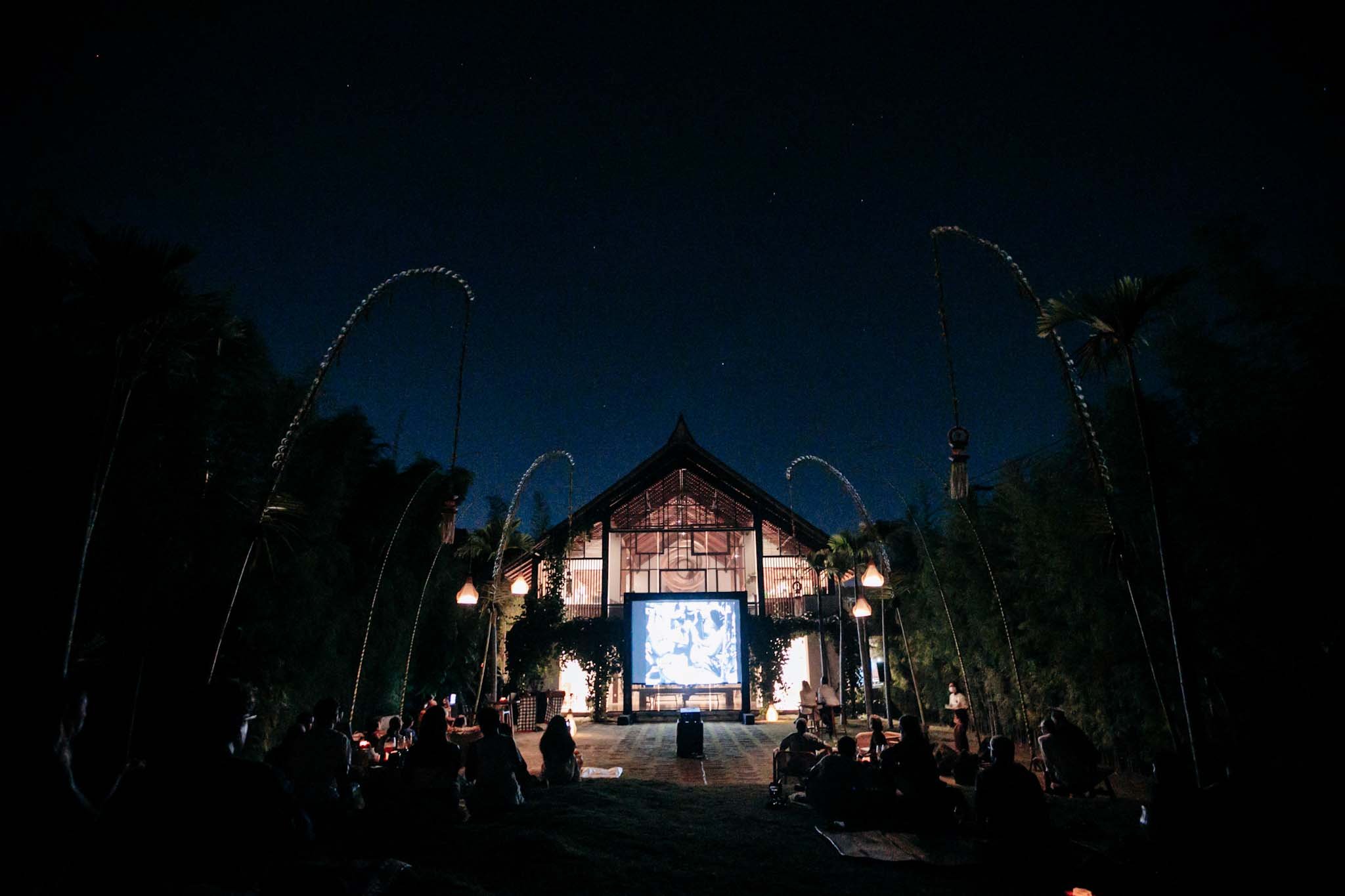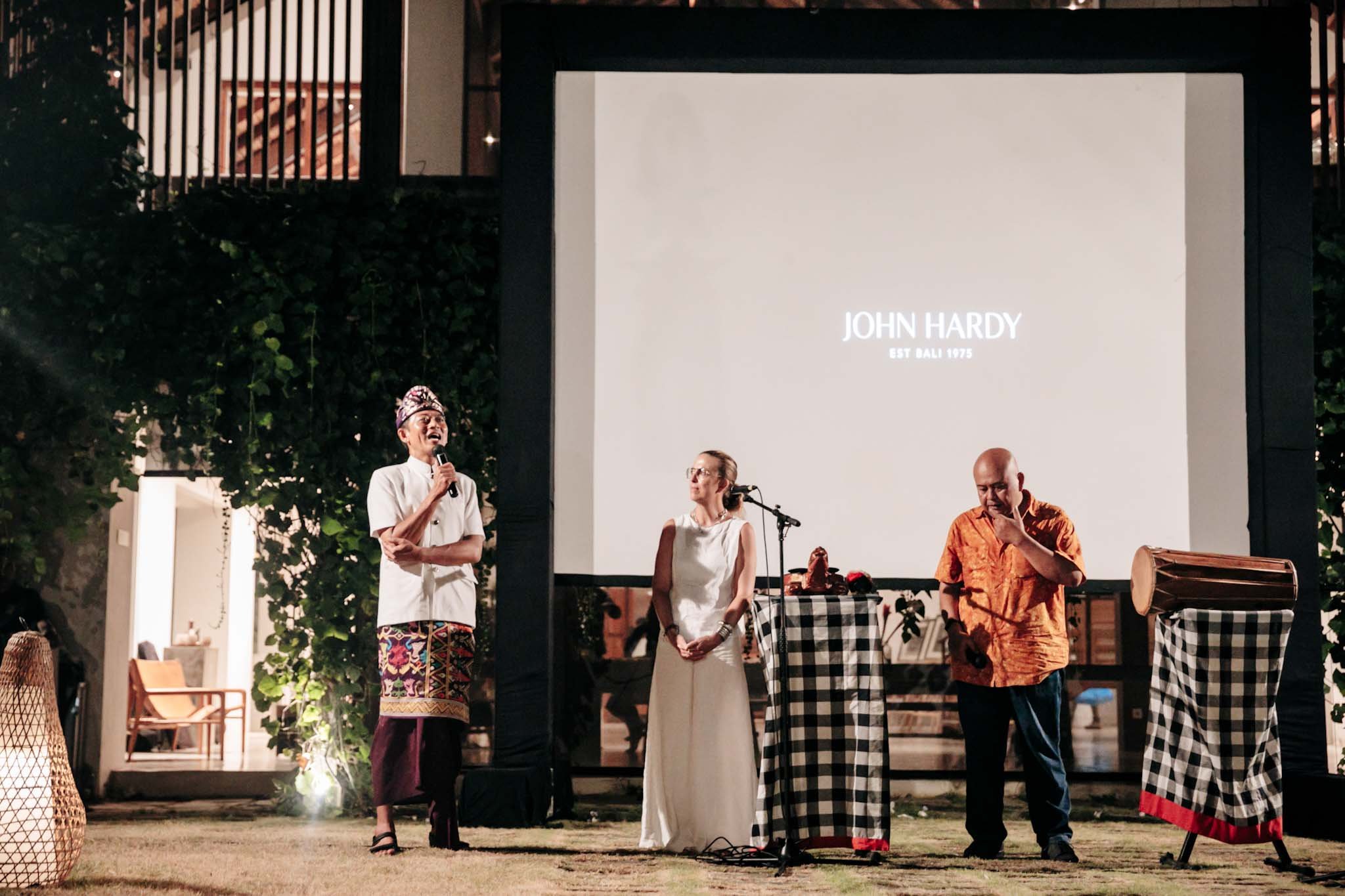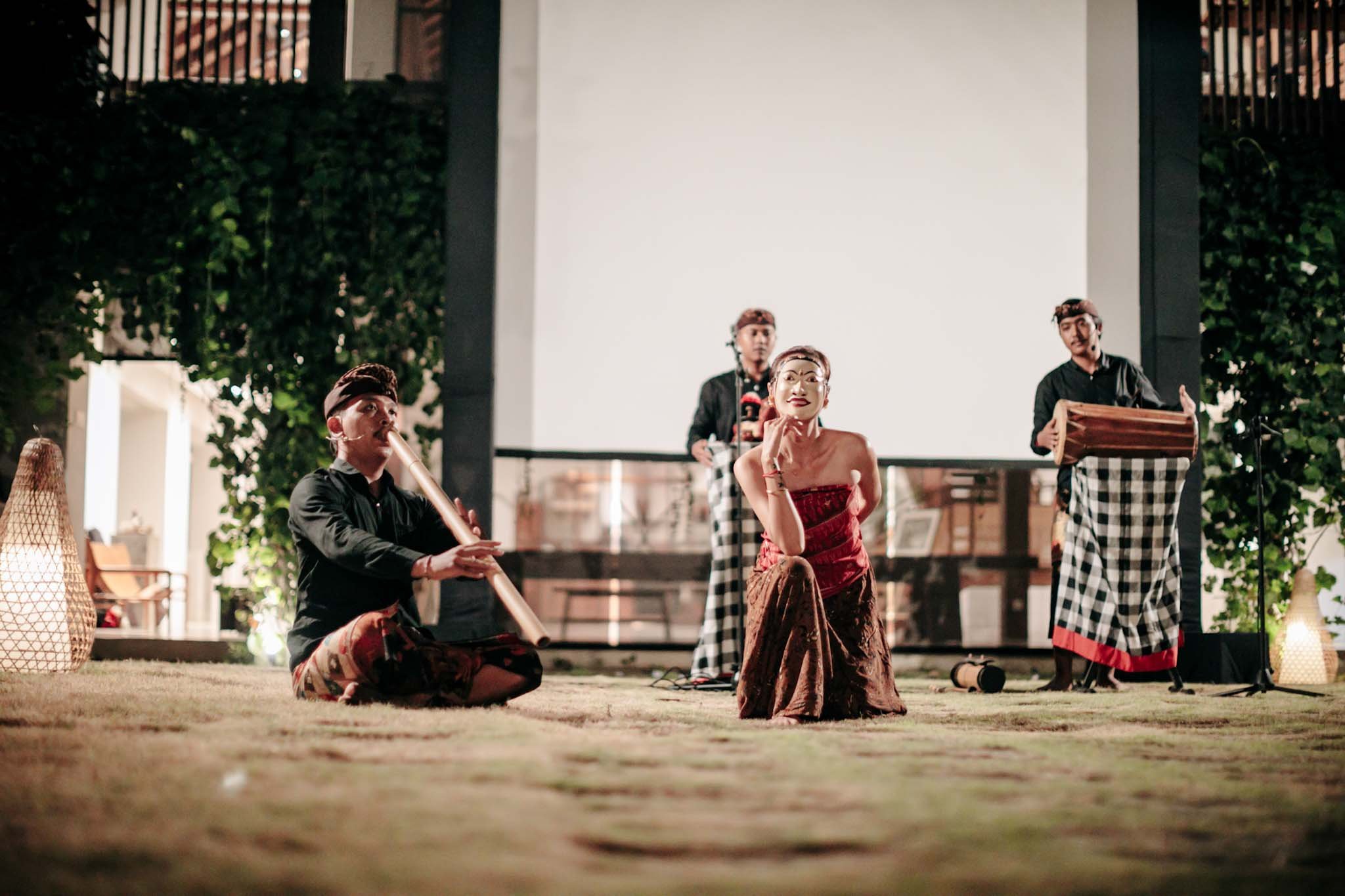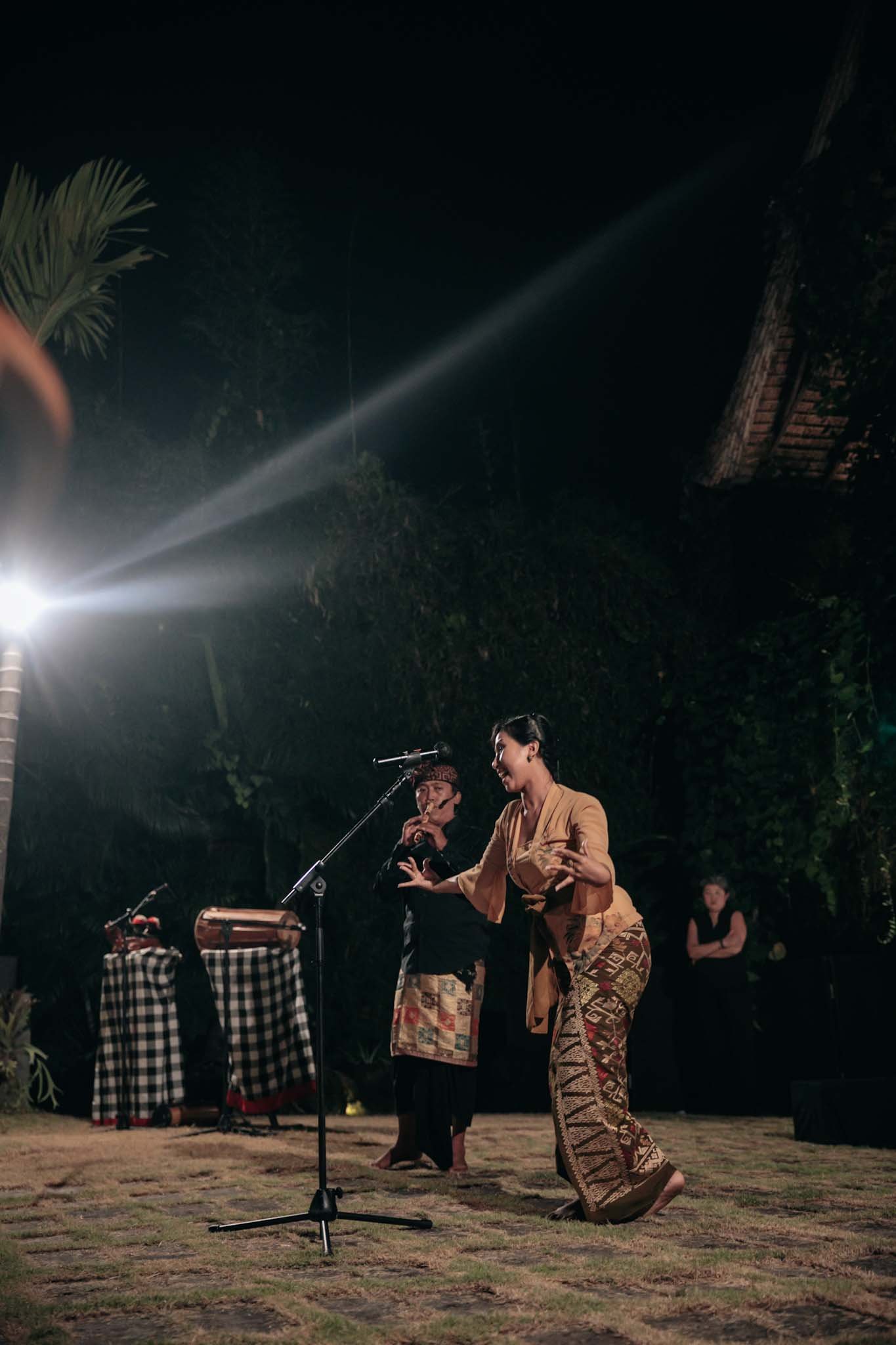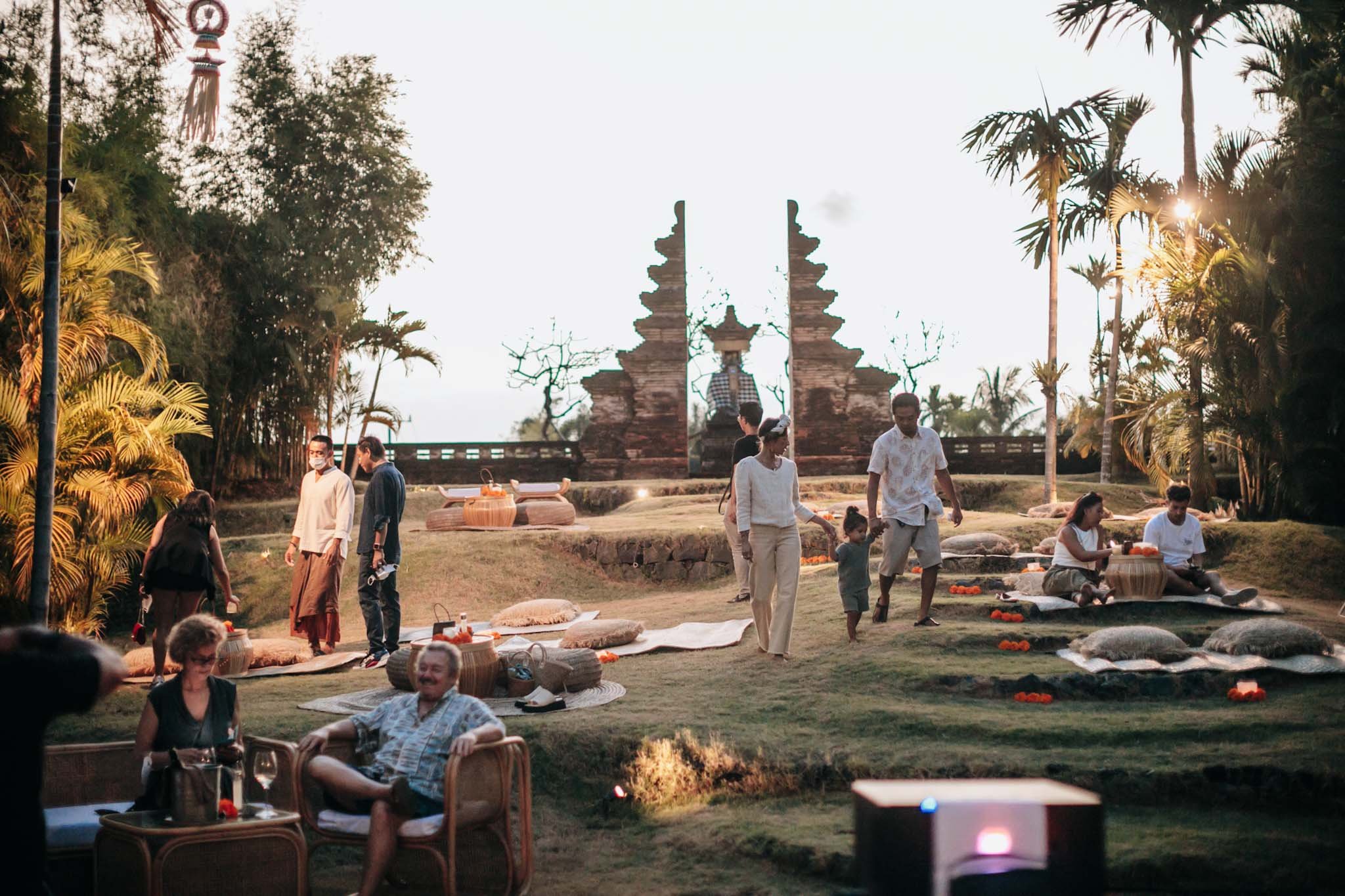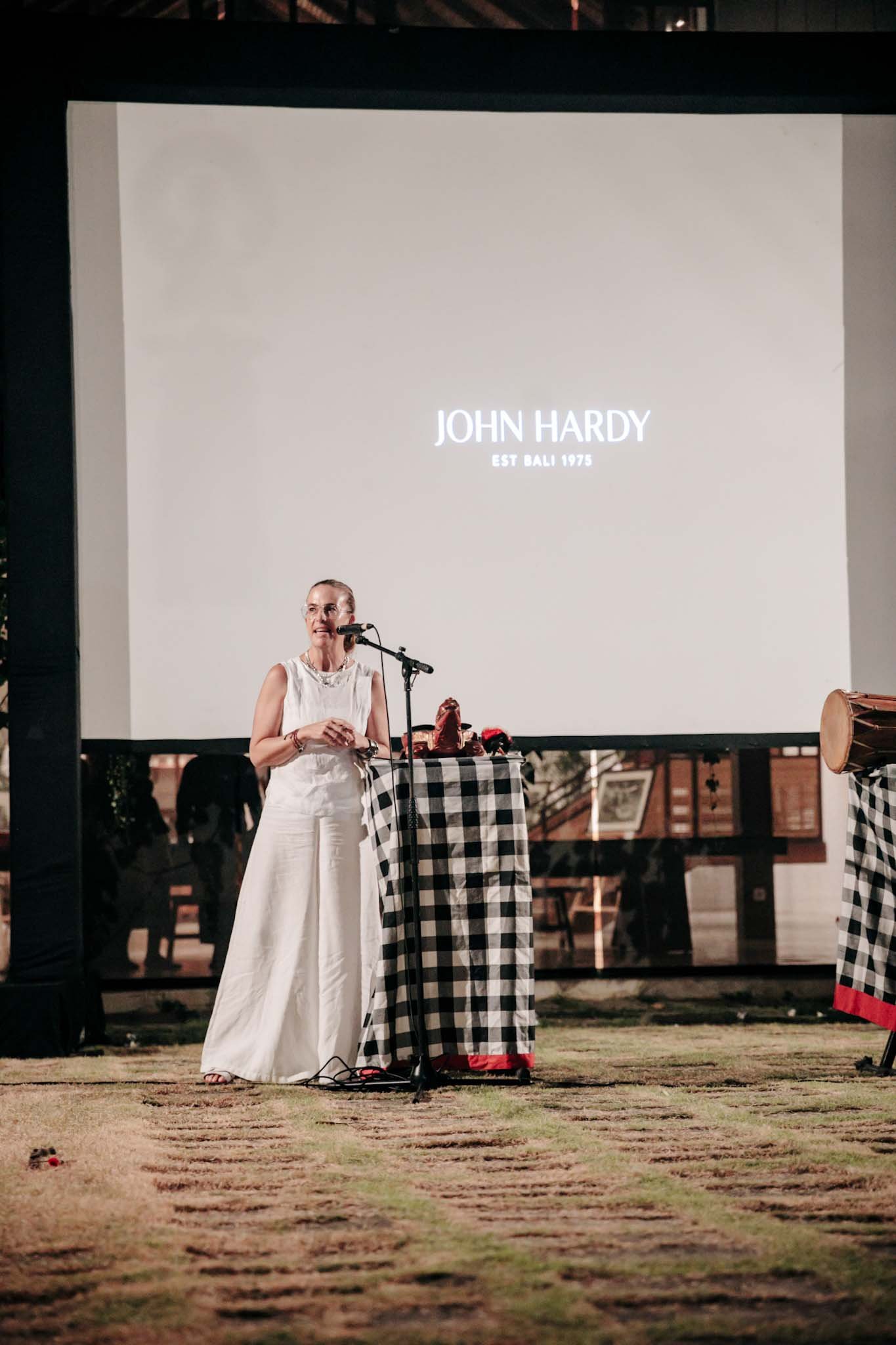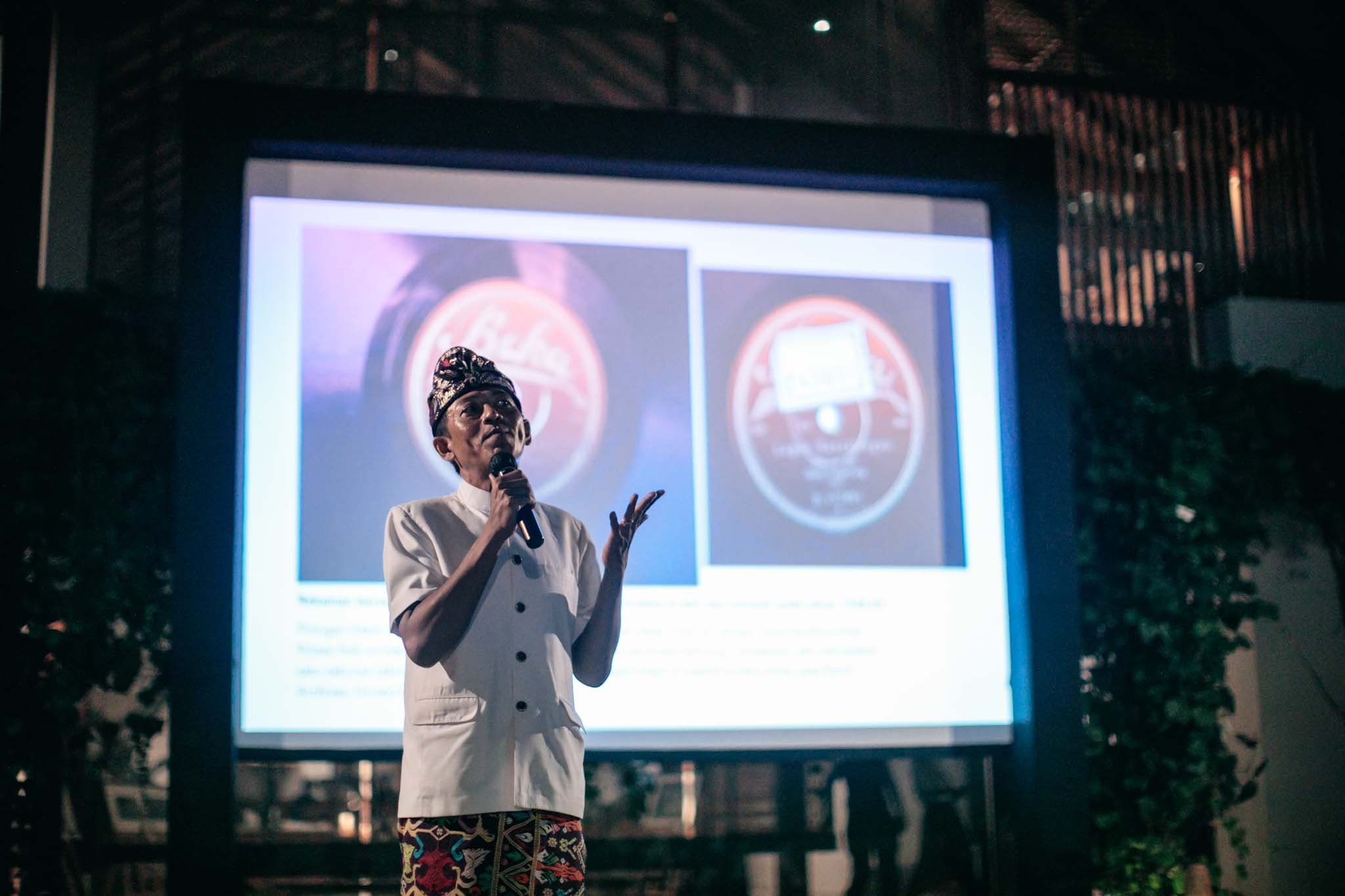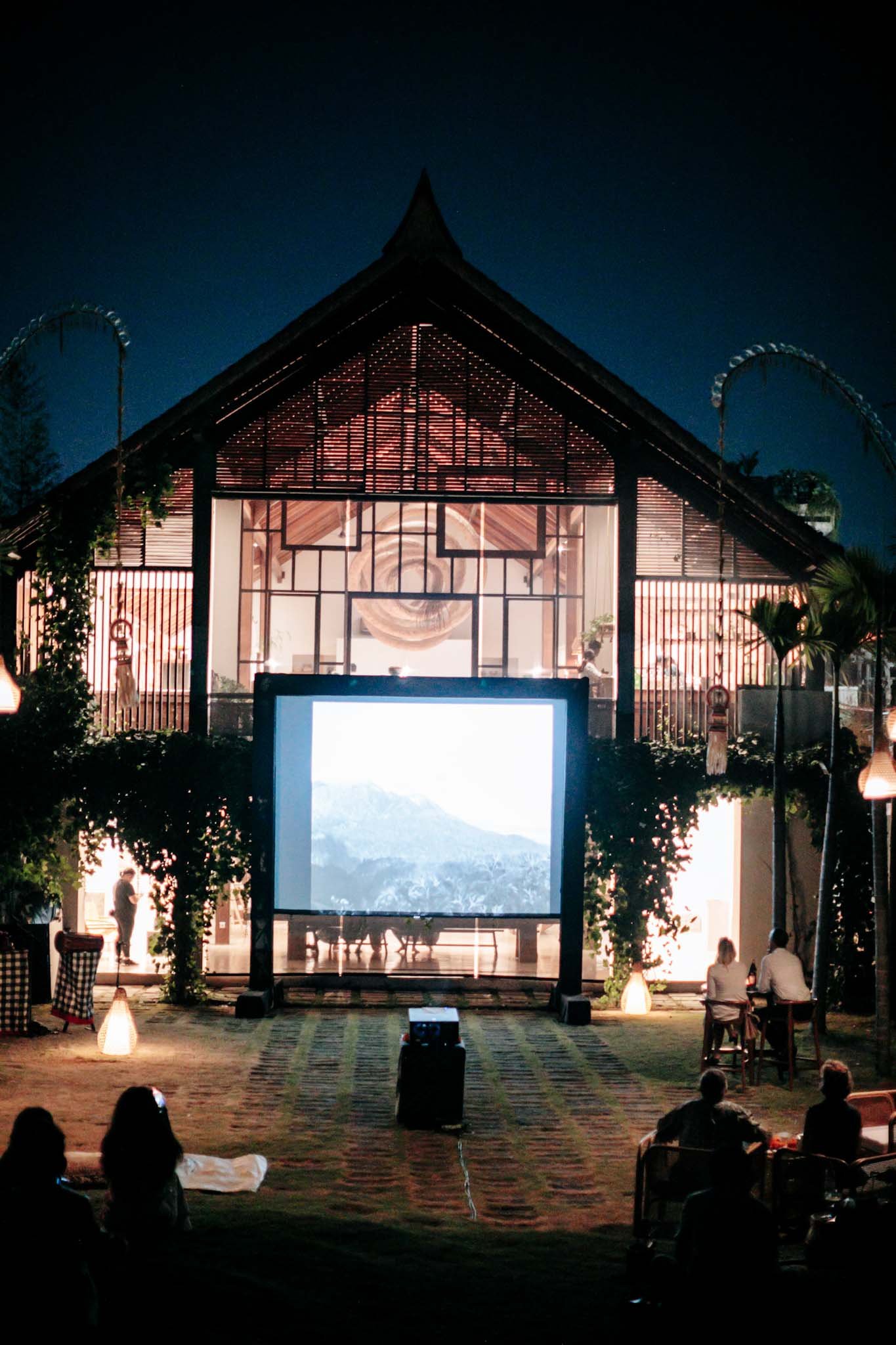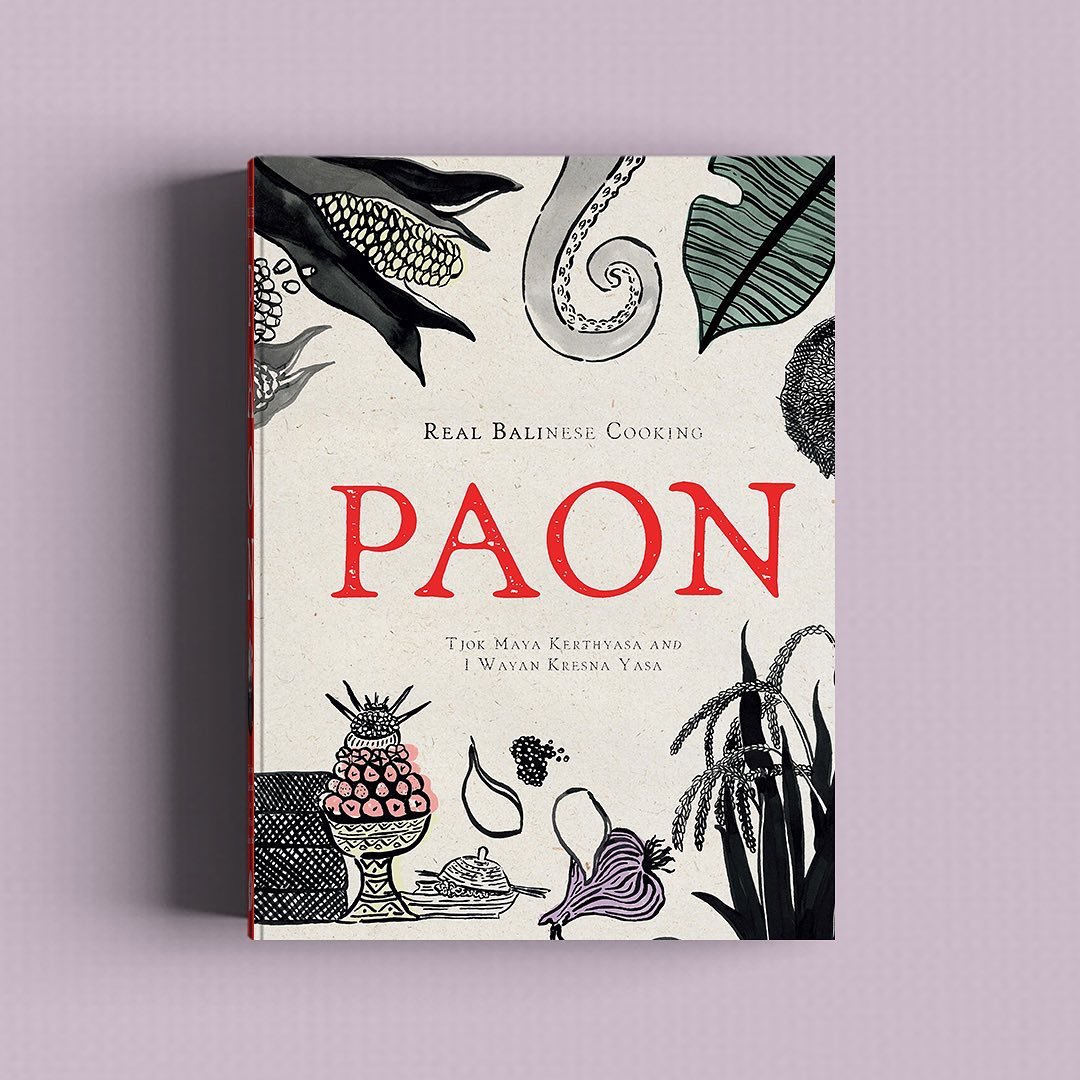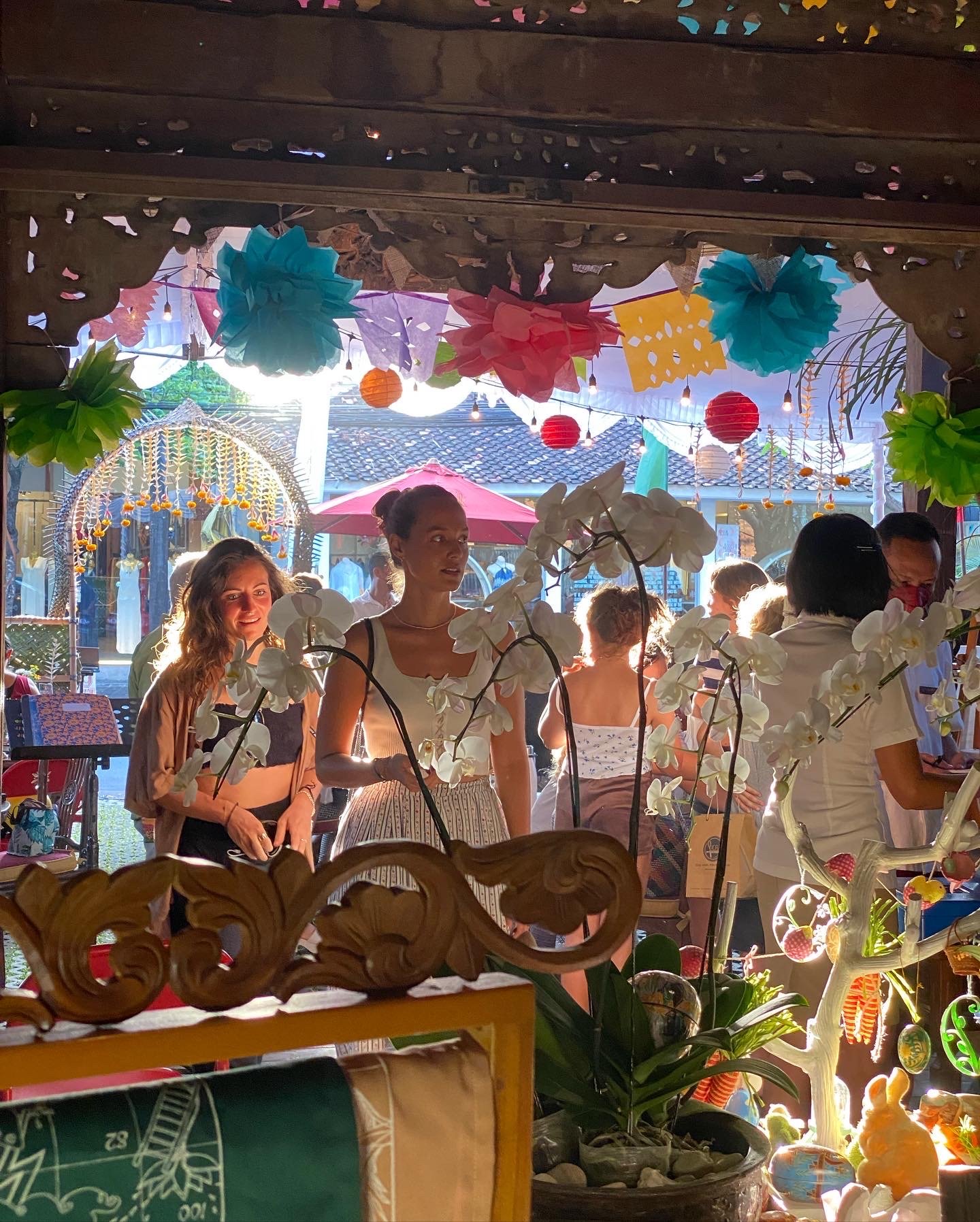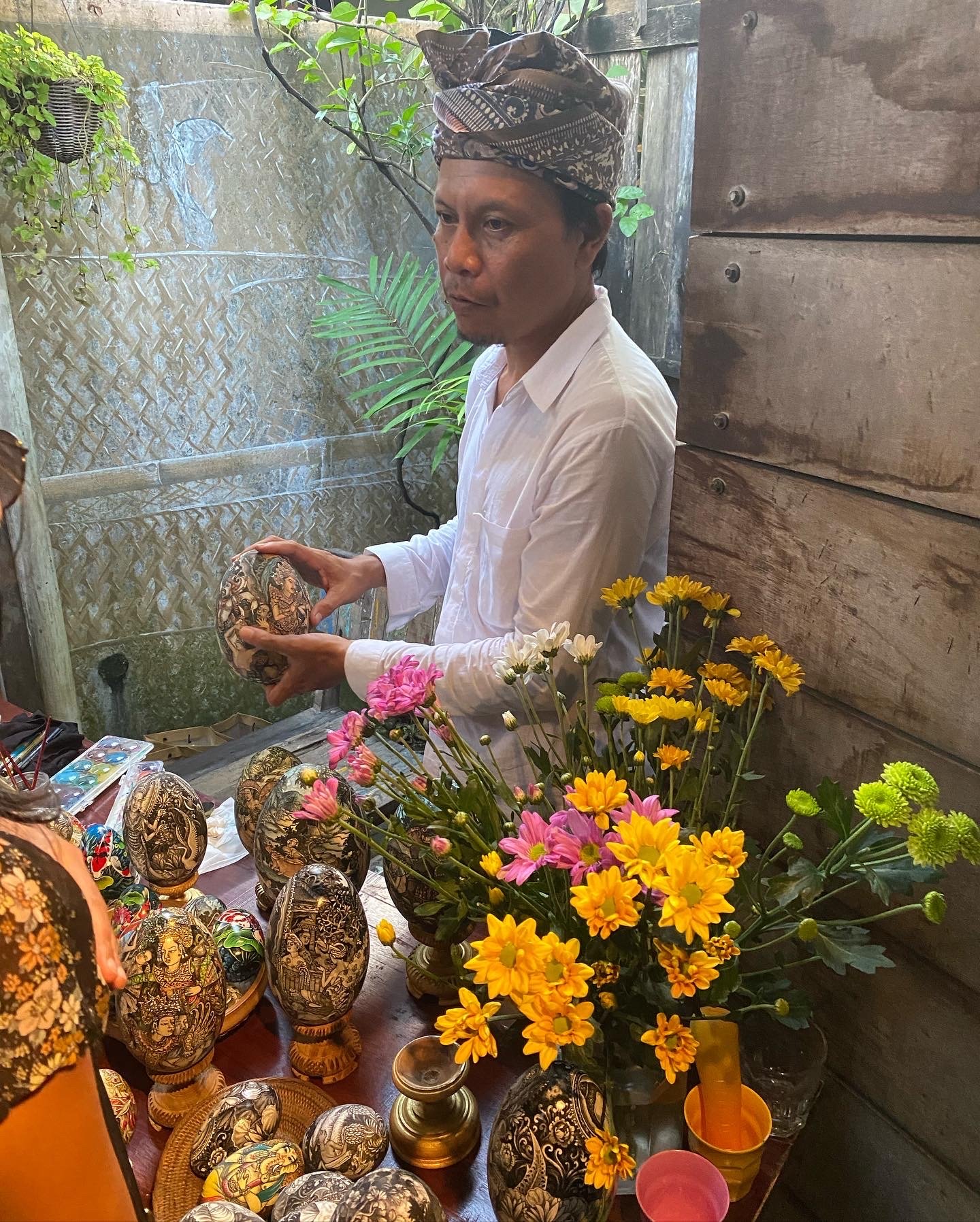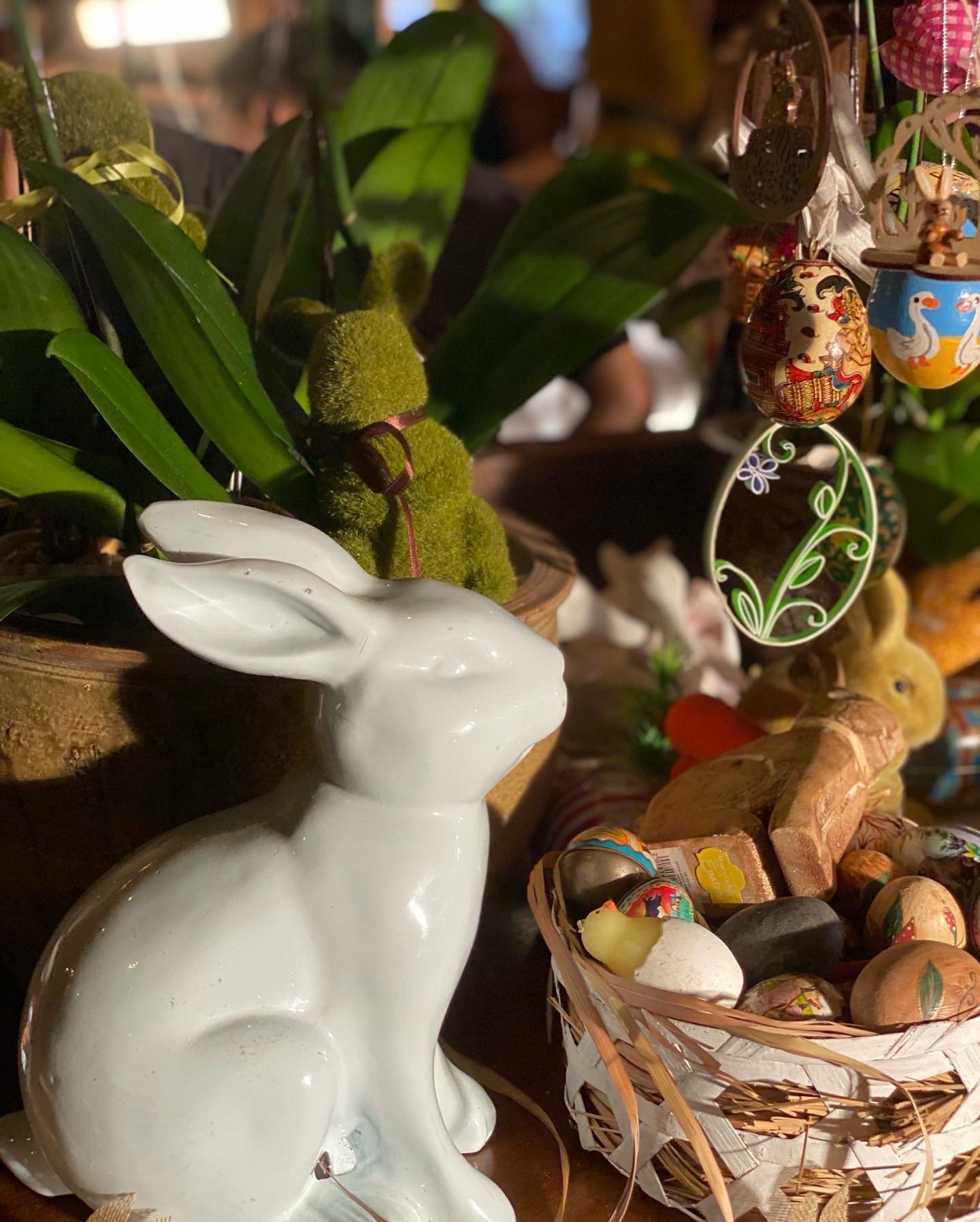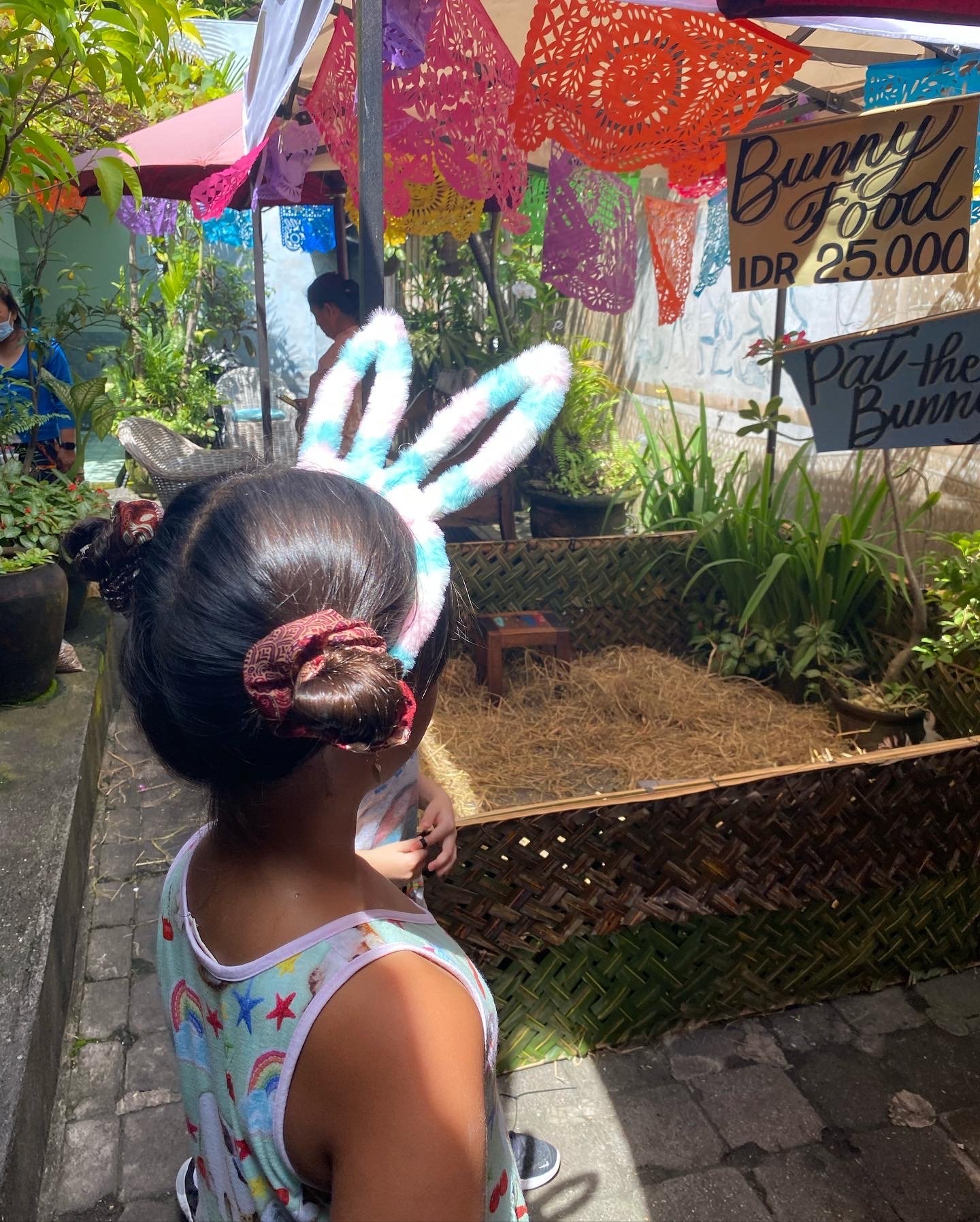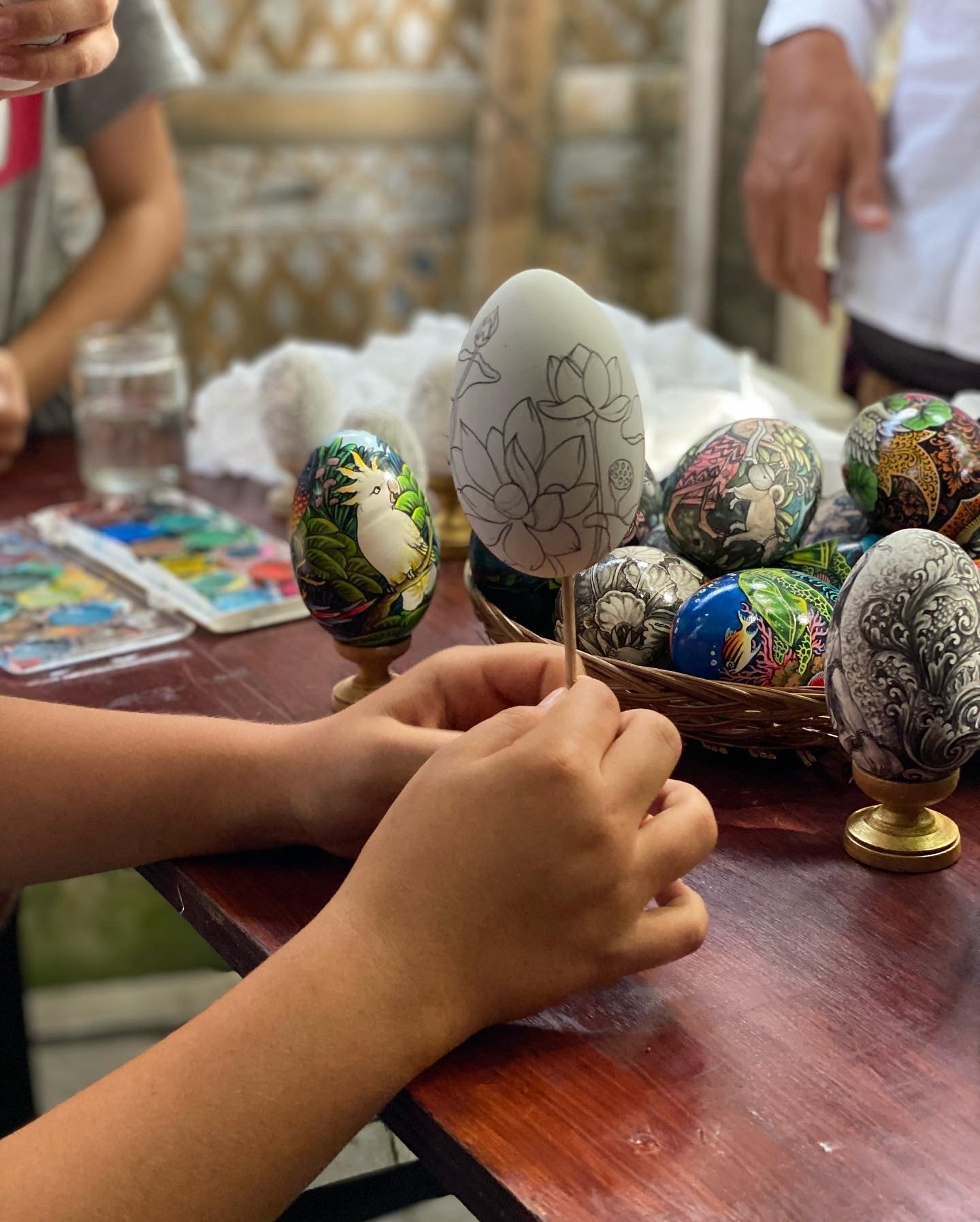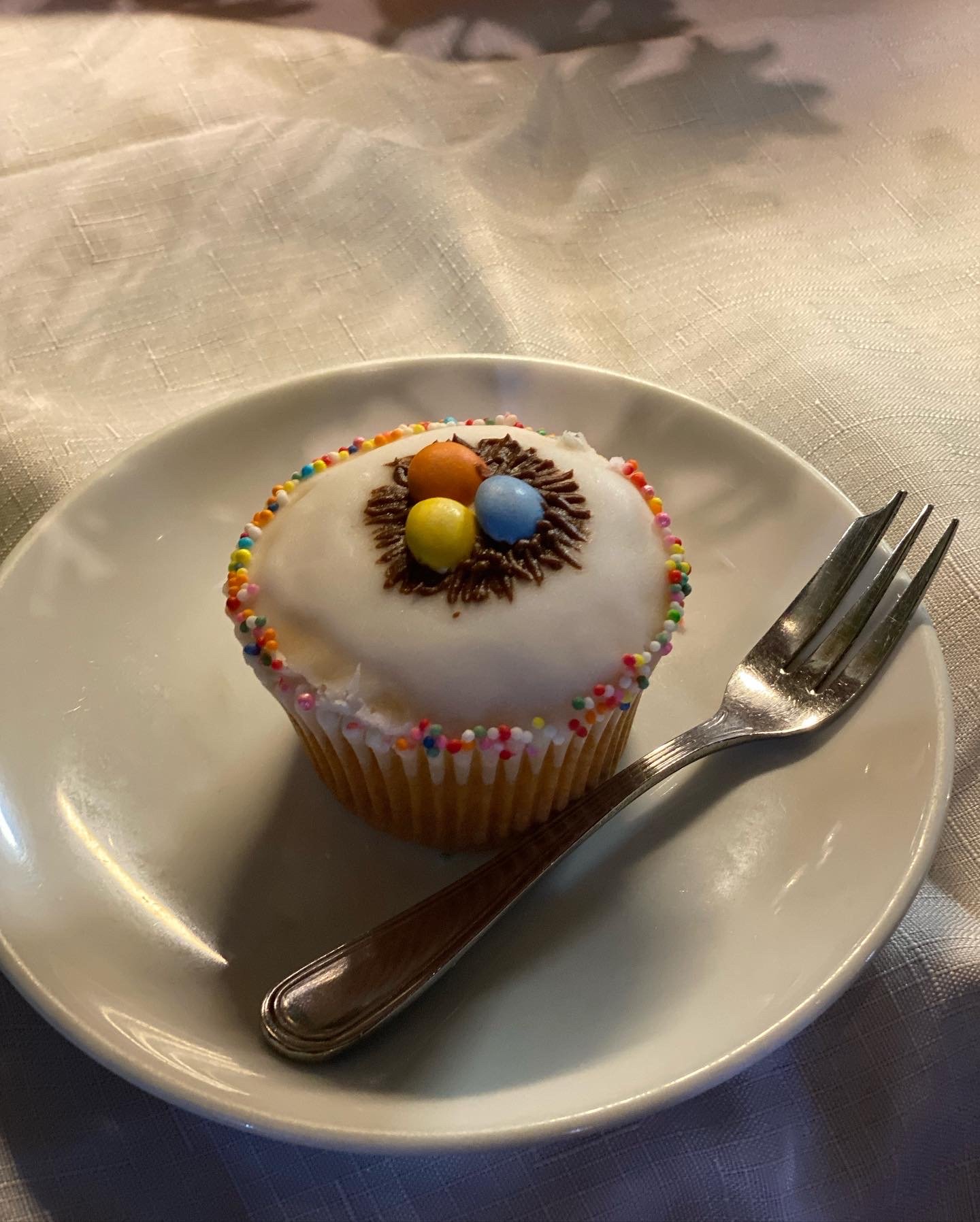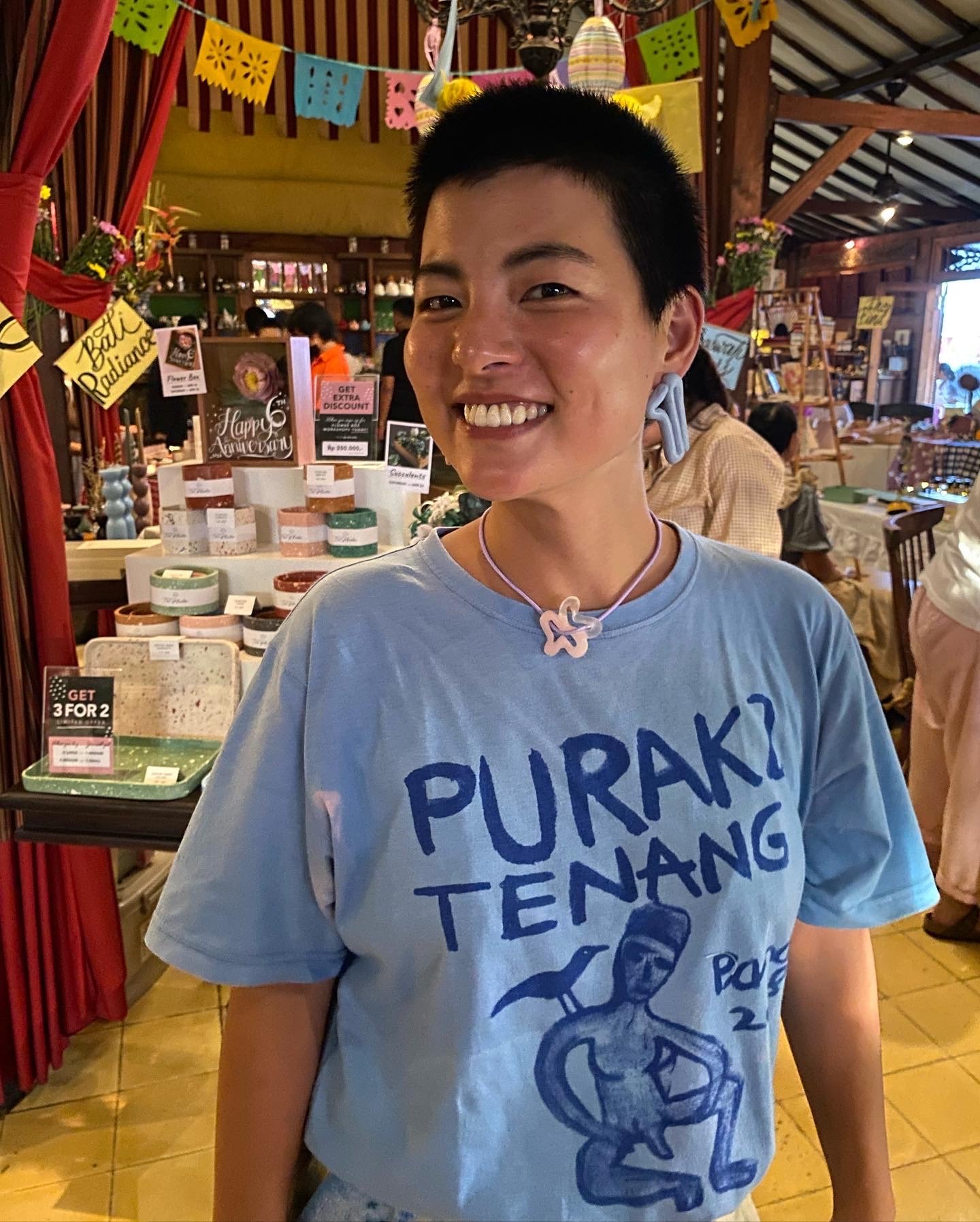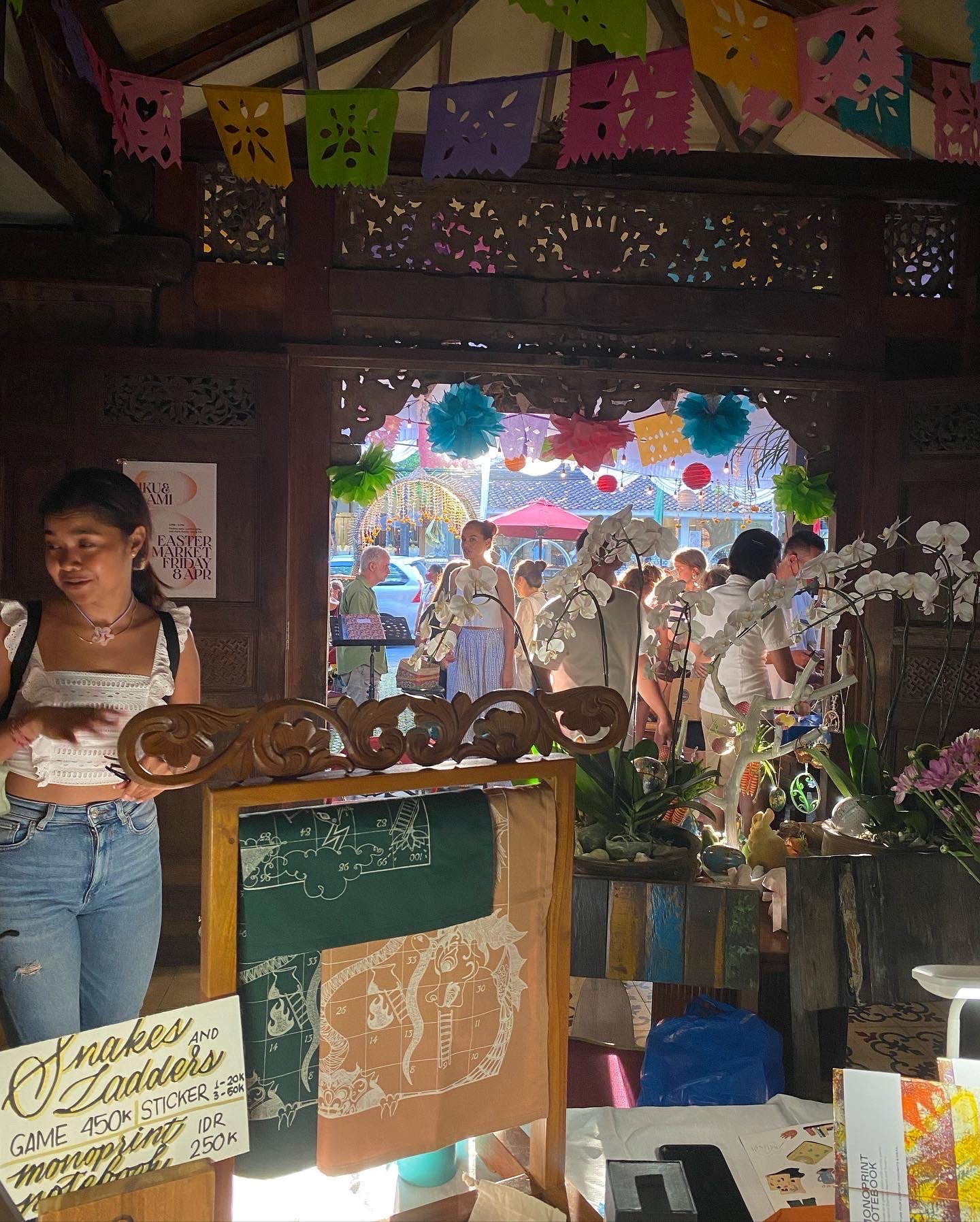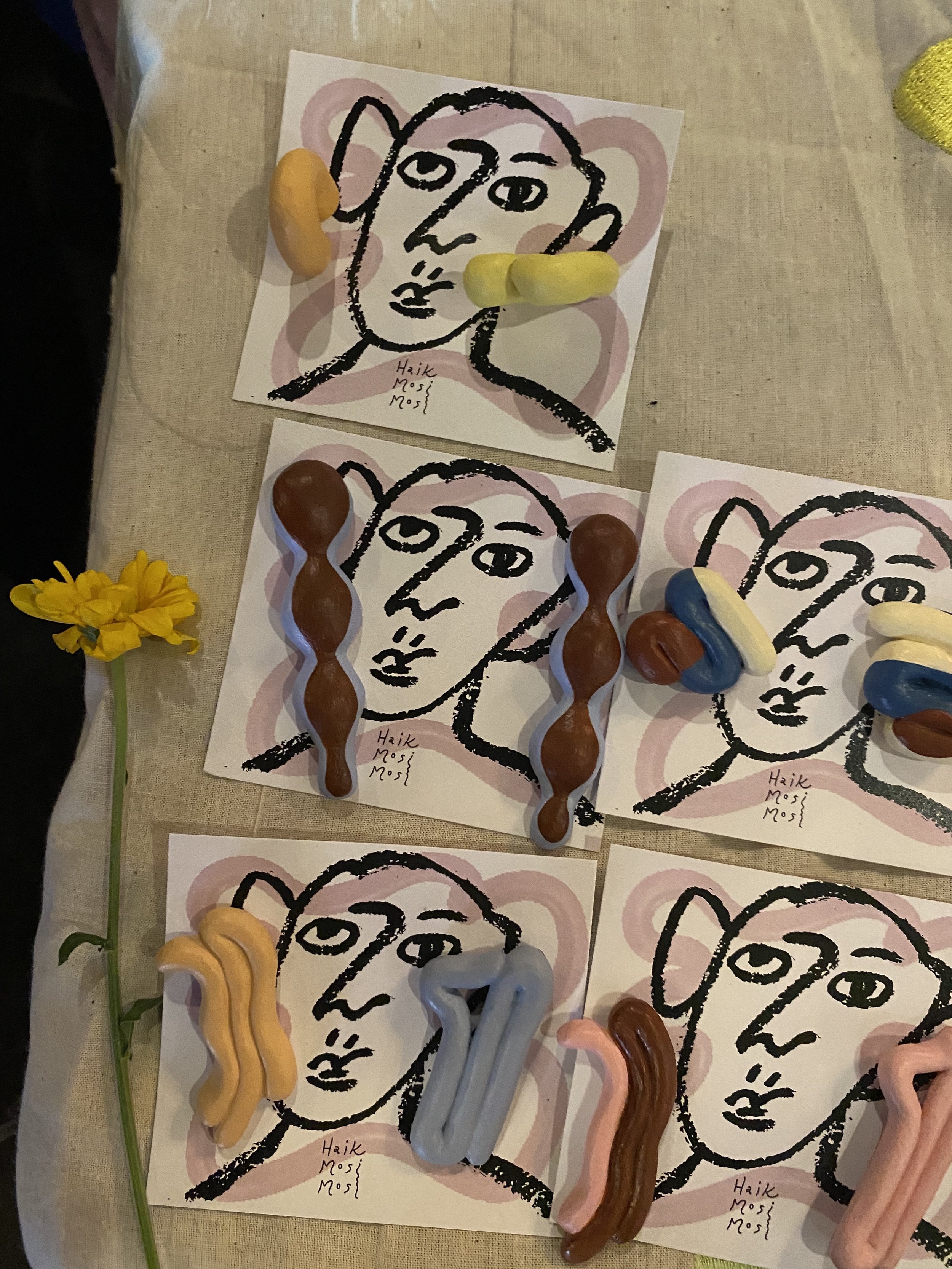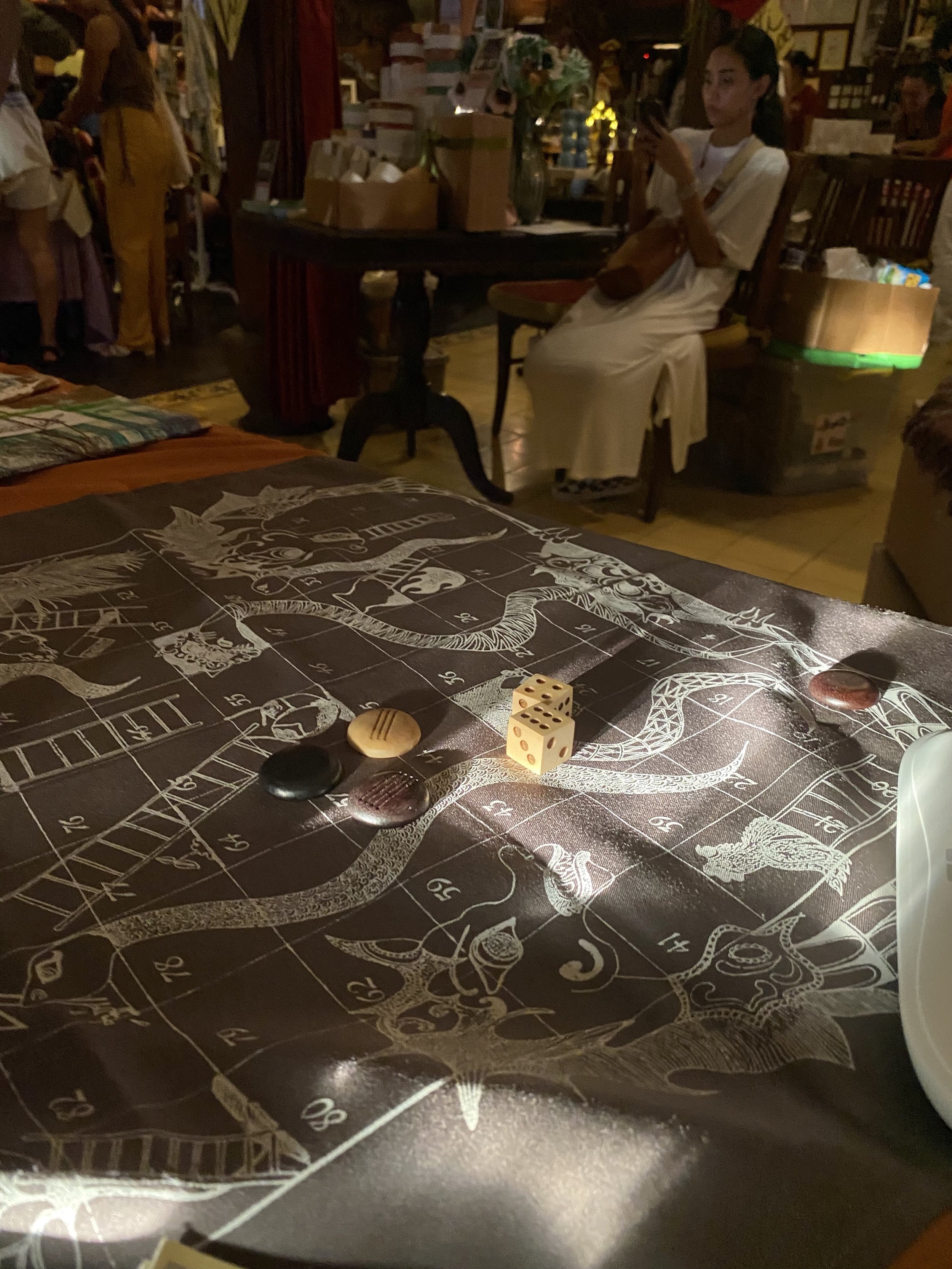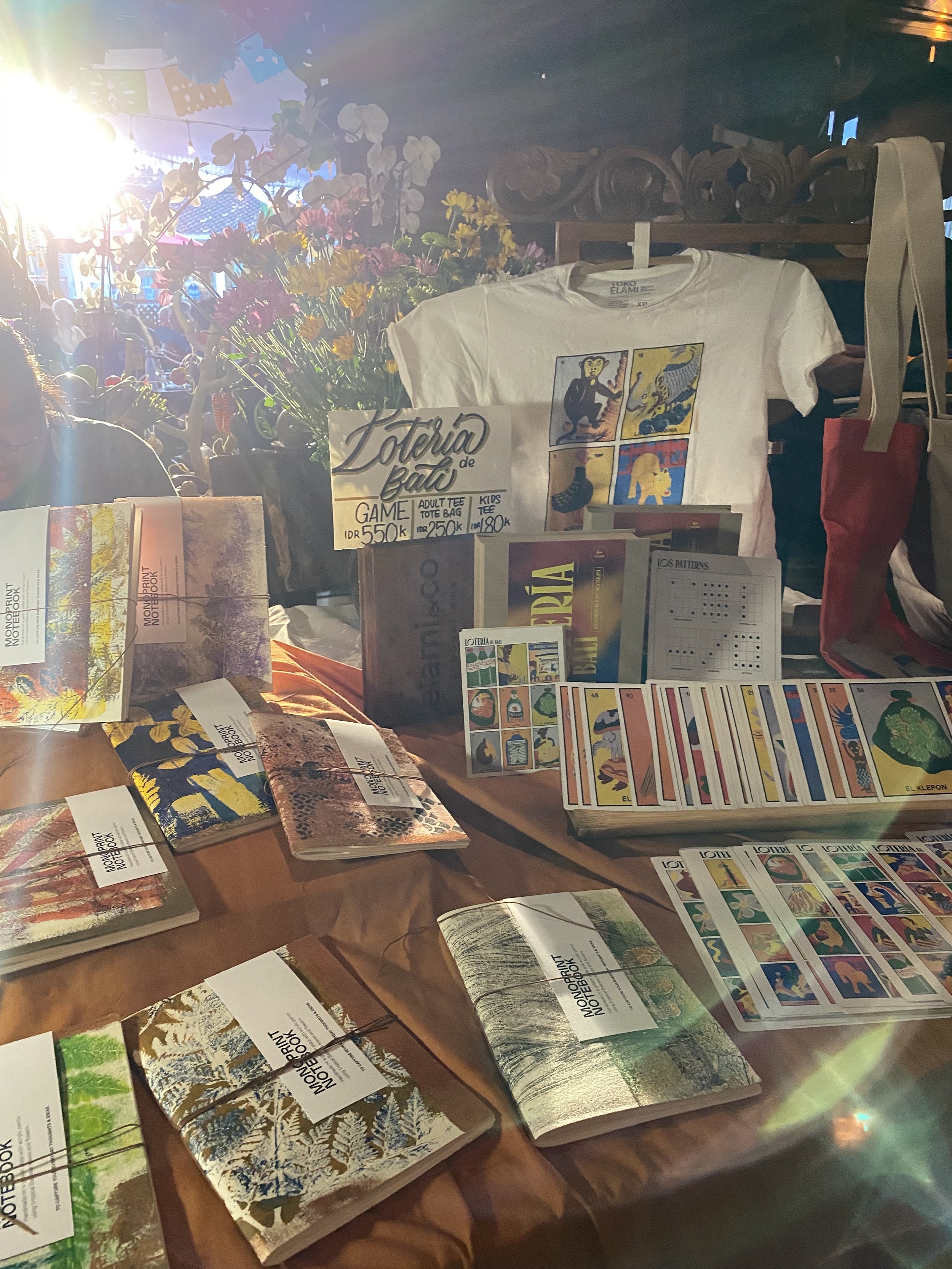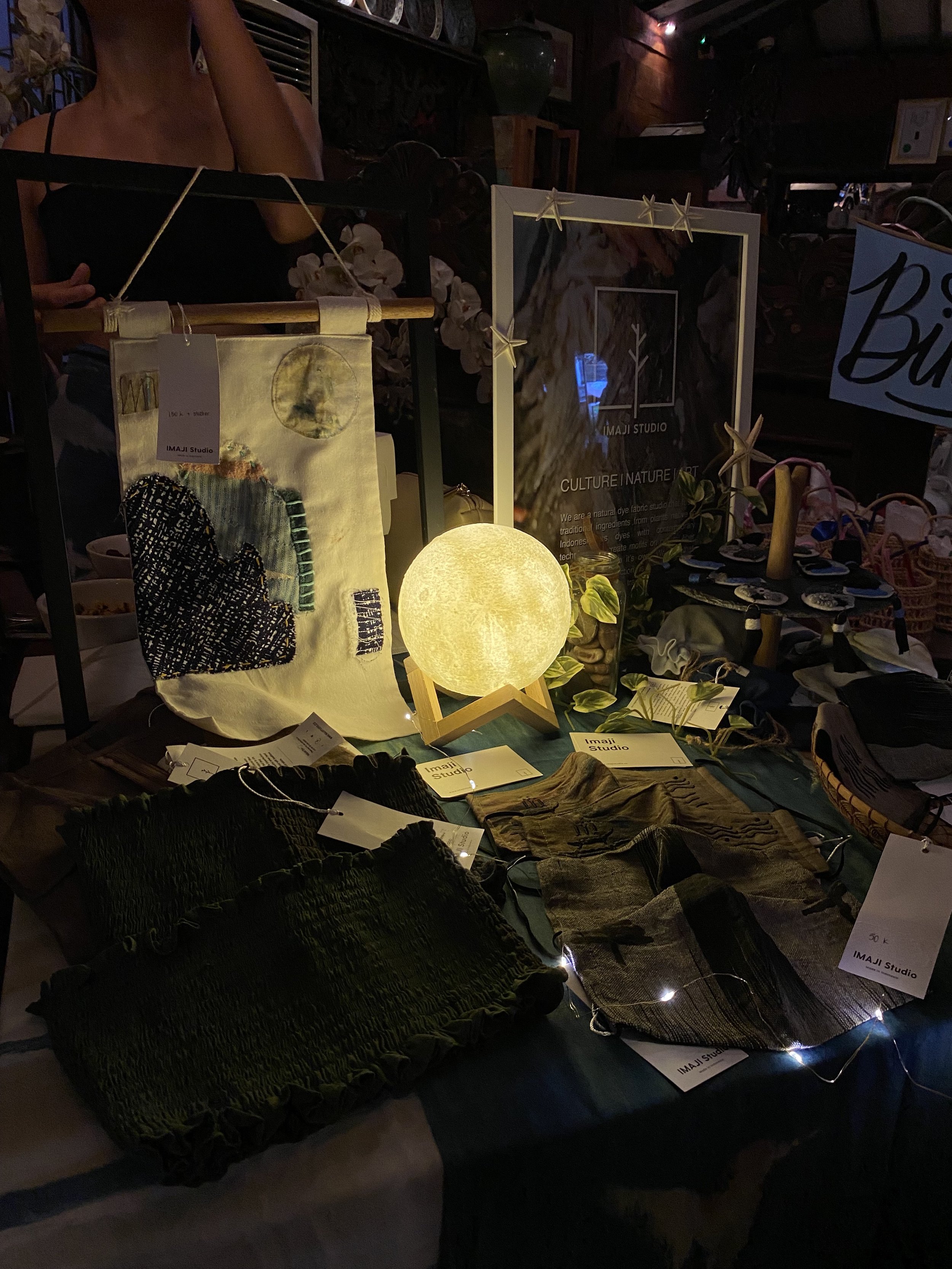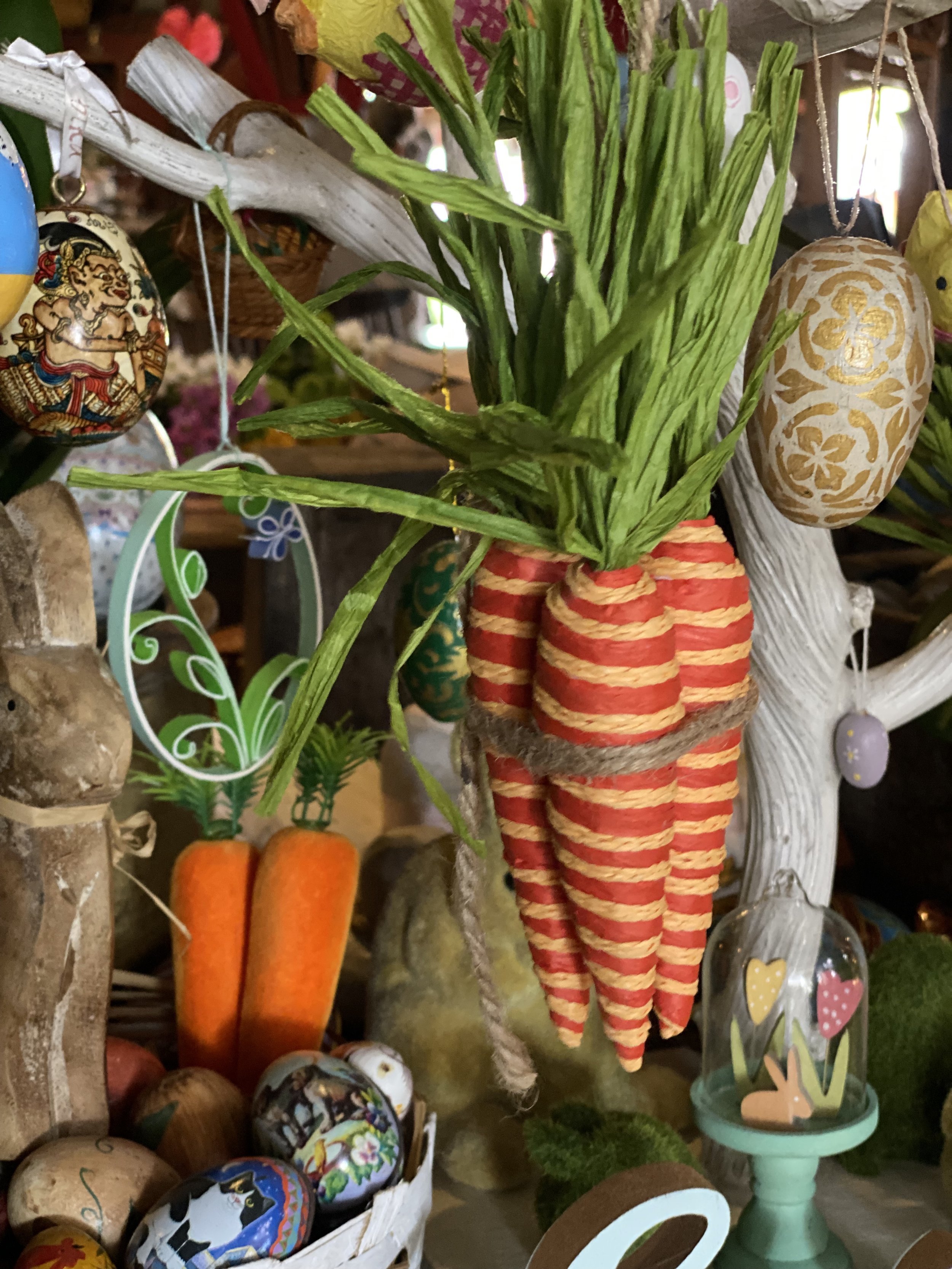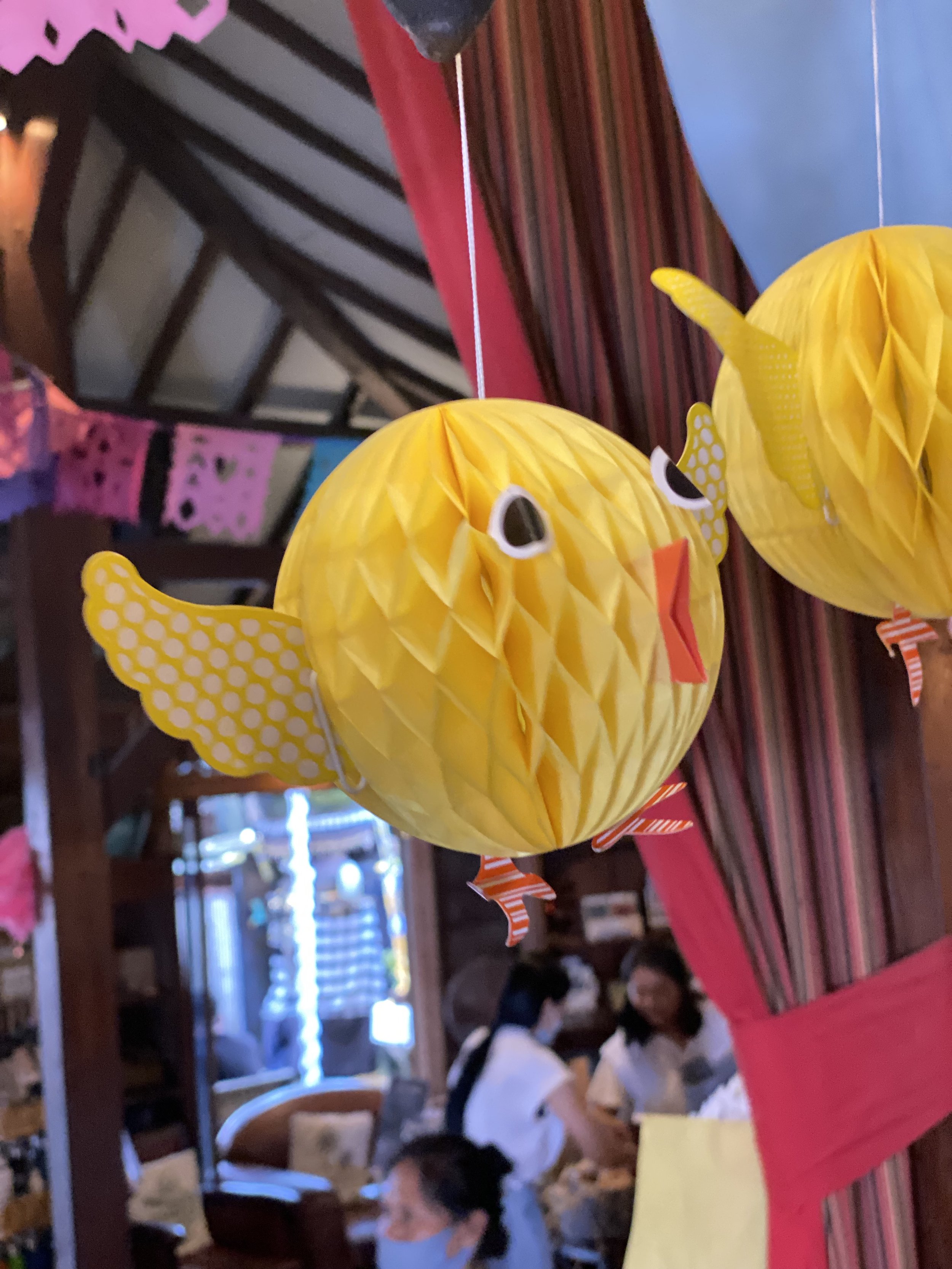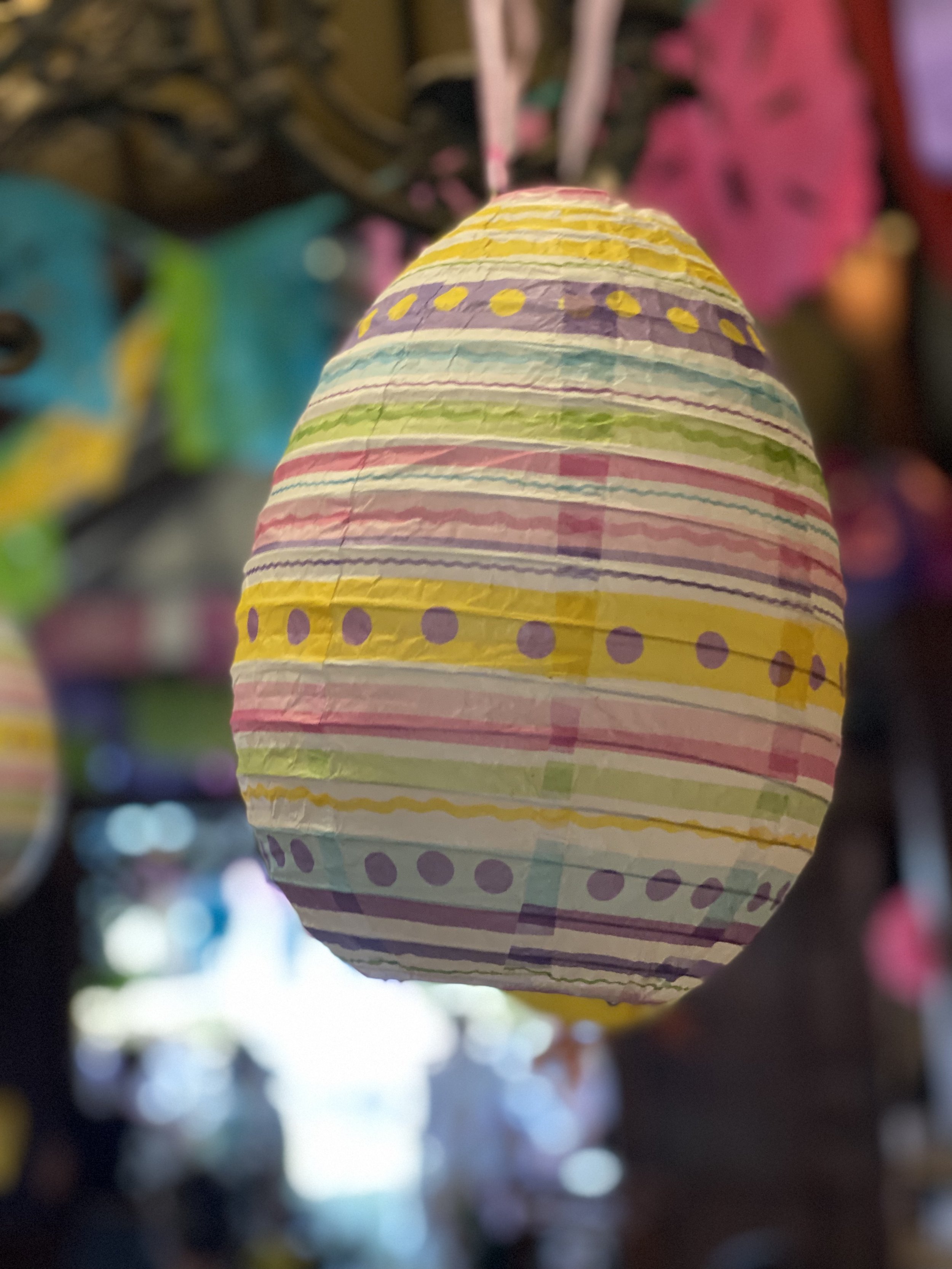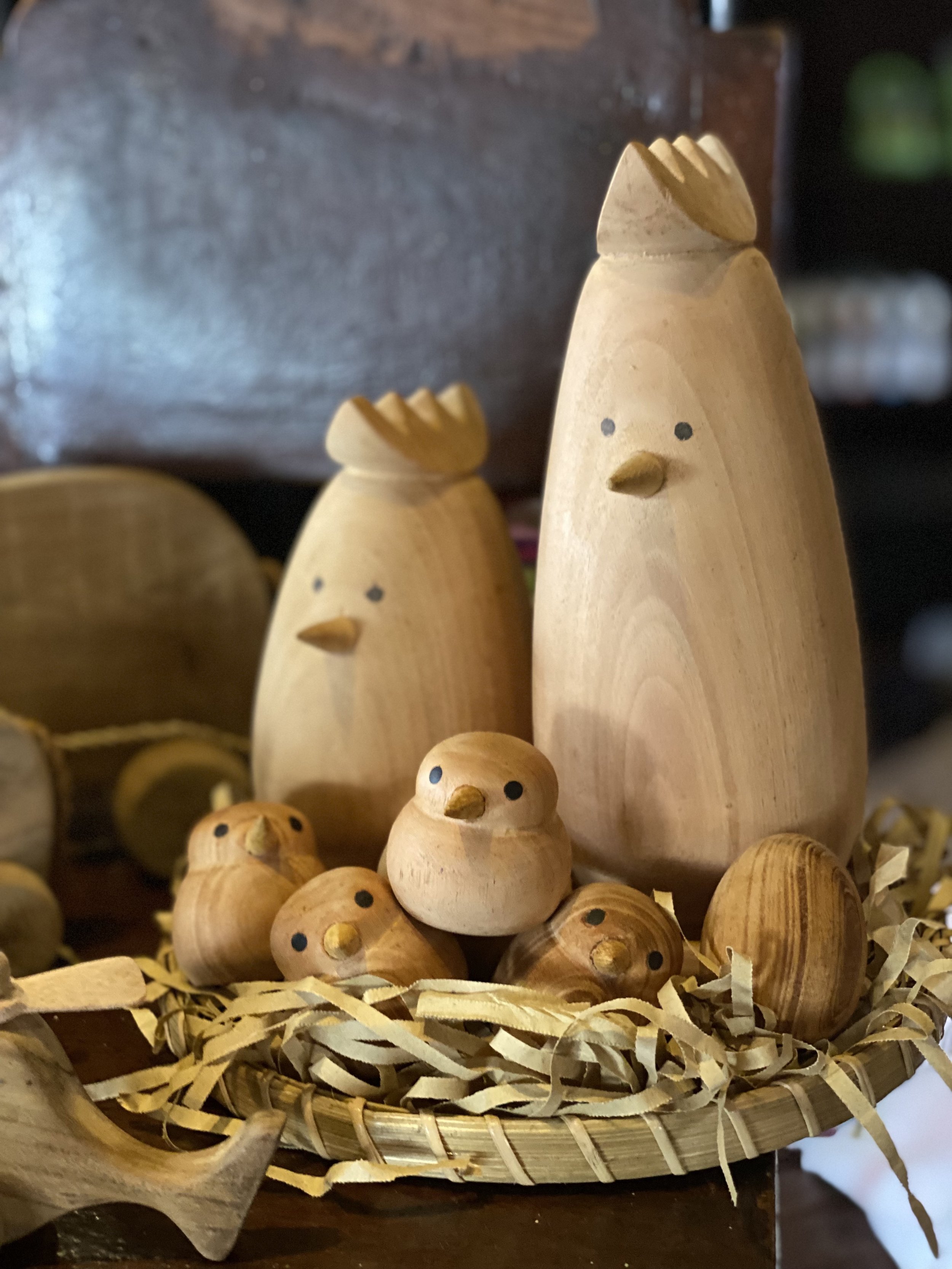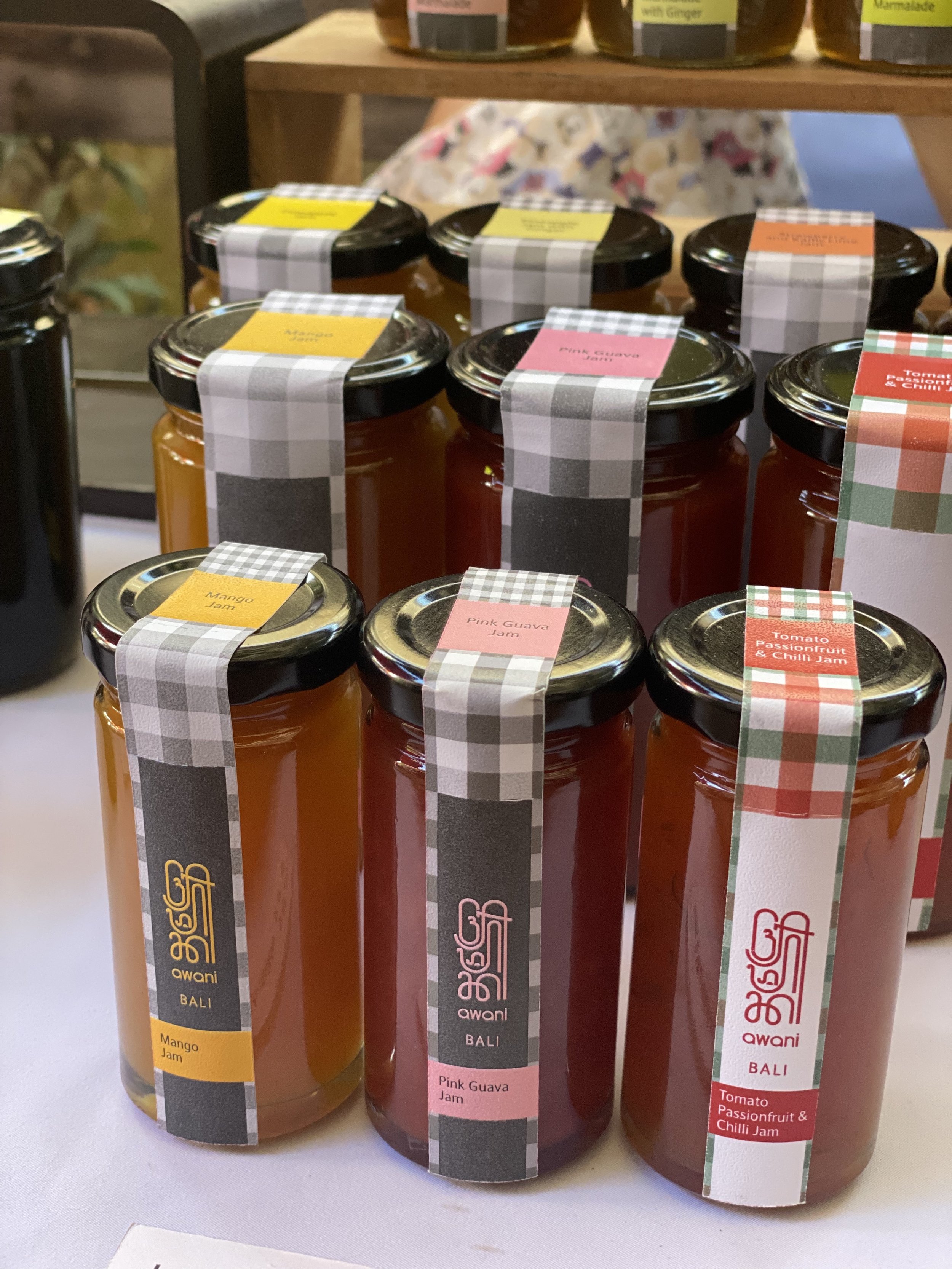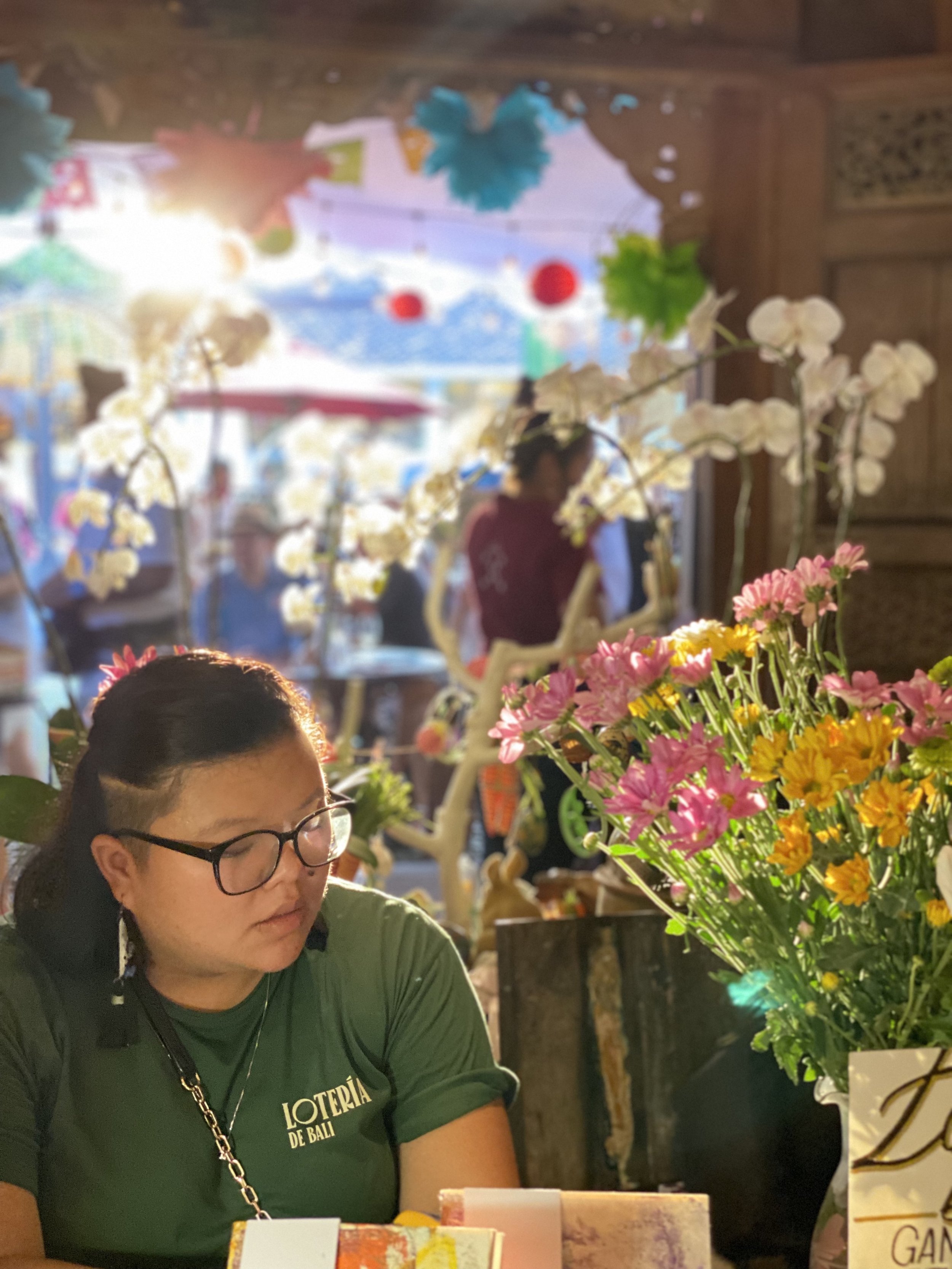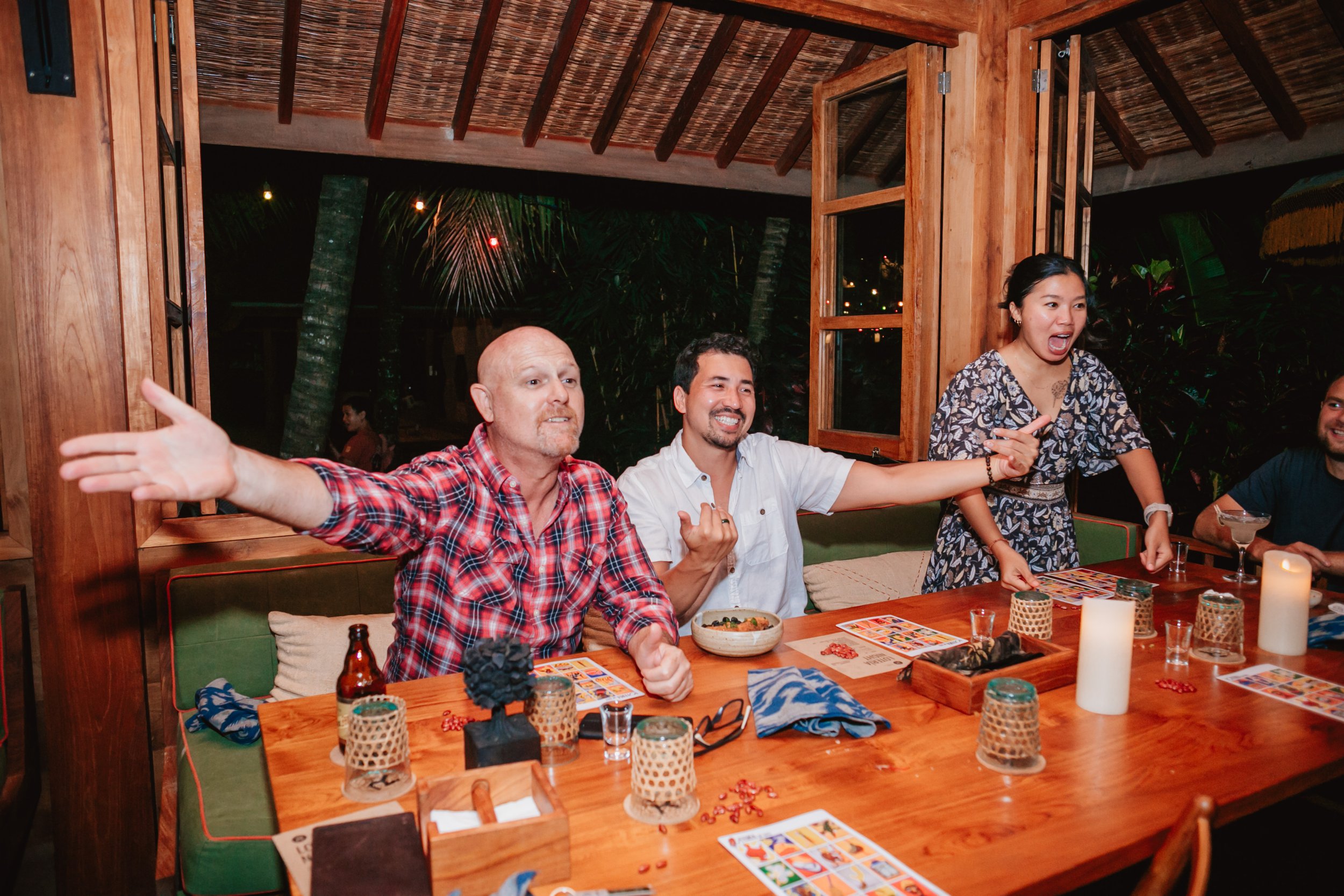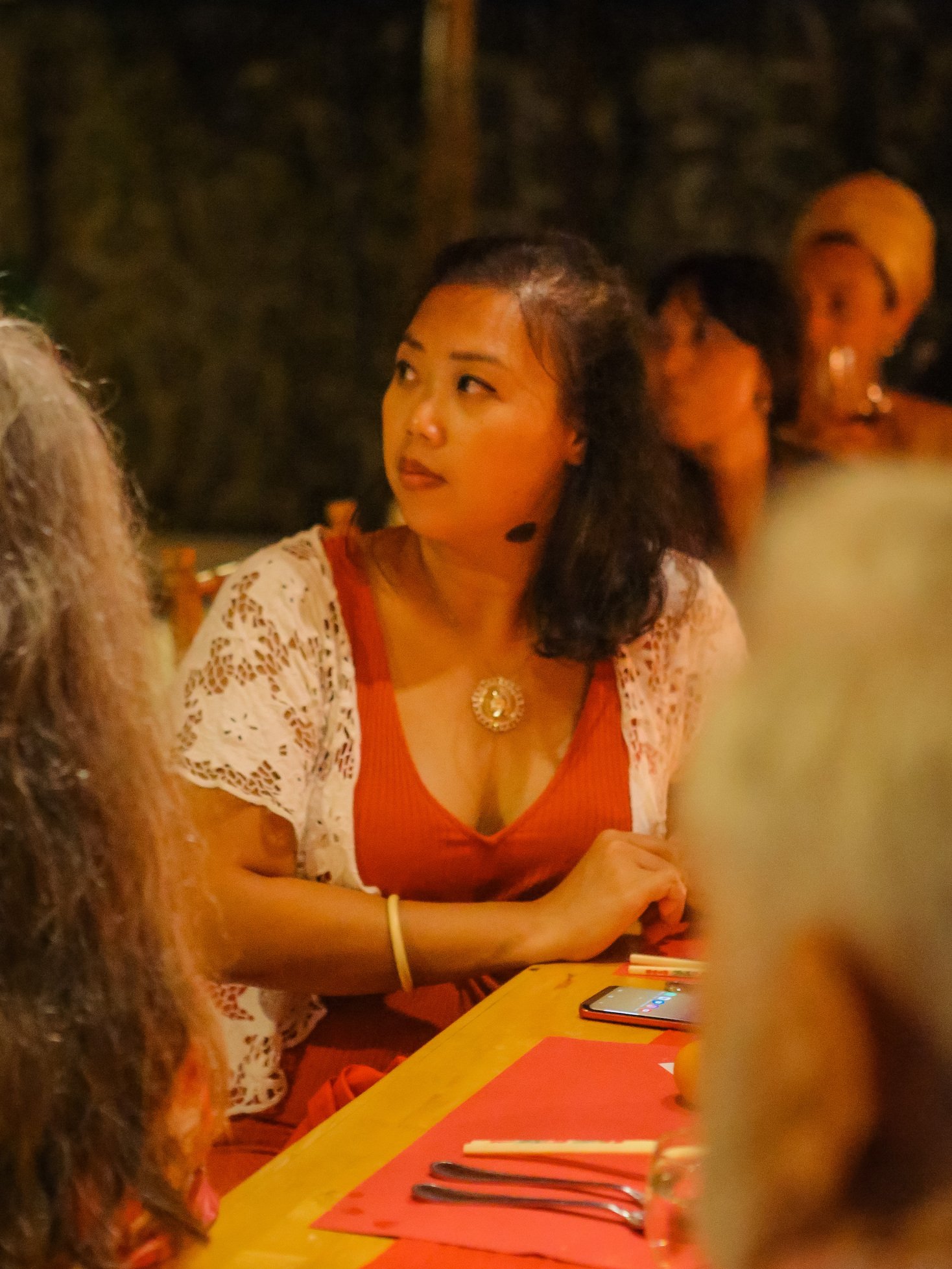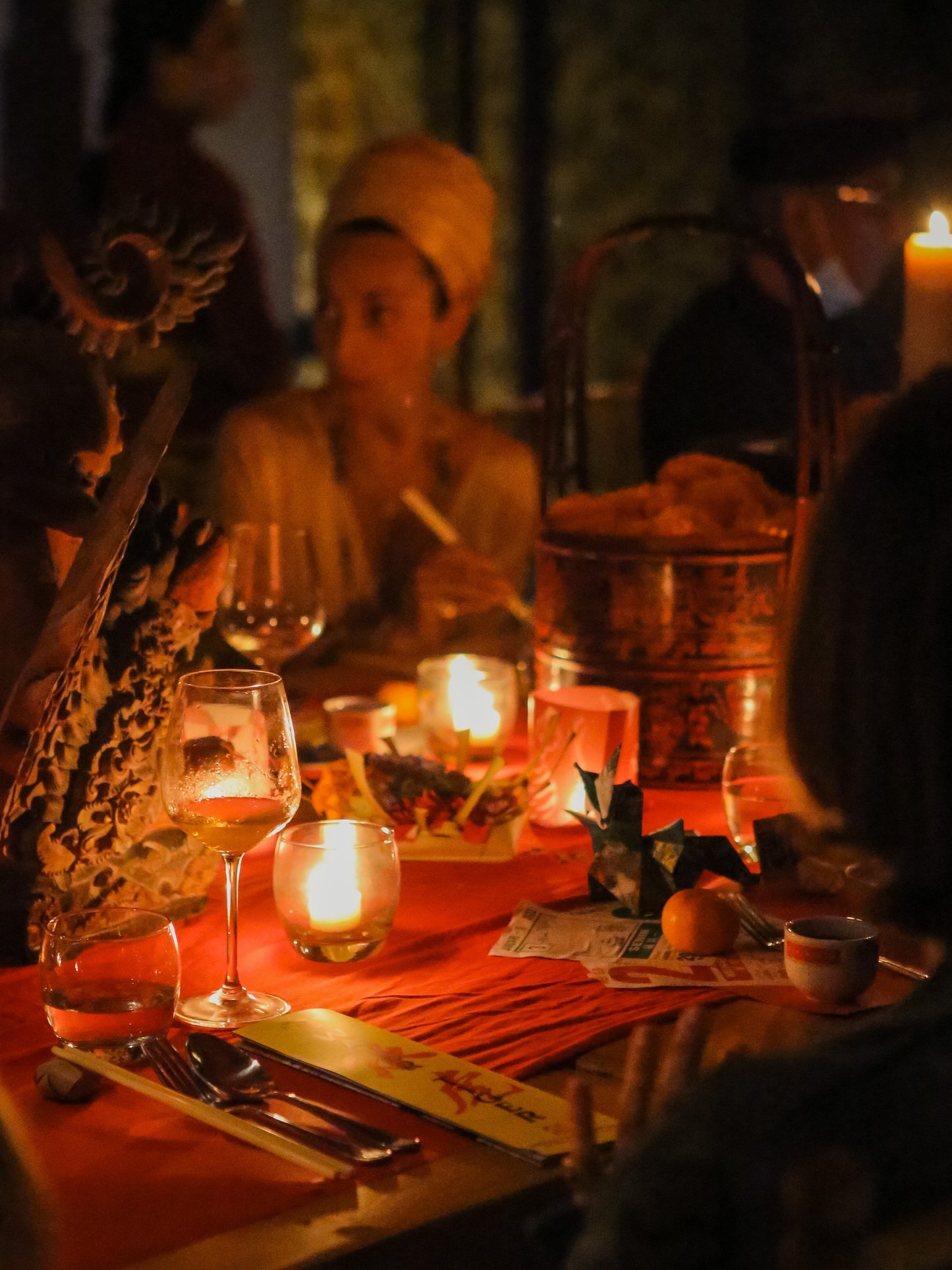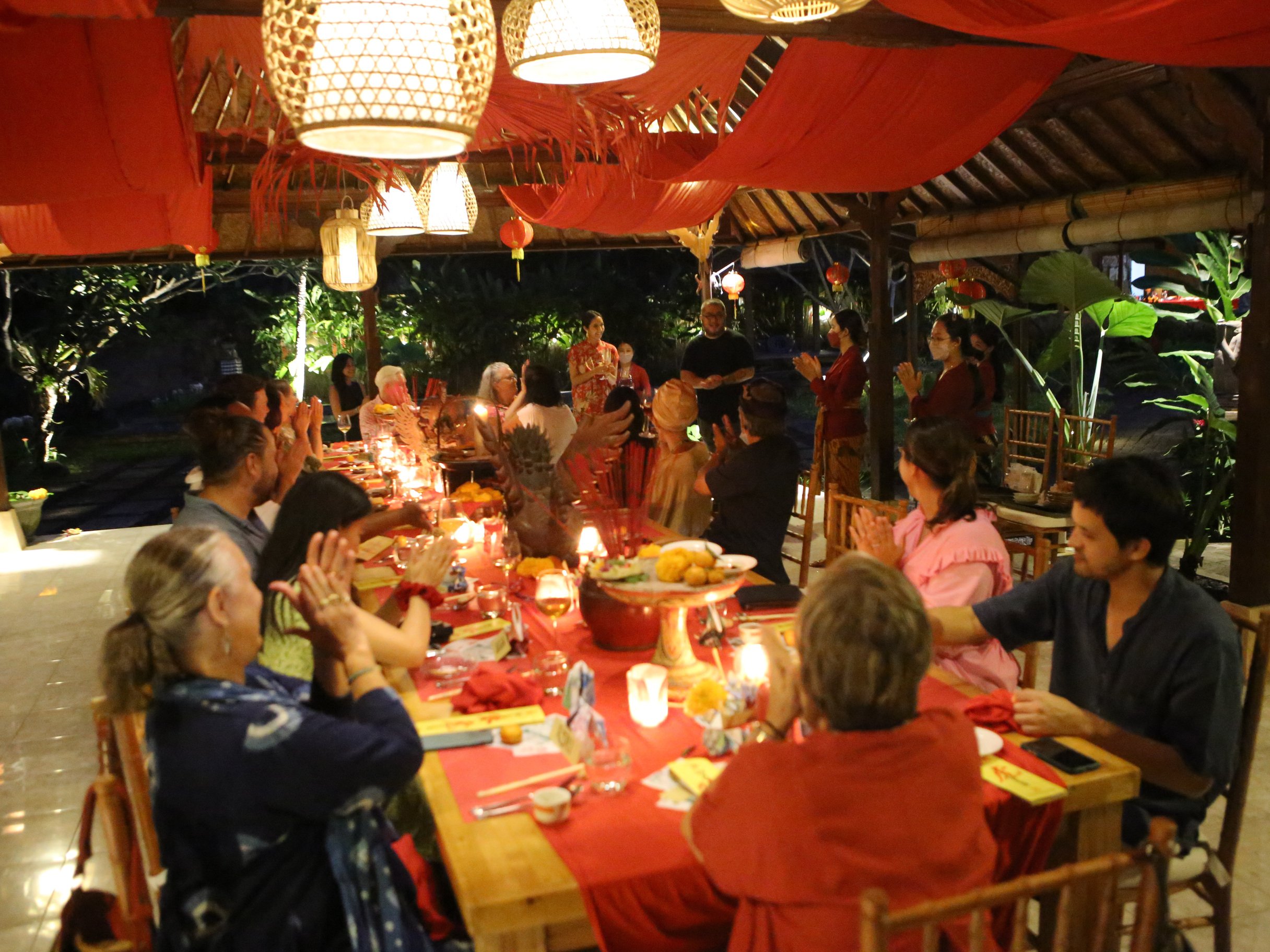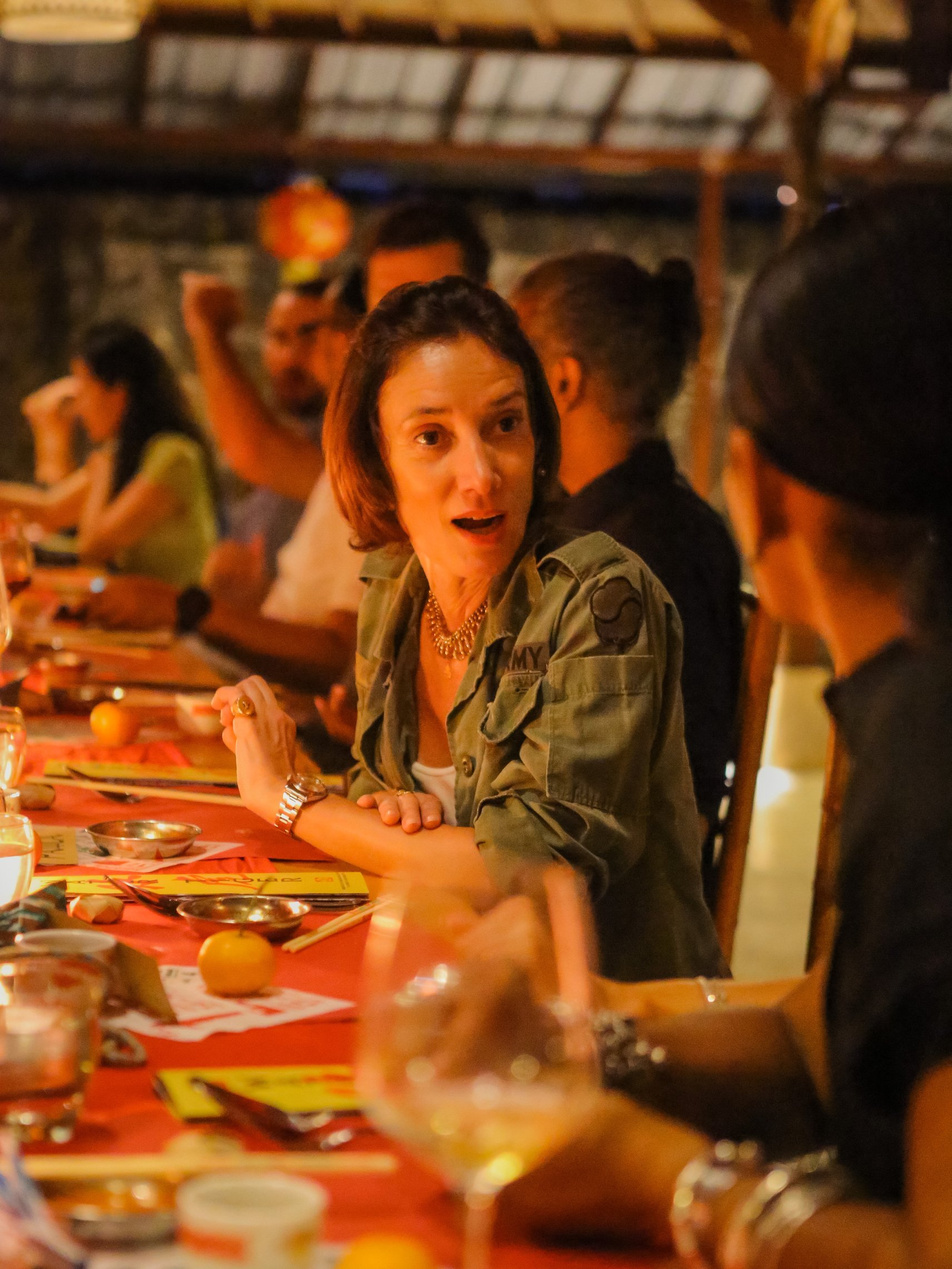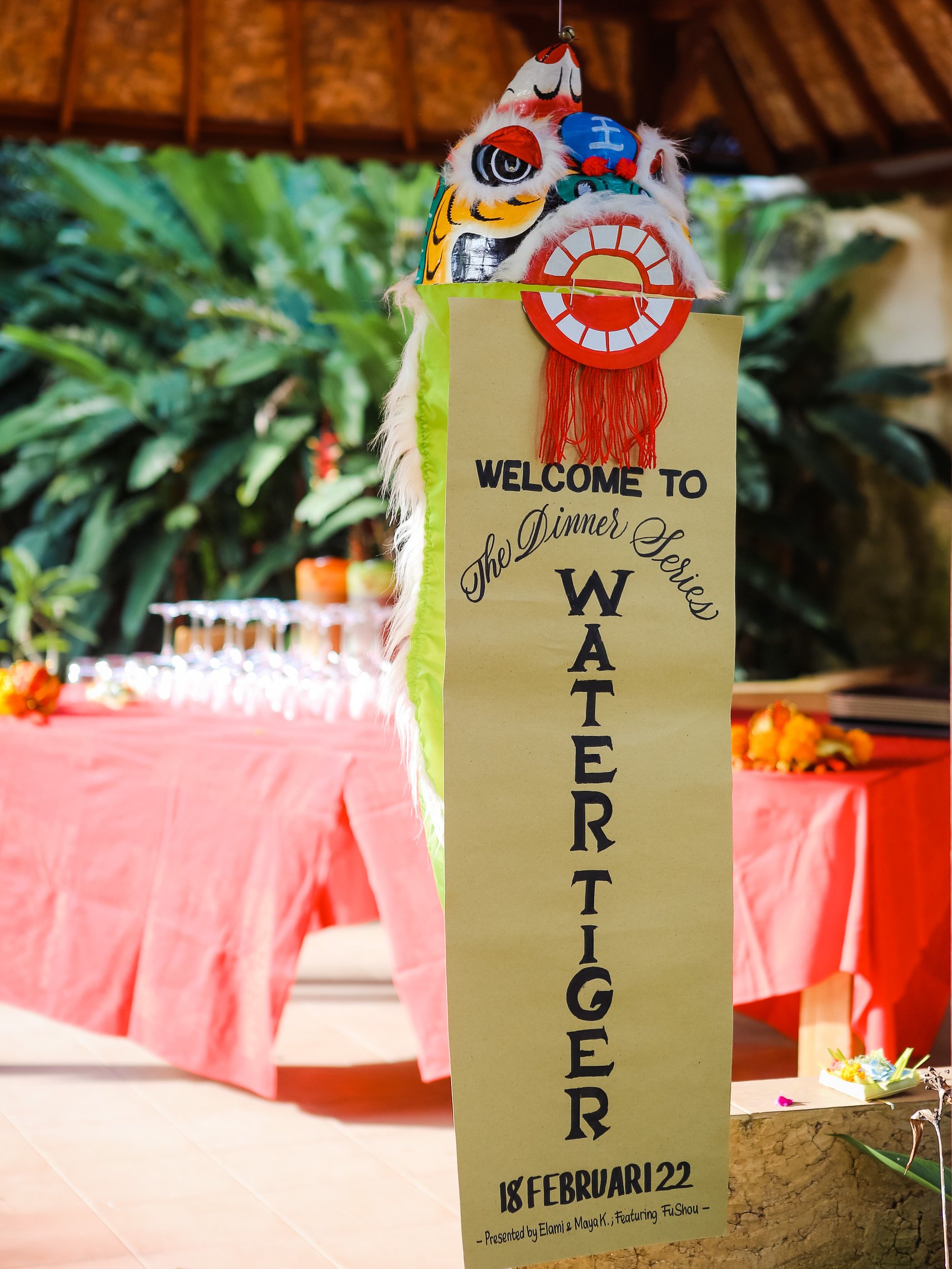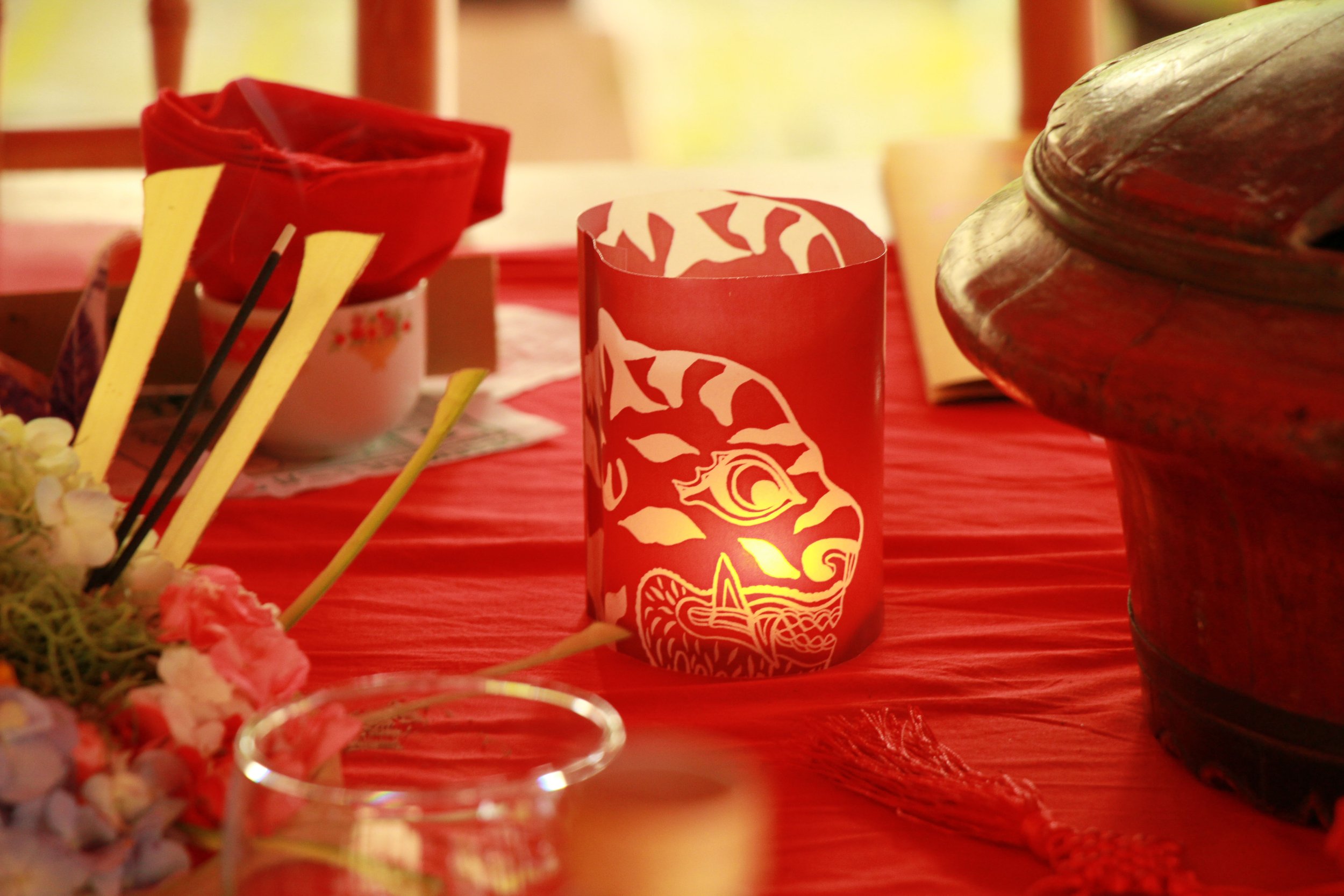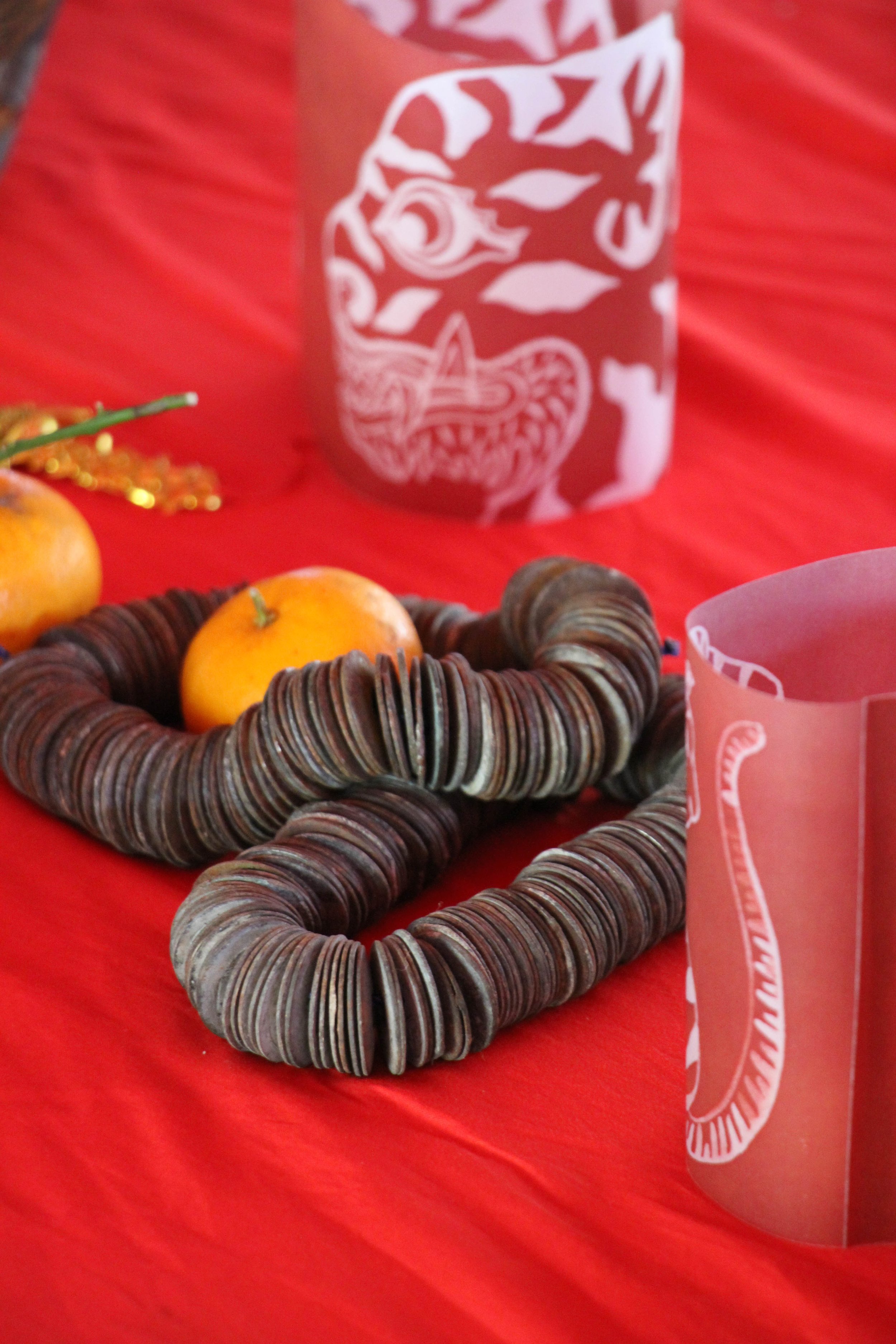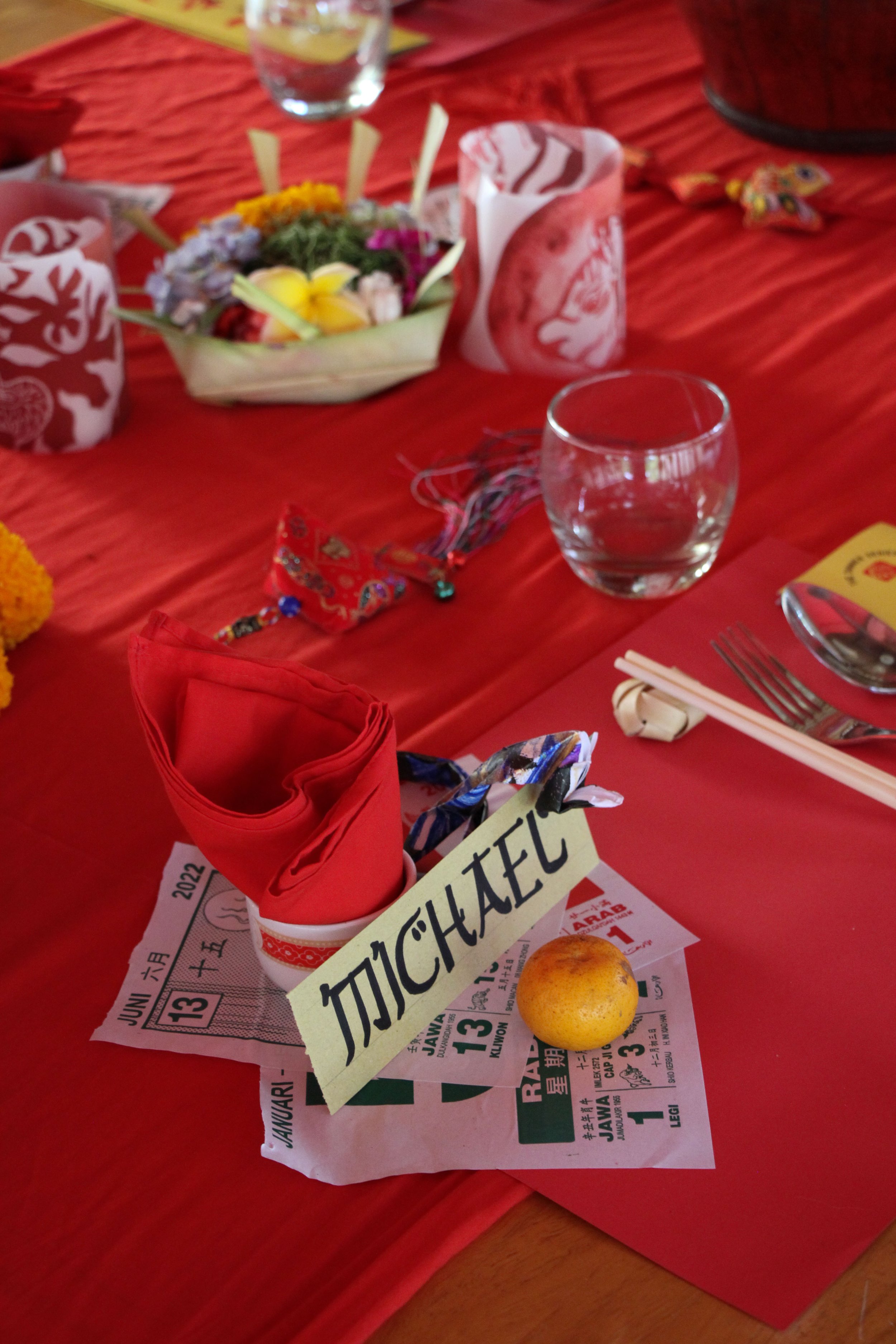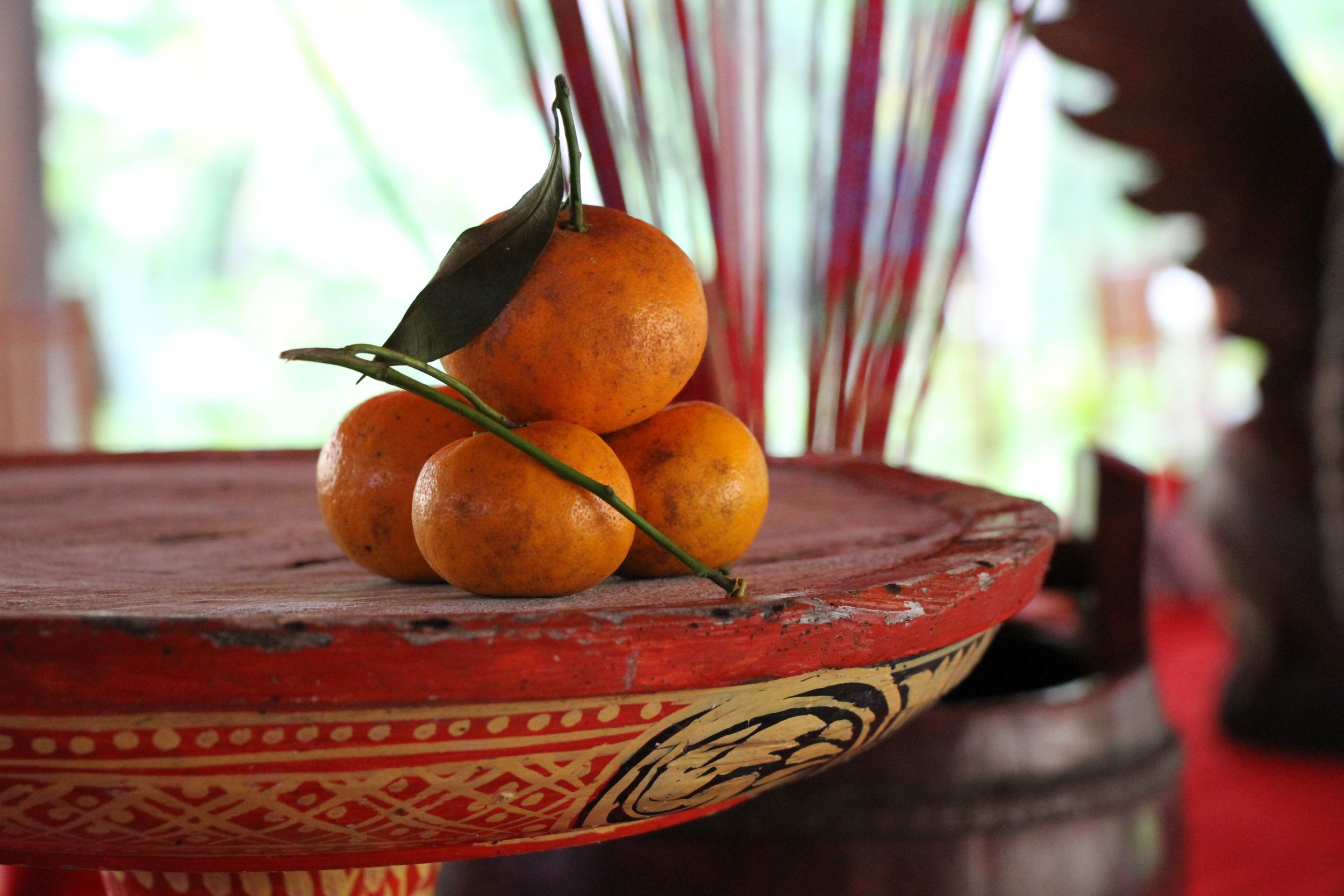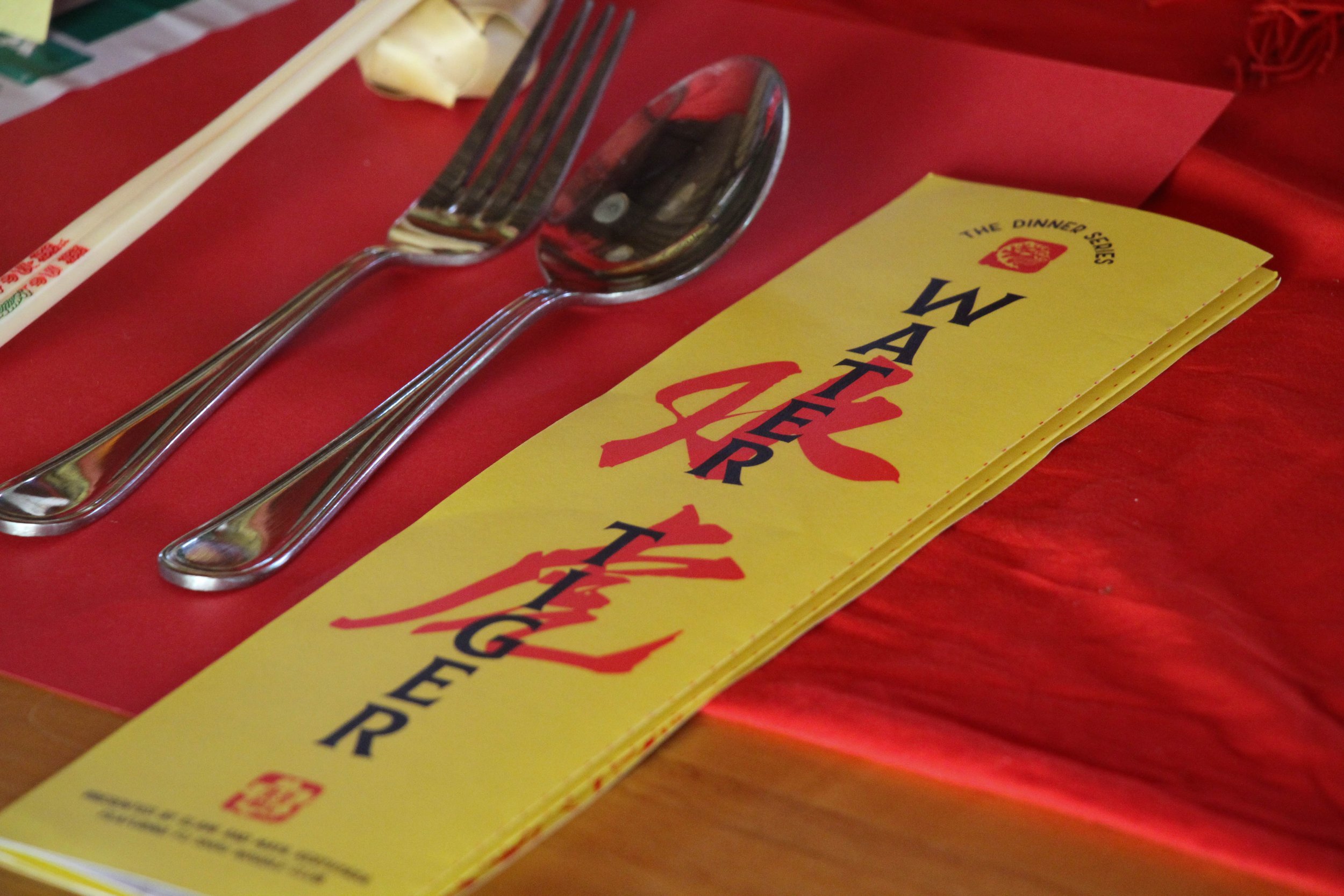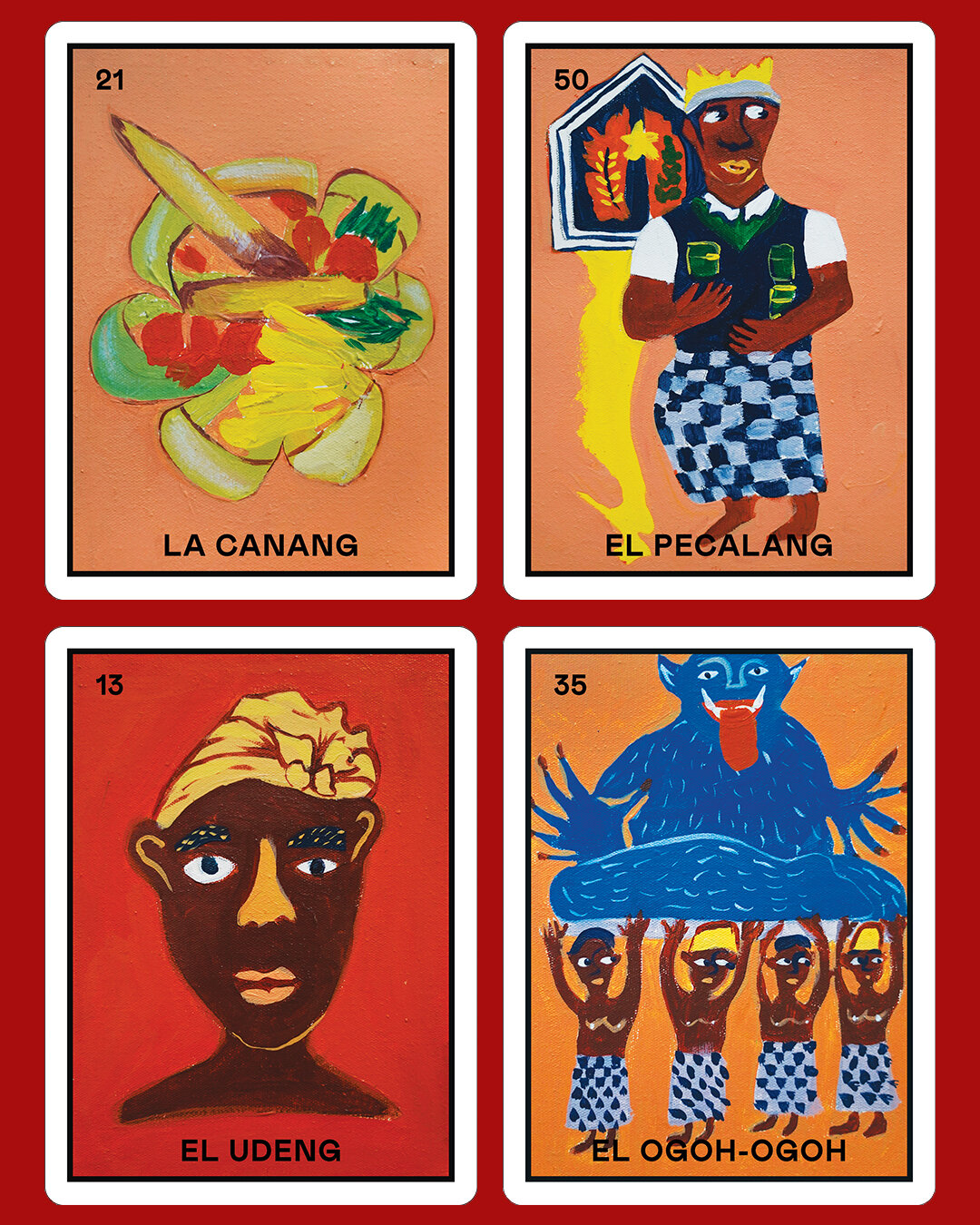What are you up to?
Working on some ongoing projects with the For Good team. Also, other projects from my clients based in Australia. I really like Railway Adventures, the company. They have train tours within Australia, Vietnam, and Kalimantan. Yes, I didn’t know either that we have passenger trains in Kalimantan. Recently, they are back to business after they postponed their program because of the pandemic.
What’s your job?
Graphic Designer.
Can you tell us more?
I make visual concepts and layout with design software… I design websites too.
How do you explain your job to people who don’t understand?
My neighbors always link the word designer to home design. So most of the time I point out the closest banners, posters, or flyers I can find at that time. But I think graphic designers solve problems through visuals.
Tell us about For Good.
For Good Impact is a communication team we build for brands that promote good causes. Back in 2016, I moved back to Indonesia because my working permit in Singapore was not continued, but the creative agency company still employed me. So I went back to my home in Jakarta. But since I did my work remotely and flew to Singapore occasionally, I decided to move to Bali. Bali has always been in my mind for a long time.
I contacted Irma, my friend, who just resigned as a Communications Manager at Green School. We then looked for a house to move in together. In the process, we found a house owner who owned a business in Singapore. We talked a while. They sold organic products and were looking for a marketing team. We were interested and thought why don’t we give it a shot as a brand team. So that’s how we started. As time went by, we focused on more local movements and products, NGOs, and environmentally conscious projects, every organization is responsible towards people and nature.
Our first clients were TRI - an upcycled fabric product, U Healing - a healthy fasting program, and NALU - a social enterprise that donates uniforms for students in India with every product purchase. Even though I am still taking projects from corporations, working for brands concerned about sustainability has always been what I want. For Good Impact now has Sani. I’m so glad we have her since she is really good. She makes sure we follow the timelines, meet the deadlines, but are not overwhelmed with the projects. Other team members are outsourced depending on the projects.
Who are your clients currently?
We have been occupied with a USAID project. They are creating guidelines for tourism books in Indonesia. They contain information on the protected areas, how to do sustainable tourism, with many colorful illustrations of animals and maps. We outsourced to our friends too, Flora Marcella who did the animal illustrations, and Reevo Saulus did the map illustrations.
Right before USAID, we worked with Terra Water, a social enterprise business. It is a brand of water filter. Actually, Indonesians used to do this traditionally. We have kendi (pouring vessels made from terracotta) to store water. So Terra Water developed the technology to use terracotta as a water filter. They are produced in Indonesia. They plan to cross-subsidize by providing filters at low prices to poor families.
What do your weekdays look like?
Hmmmmm I.m not really a person with a regular timeline. I do make a list though. With For Good, we have weekly meetings on Mondays. So I just set what I need to do in that week around the workload. Mostly I do the work close to the deadline... I am so easily distracted. I think most of the time I work will be like 1 hour to do A, 1 hour to do B, and probably go back to A in the following hour. The list helps me. I love making lists by writing them on paper. It’s satisfying when I mark the list done.
Zola Bola, my dog, always reminds me to rest by lying down near my desk. When I see Zola sleeping soundly, that will be when I go to bed.
What made you want to be a designer?
Woah, long story. I used to live in Canada. My family applied for permanent residency after the May 1998 riot in Jakarta. My sibling was studying there and my dad’s sister lived there too. In Canada, they don’t have majors for high school. But we can choose which class we want to focus on. I took the general class with a mix of art classes where I learned about printmaking and publishing. I enjoyed them a lot. I used to like to draw as well (now don’t ask me). I used to think about being an animator as well since I love cartoons and manga. Where I lived, we had an Indonesian children’s association. They asked me to make a poster for a club event. That was my first design.
When I was probably 19 or 20 years old, I made a little flyer with Photoshop. So I thought, oh maybe I should go to art school. I applied and was rejected. Twice. Apparently, they wanted written descriptions of the drawing concepts which I was too lazy to make since I’m not good with that. I just submitted my drawing portfolio and that’s all. So, I shifted to my animation dream. I took a programming class. For a year I learned C++ and other coding stuff that I didn’t like. So I quit. I changed to a design major. But, I often skipped classes. We lived in the suburbs, 1 hour away from my college in Surrey. It was the longest trip for me since Vancouver generally is gloomy. Let alone when we’re in winter. I needed to take the Skytrain and bus. Urgh, mager (males gerak = lazy to move). I know that Vancouver is not gloomy as London.
Then my parents sent me away to Jakarta, to La Salle College. From that time, I took school seriously. No play no more. I had a diploma as a design major. But my parents want me to have a bachelor's degree. Typical Asian parents. So I went to Raffles Design Institute in Singapore, finished my degree, and started to work and live there. I guess, design found me.
How would you describe your style?
I don’t know how to describe it. I see my design like a chameleon. They adjust to what the projects need. Why do I have this question? I can’t even describe myself. But maybe I’m a minimalist. Simple lines, simple shapes.
Where can we see your work?
That’s the thing, I don’t make websites for myself. So people who hire me are those who were recommended by my previous clients. I am interested in brand values. Once they stand out and are clear, I love to translate them to shapes, textures, colors…
Are you doing a ‘self-project’ currently?
I started to be serious about making organic compost even pre-pandemic. This big box near the kitchen is filled with worms in soil covered with coco peat. All the vegetable waste goes to this box. While others go to my living compost, Zola,. Just kidding. If I have glass bottles, I collect them for Budi Boleng. Now I have a lot I think it’s time to send them. Budi Boleng makes upcycled bottles in his LOVELIFE Studio.
How do you see design and creative innovation during the pandemic? And its impact on yours?
I follow Covid Art Museum on Instagram. Their response to this situation is funny and smart. Often I think too much when I watch films- like hey don’t touch your friend’s face! Or no handshake! So I guess, I respond to this situation with a kind of nervousness. Also, there’s a little bit of pressure because my friends who work in creative fields are all doing projects in their self-isolation. While I’m not. However, in regards to the For Good Impact team, the pandemic itself didn’t affect much. A lot of companies and organizations use this time for rebranding or updating their websites. One of our clients, Photovoices by Lensa Masyarakat Nusantara, is making a website.
Overall, I think the pandemic itself is affecting us all. The first couple of weeks of self-quarantine, I experimented with food a lot. I did gardening or took care of my houseplants. But then there’s so much going on in the world and don’t we all consume news (or pretty much everything) online? So I guess that constant interaction we have now is stressing us. I get so tired. I’ve had moments where I found it difficult to work. And other times where I had so many ideas but again, tiredness wrapped me first. I even bought Nintendo Games out of boredom once. So I think again. I might say that self-isolation pushes me to pay more attention to my wellness. I deserve to spend time with myself not working and watching series instead, it’s okay to do fun things other than working.
I don’t think the pandemic reshaped design. The design will be the same. The difference will be in the strategy. Like, how to apply the design itself depends on the brand. I don’t think design is significantly changing because of the pandemic. Maybe there is a slight difference, but not merely because of COVID.
What would you like to see happen for Bali’s creatives in the next three or six months?
I am not following Bali design development actually. If you asked me about Balinese artists, I might share a few thoughts because I pay more attention to art. Since moving into Bali, I still find it difficult to find Graphic Designers in Bali who are compatible. Maybe because I still carry creative agency culture. In Jakarta, it is so easy to point out the person or team from where they work/ at which agency and style they represent. I don’t see graphic design stick out in Bali. I don’t know, I could be totally wrong. Sometimes I think probably in Jakarta there are a lot of design schools? Other than that, it’s hard for me too to work with graphic designers from Bali. After a couple of years living here, I have come to accept that I can’t compensate for the reference and quality barriers. It’s so hard to click. I believe there are young people out there who I don’t know yet who make good stuff. I do really hope that Bali can develop its design scene, especially in its education system. Actually, Rumah Sanur is a good hub for creative and design people. I like their local program and network. And I know good artists more than graphic designers. Oh and once more, female graphic designers. We need more of them and need to look at their work more.





